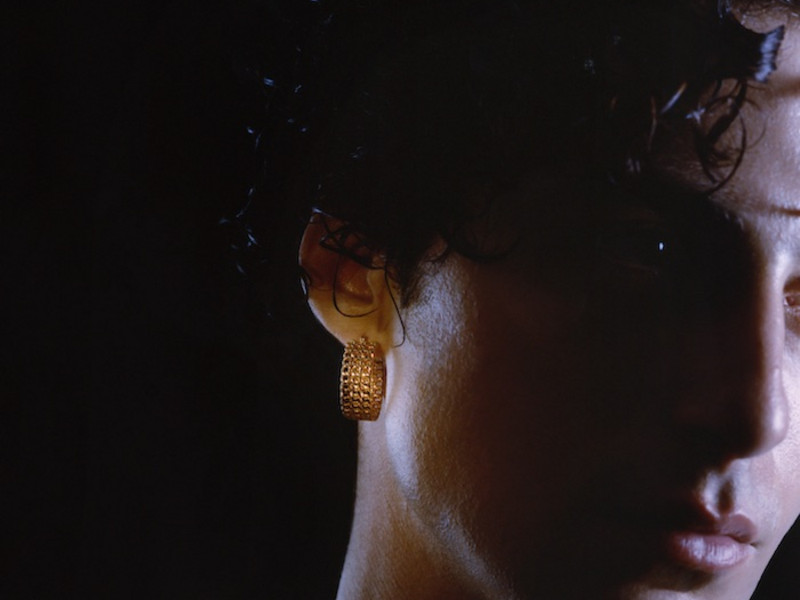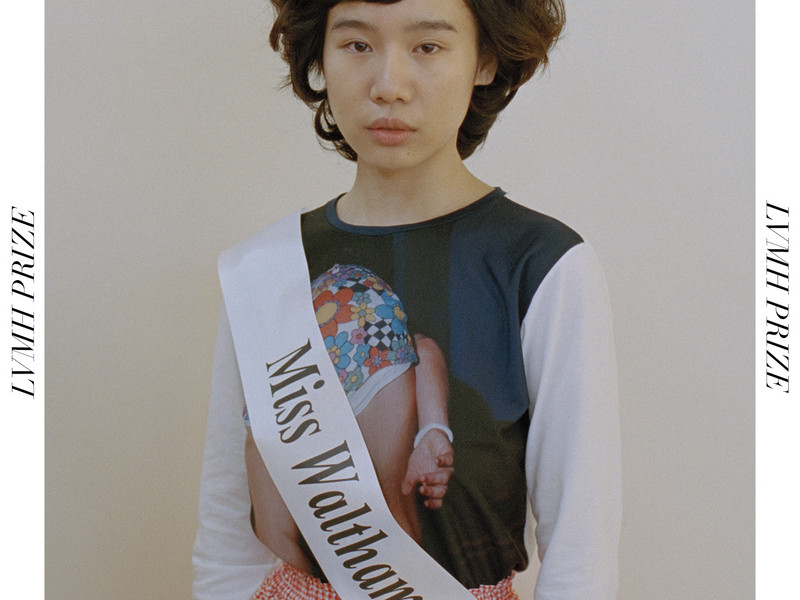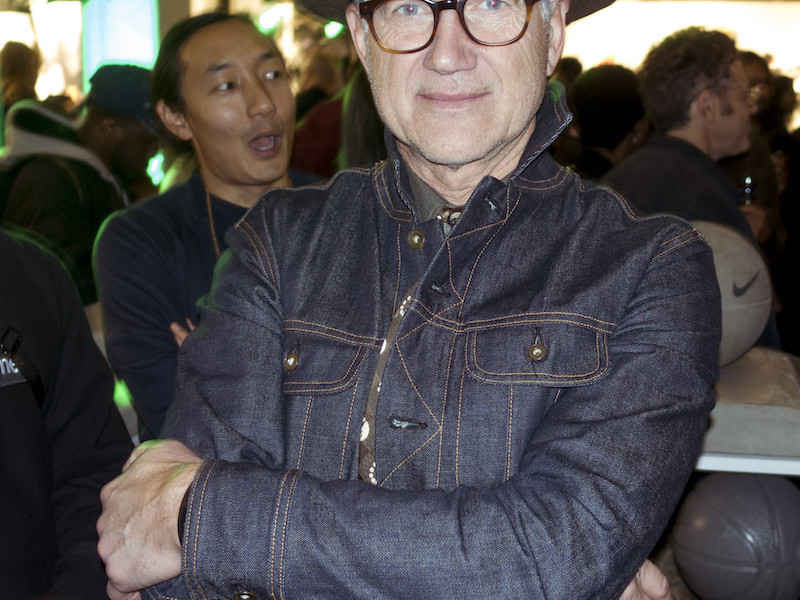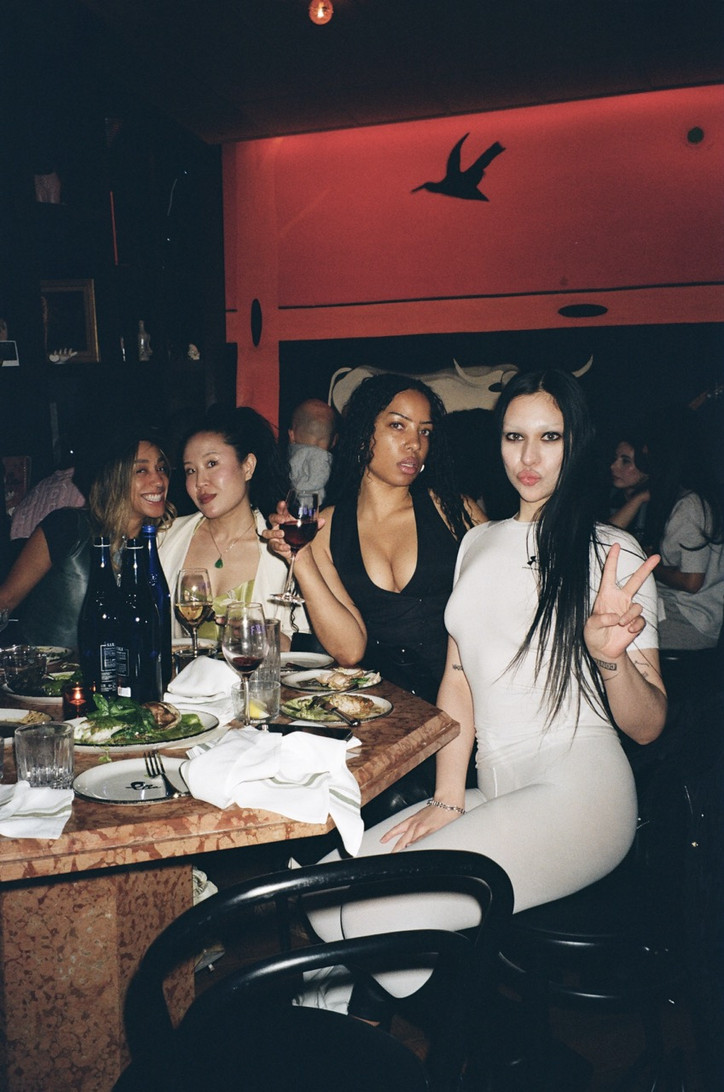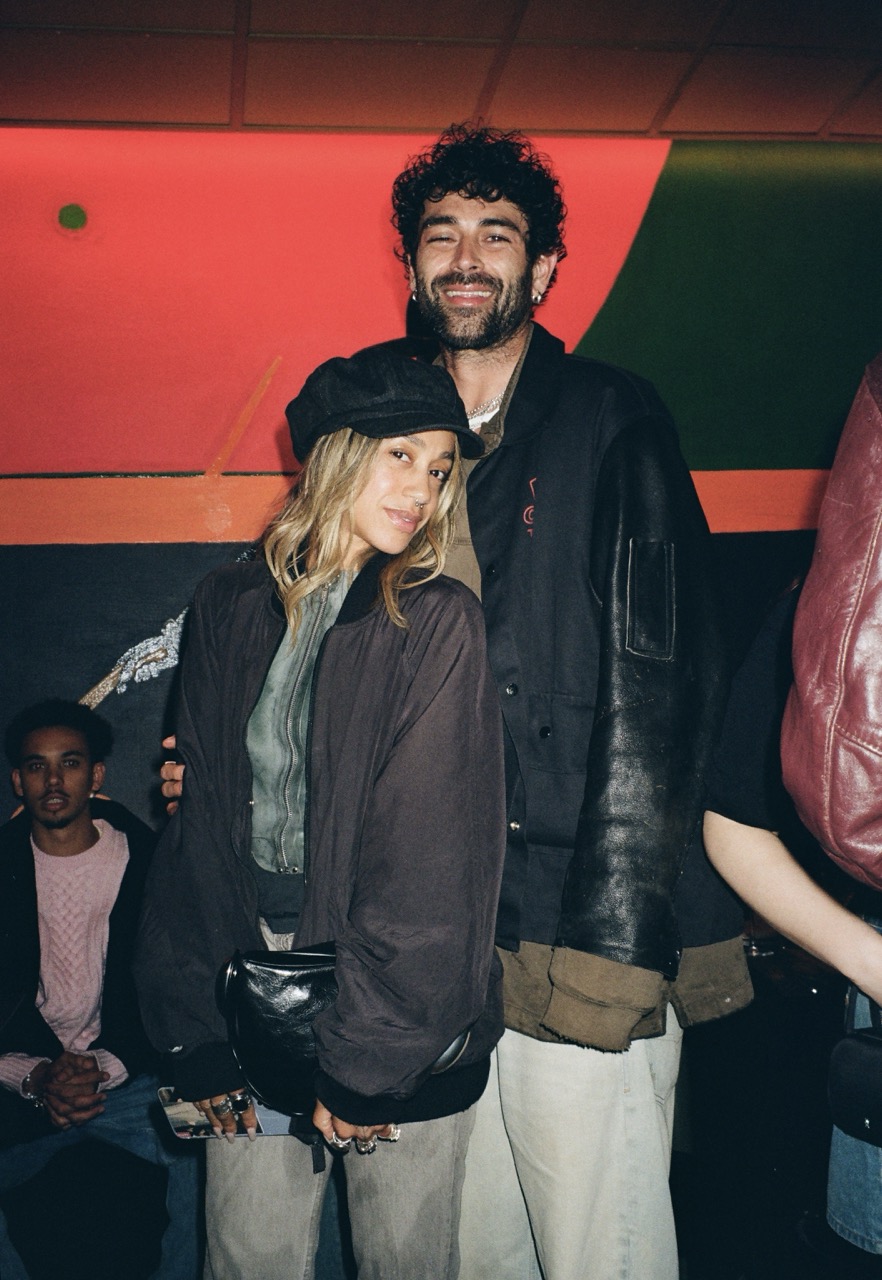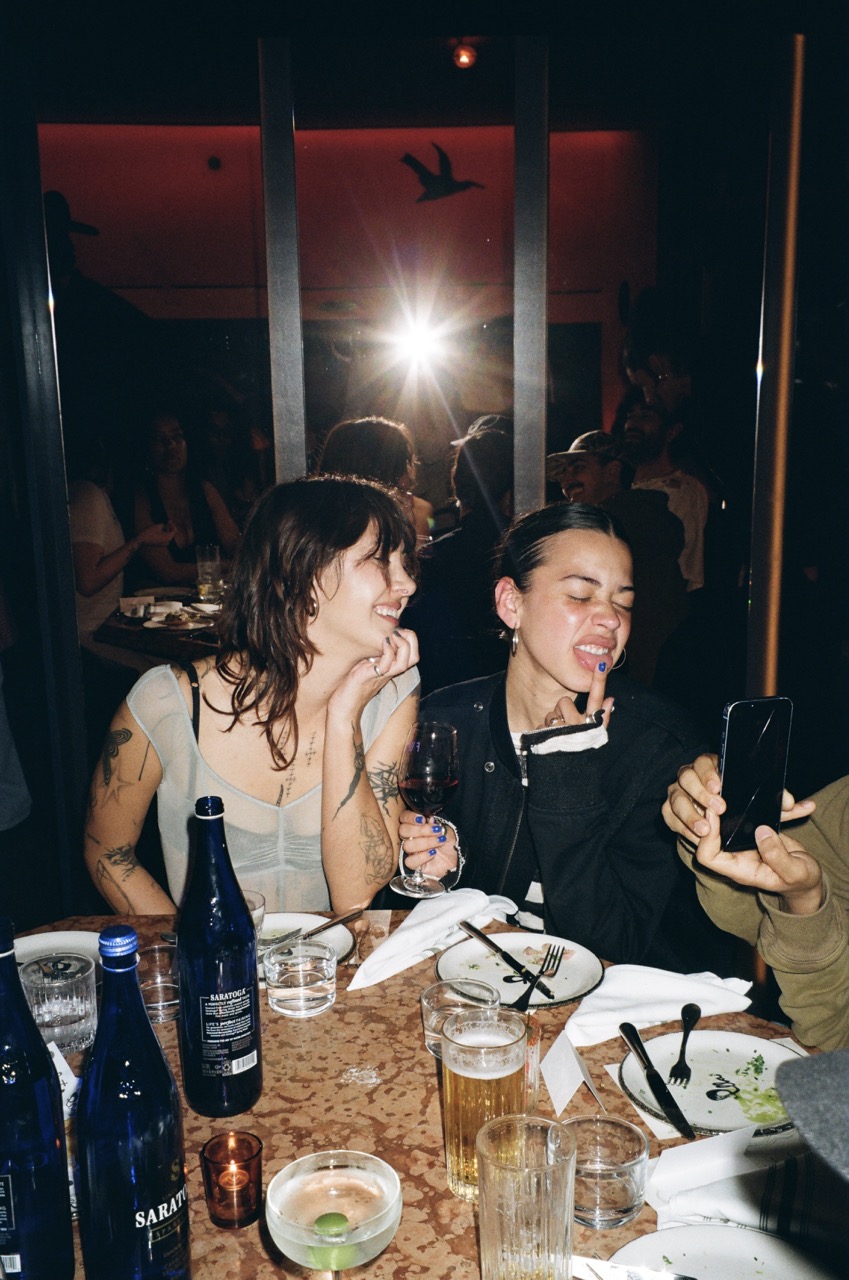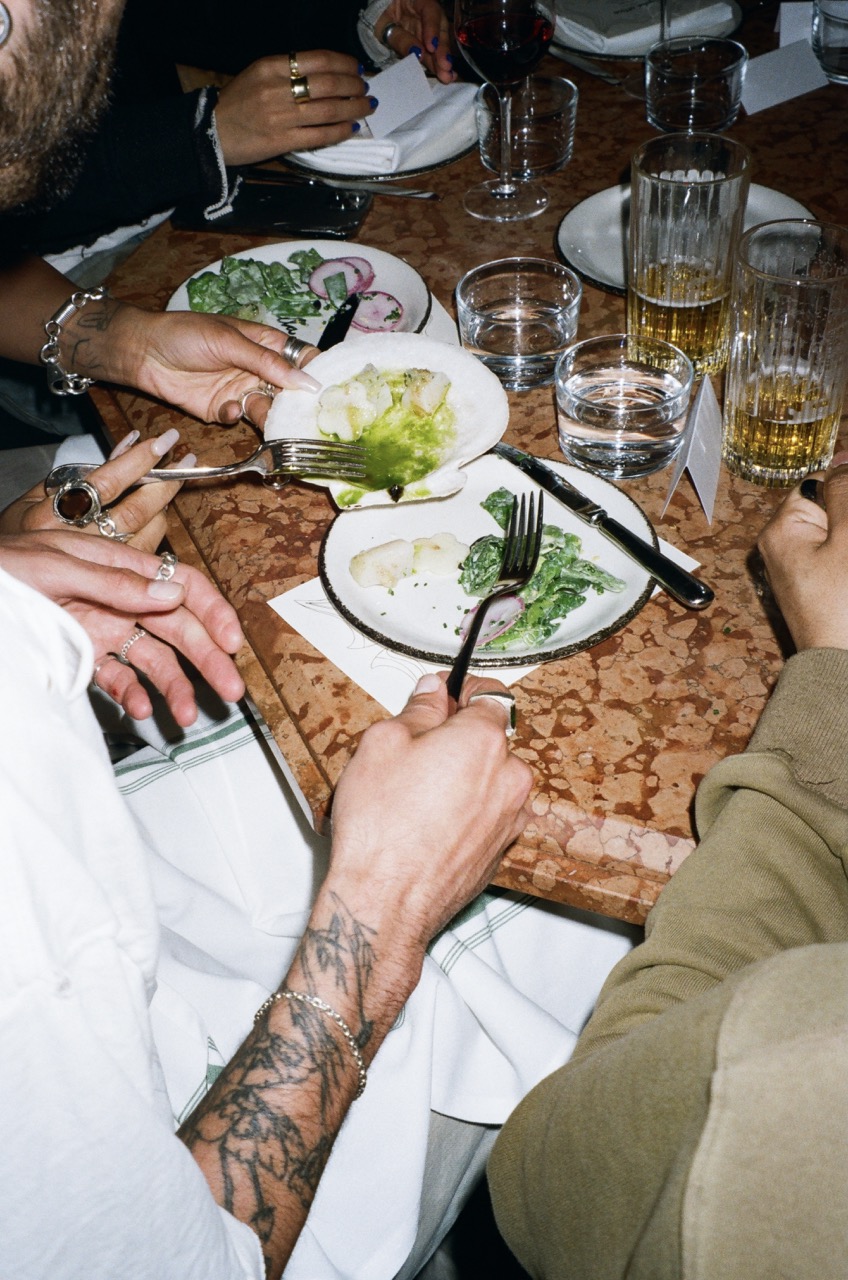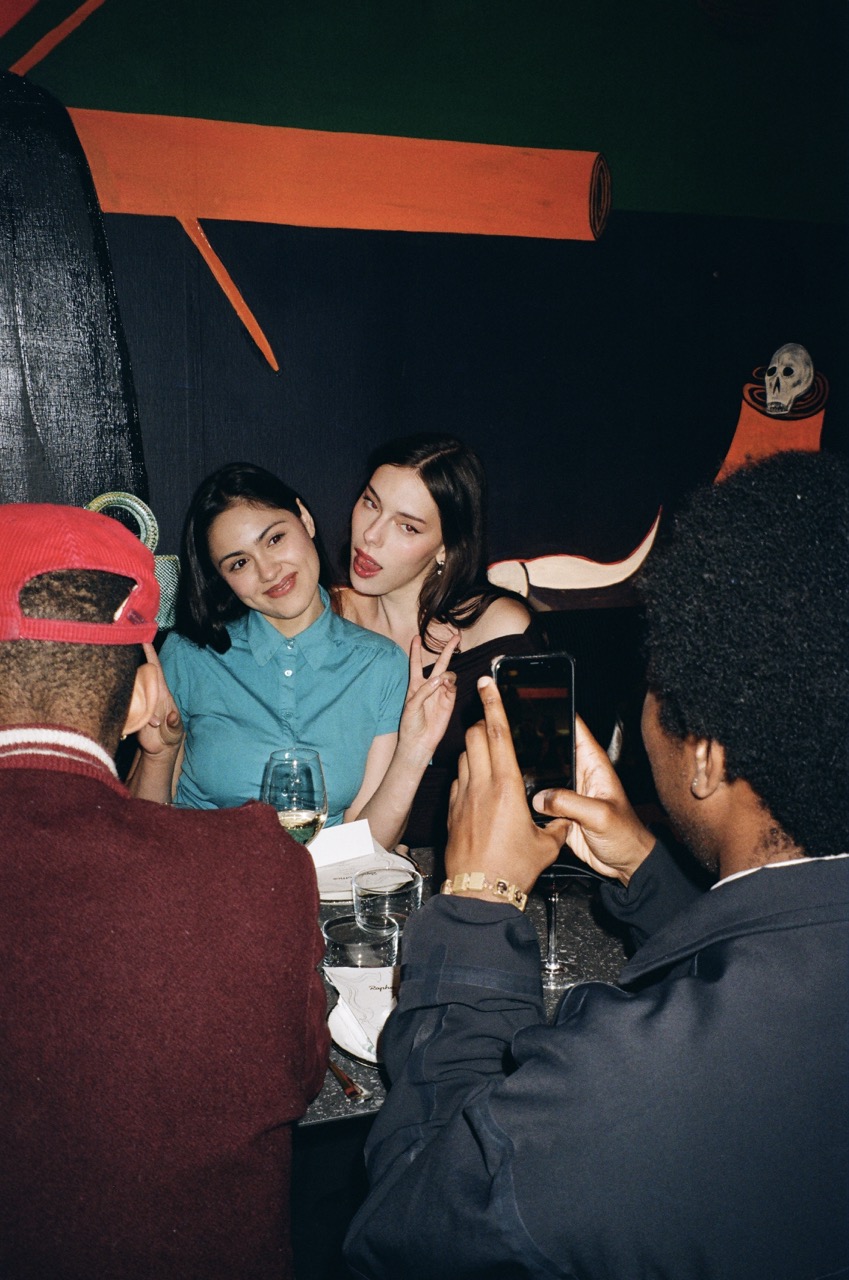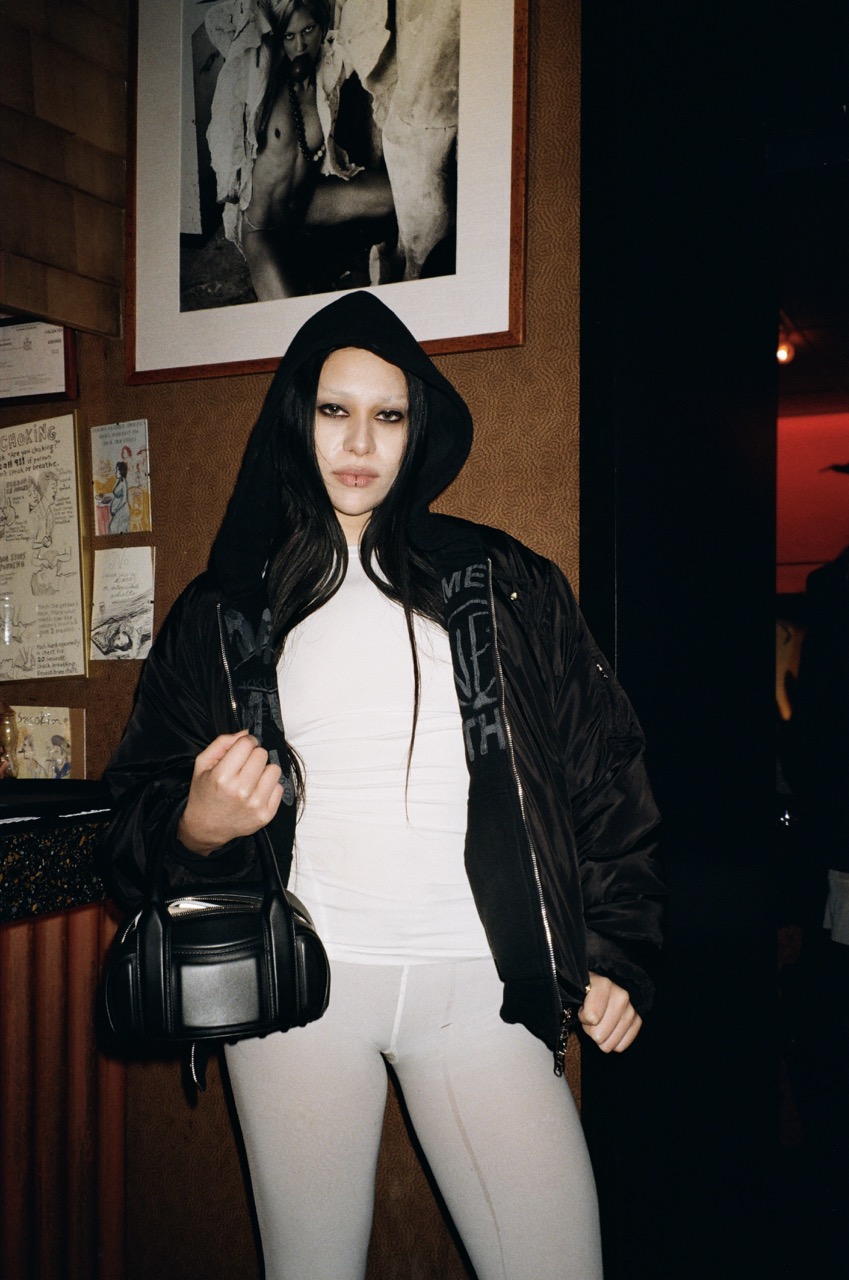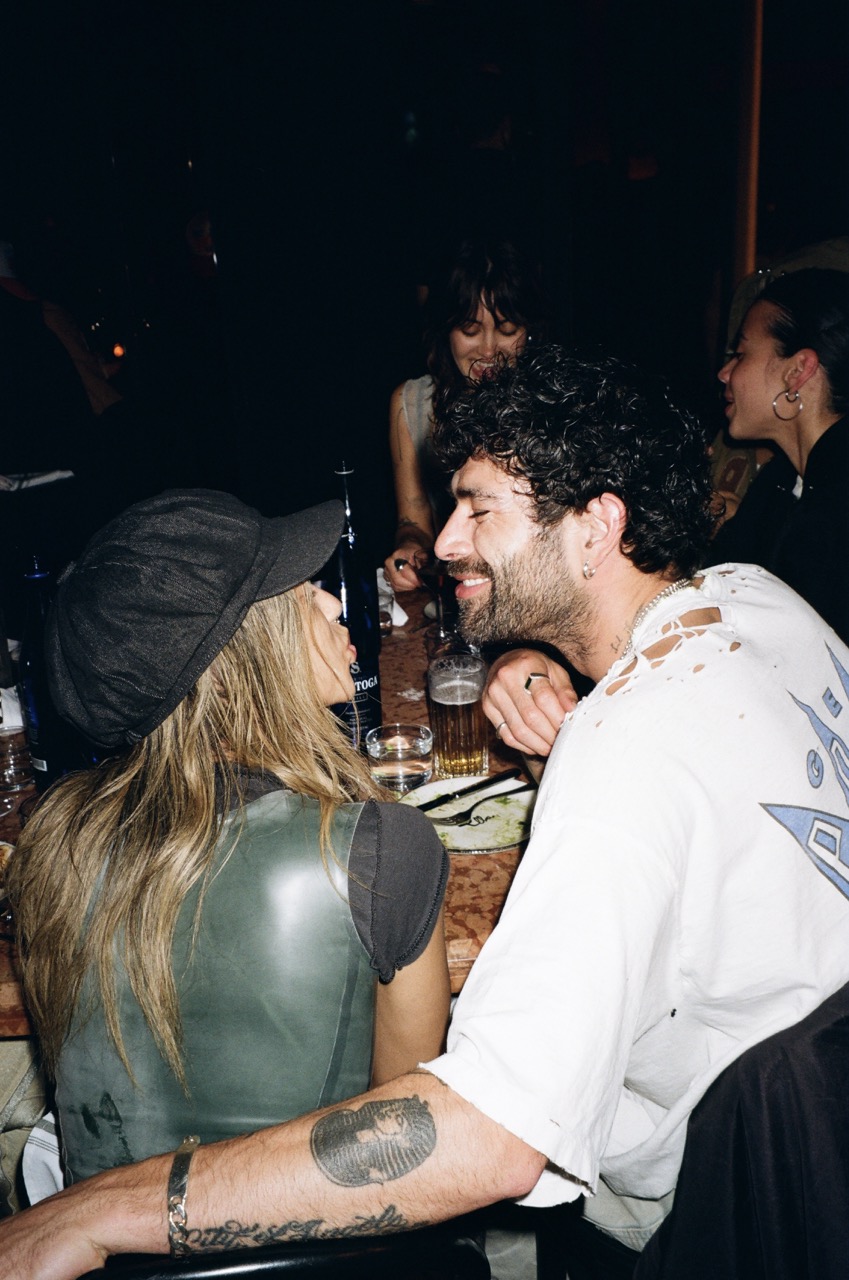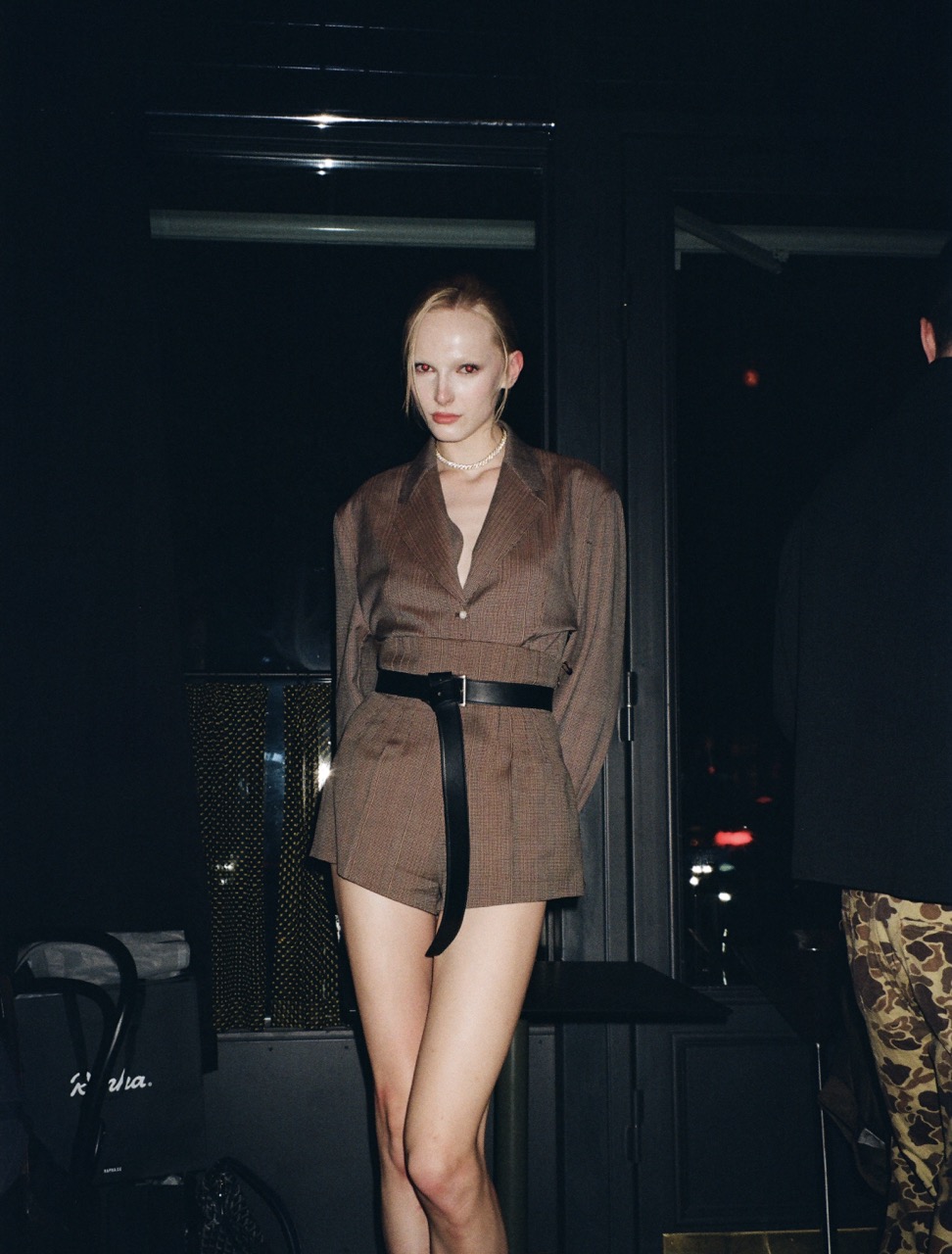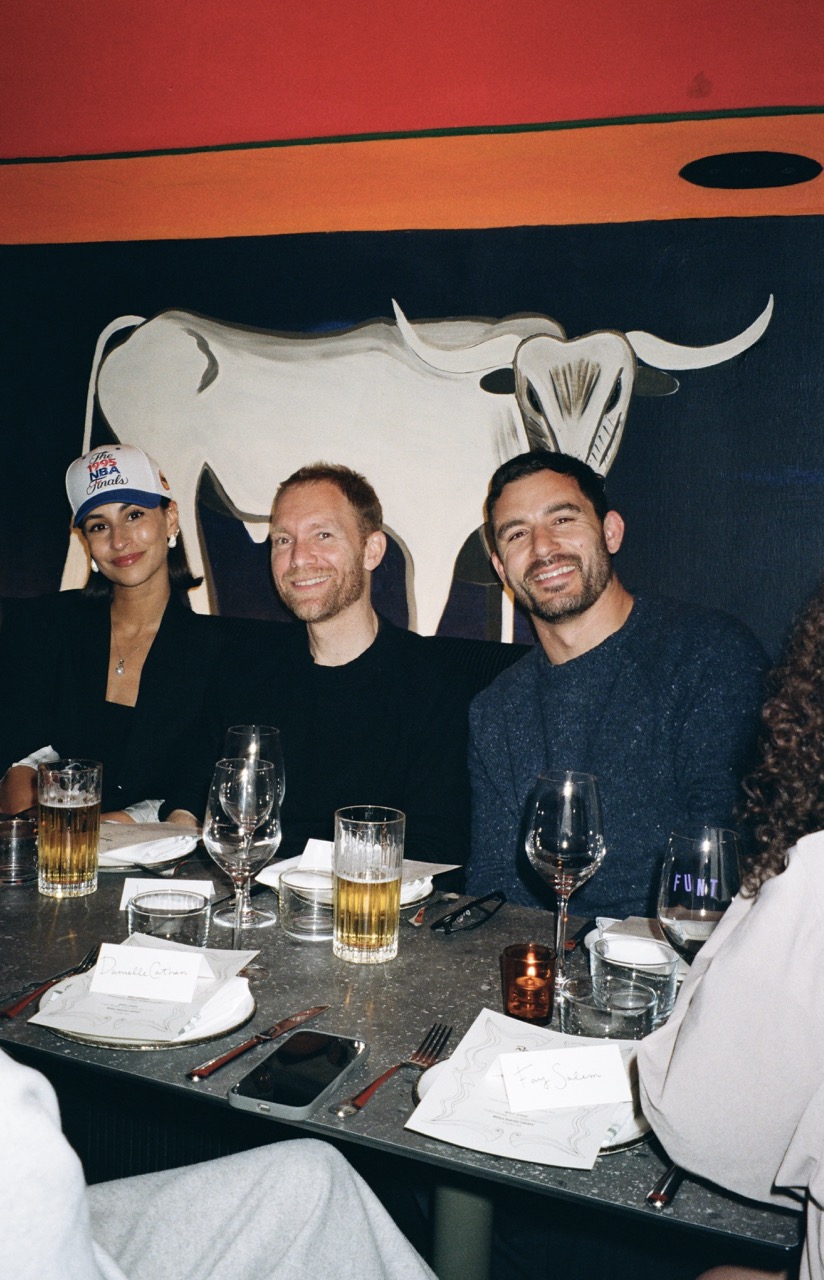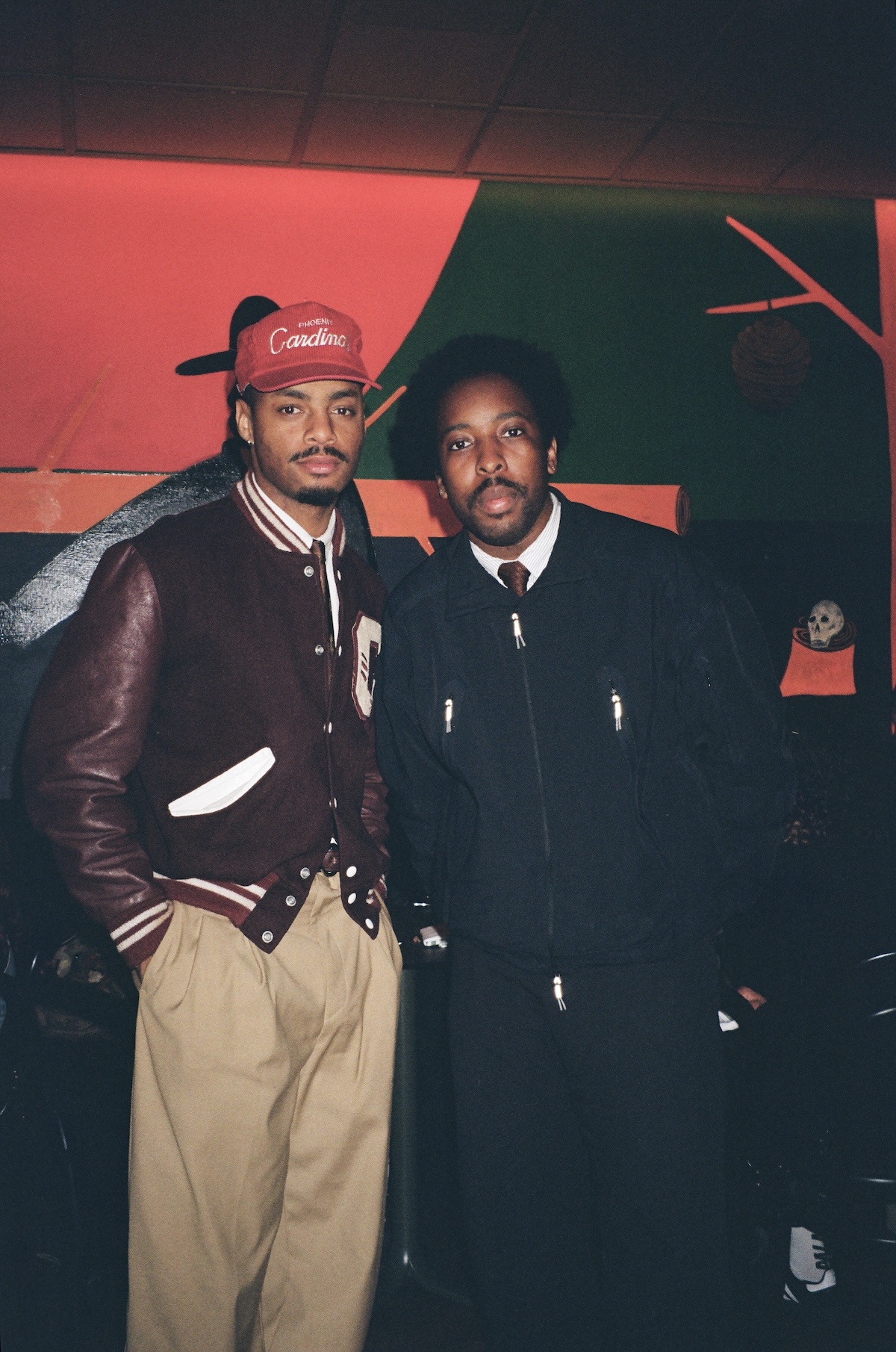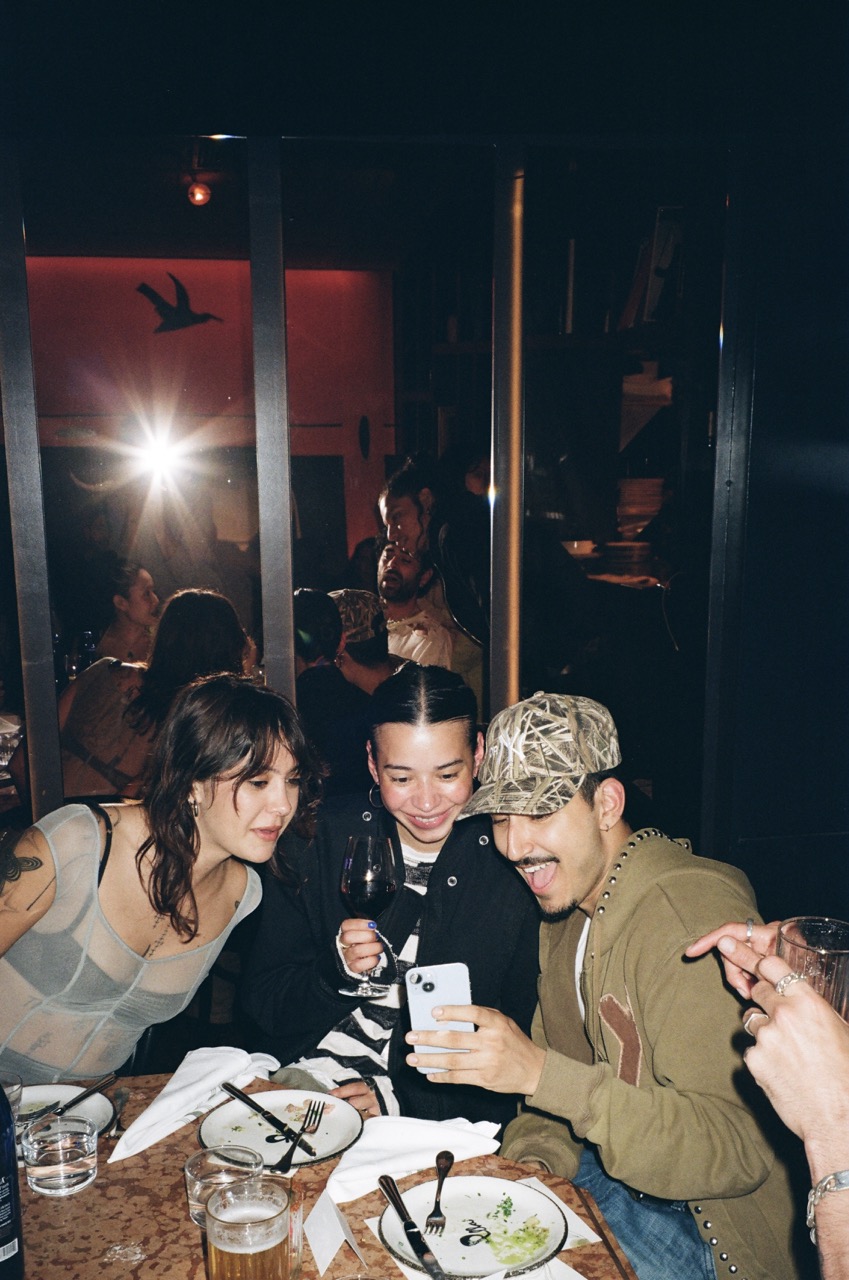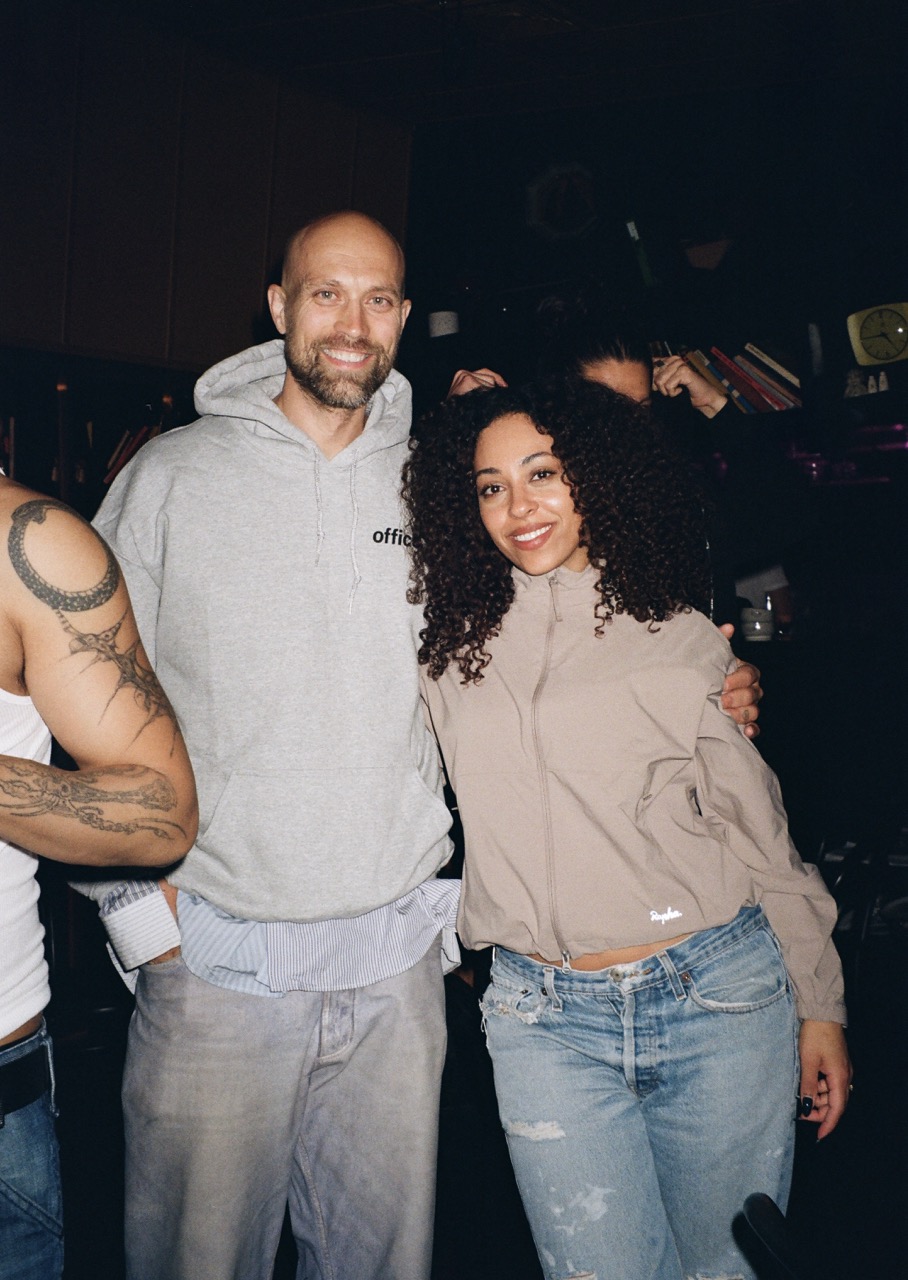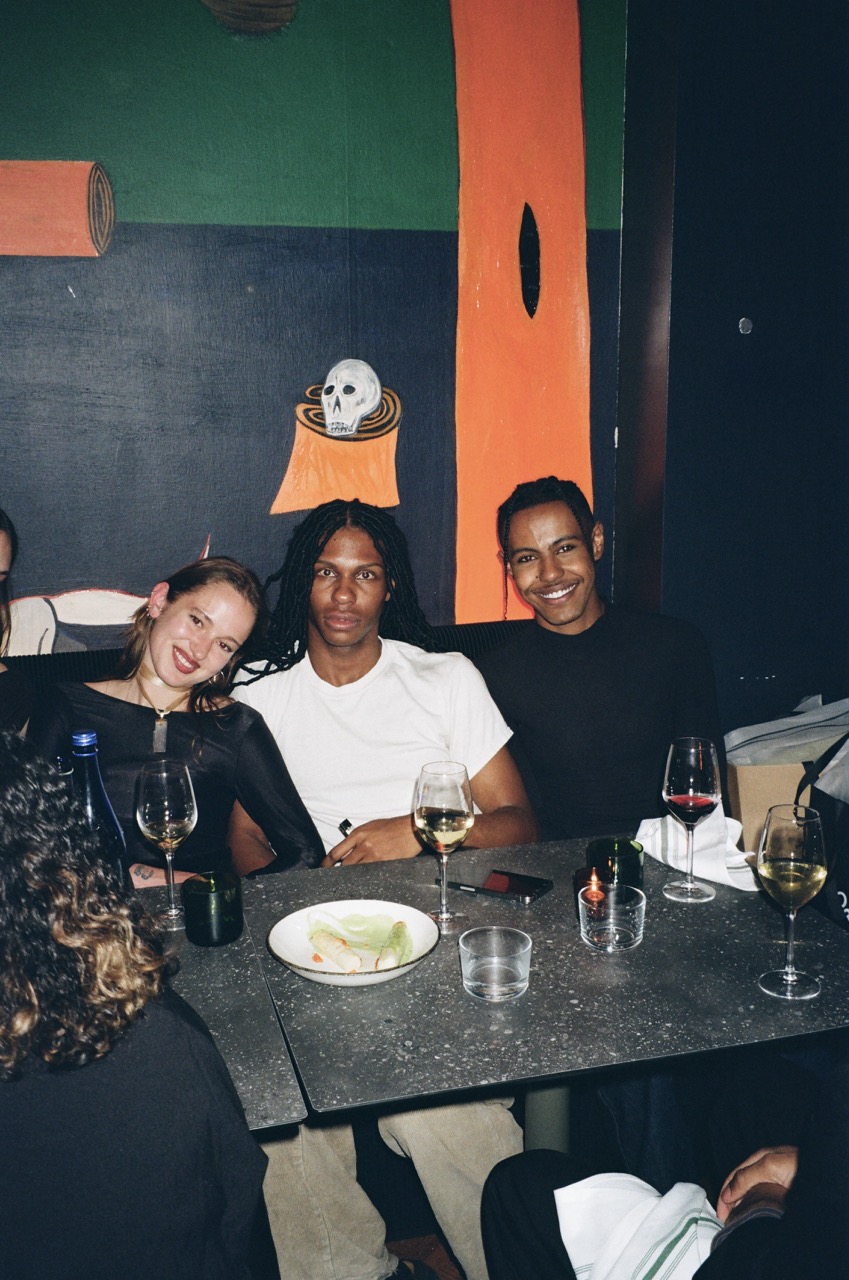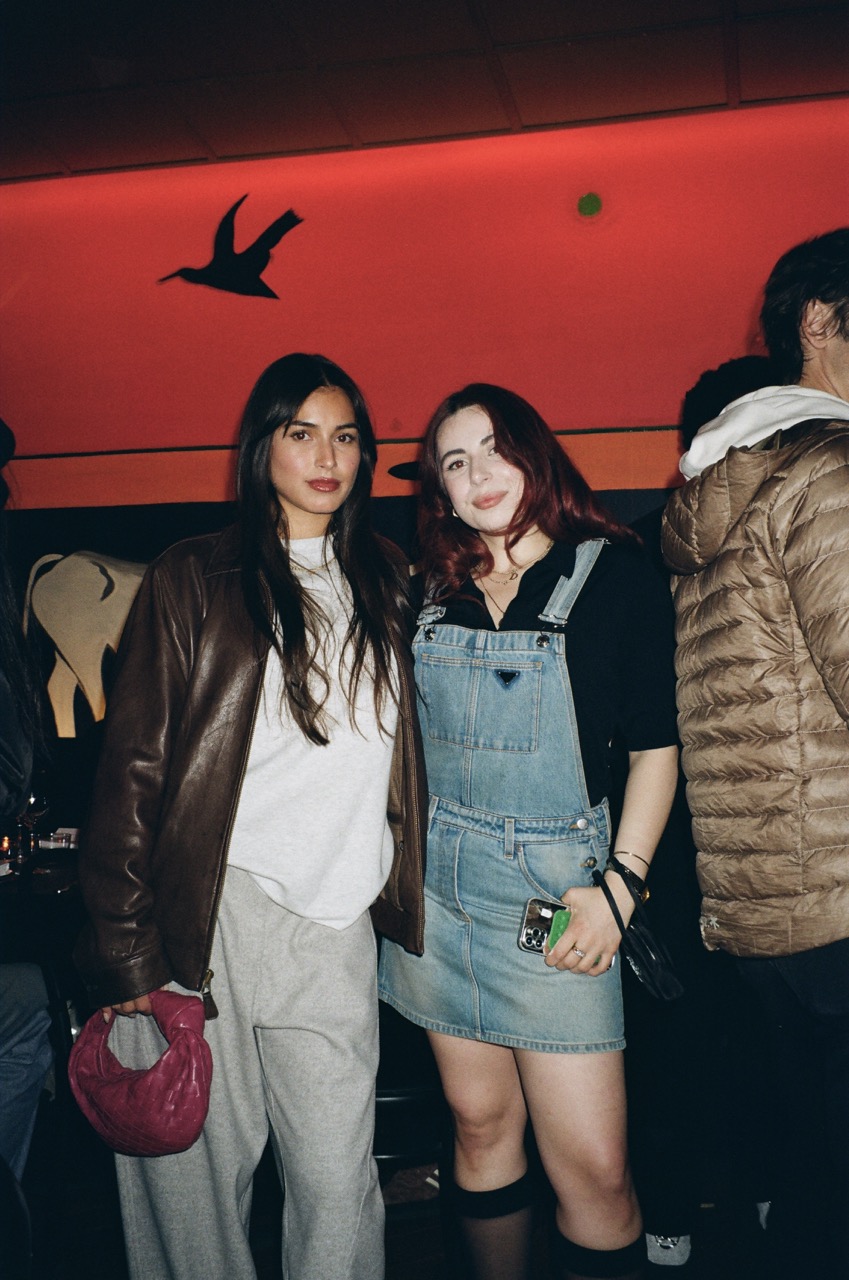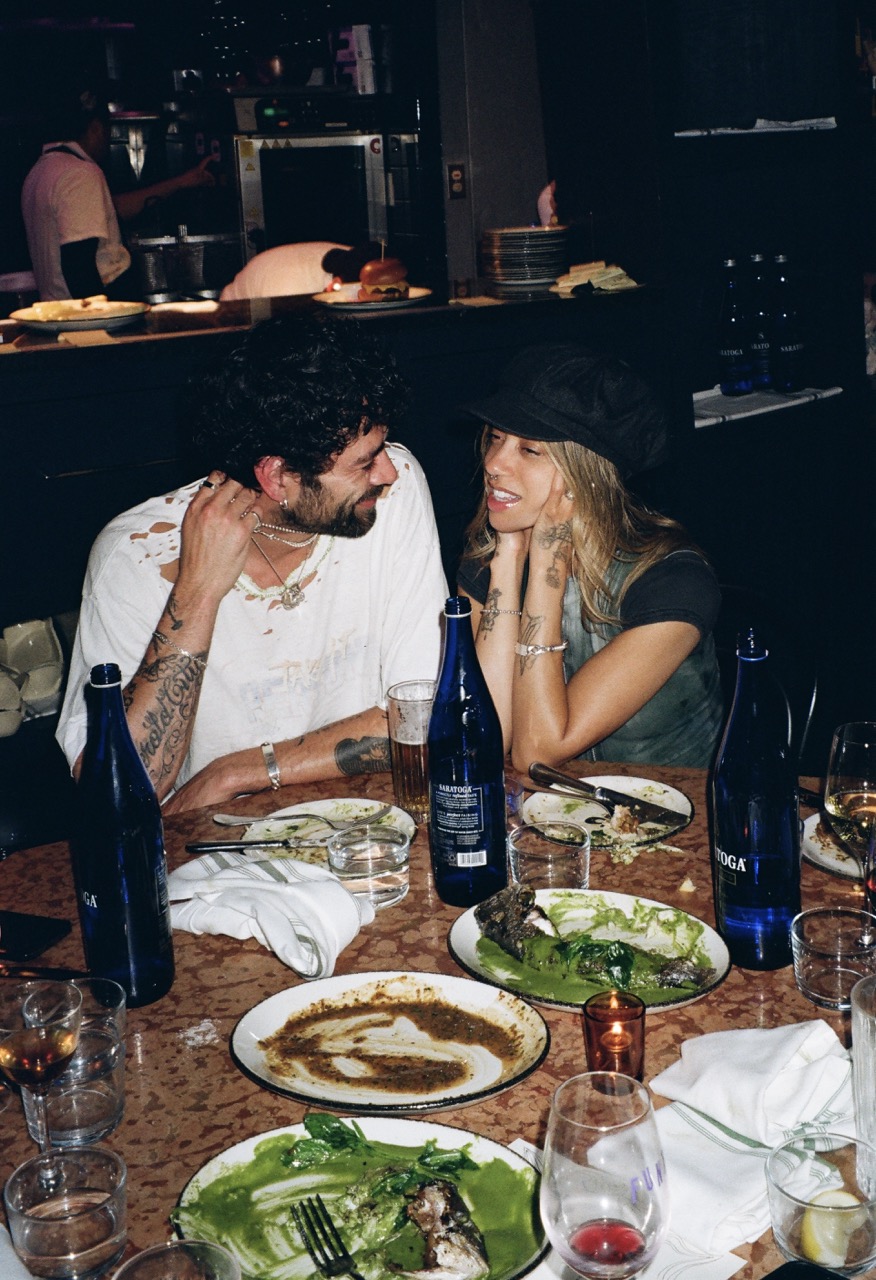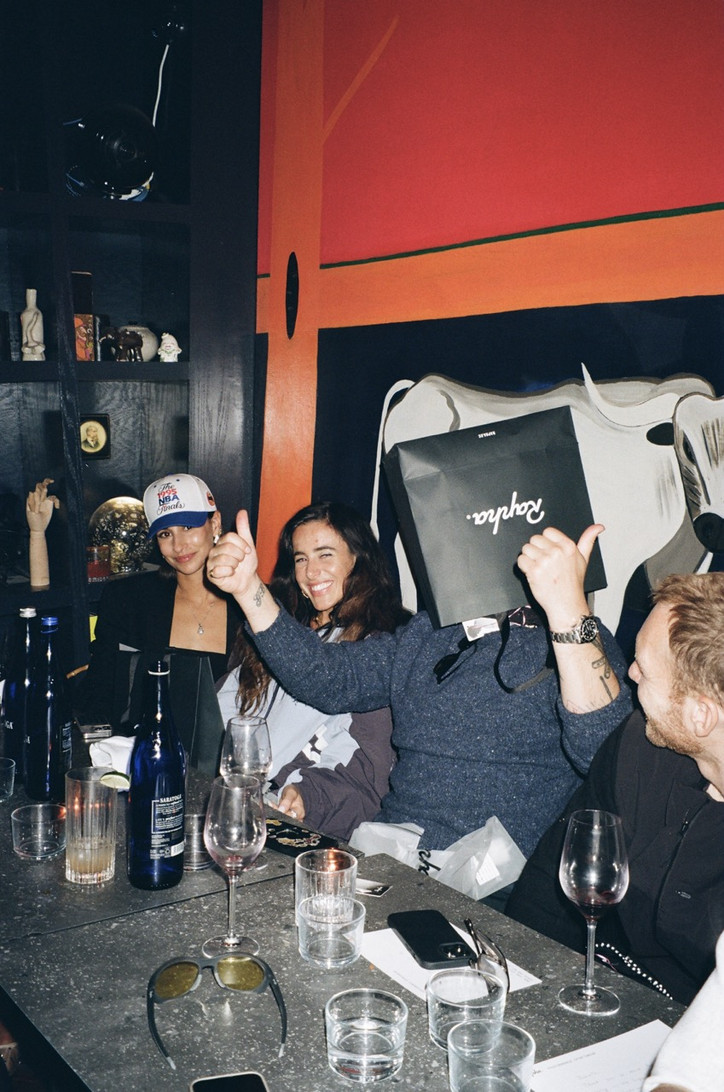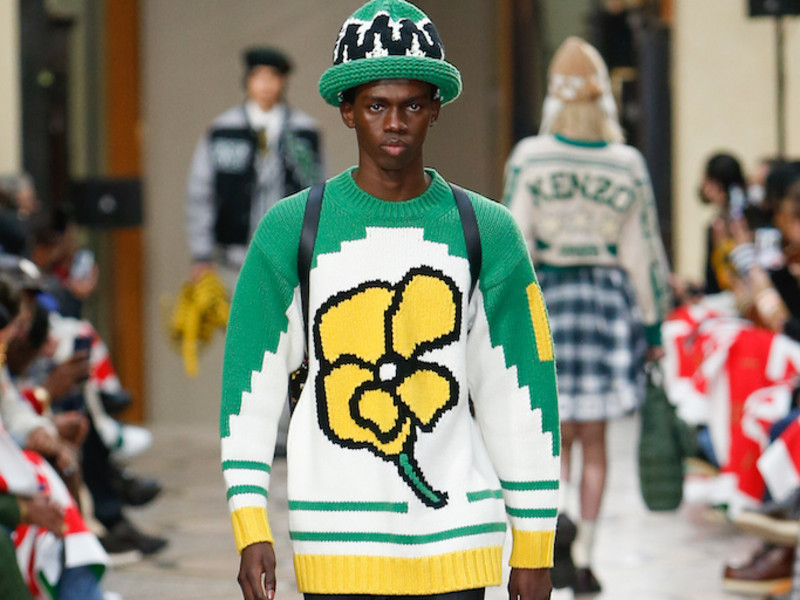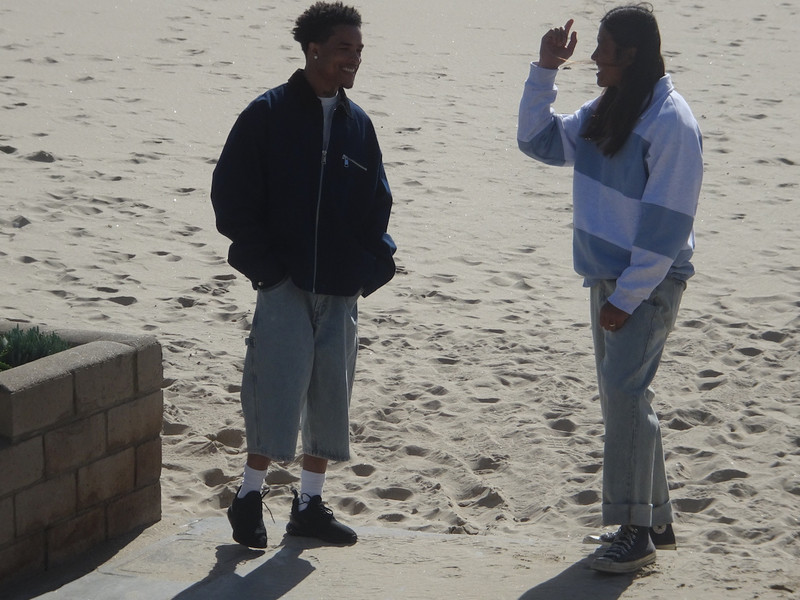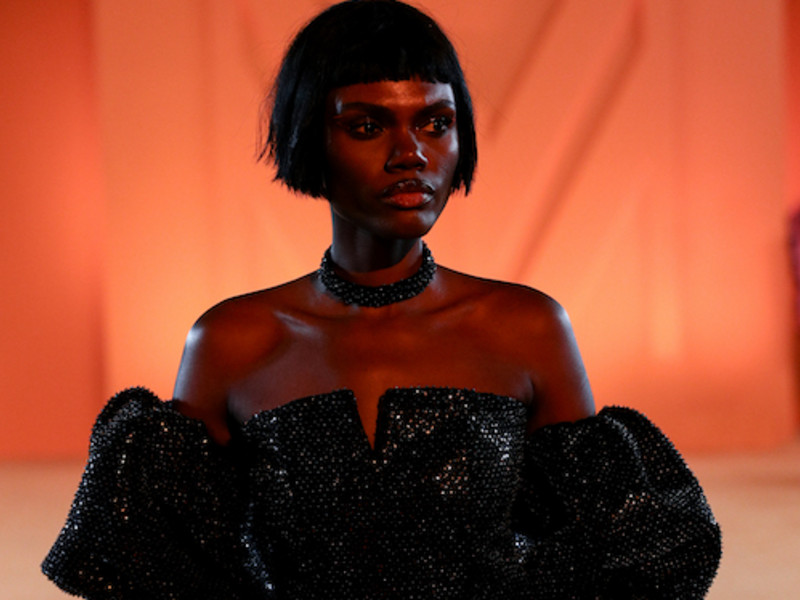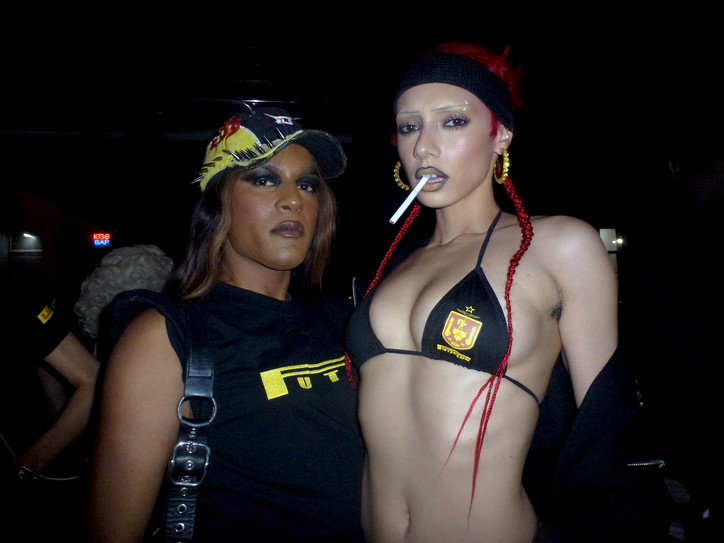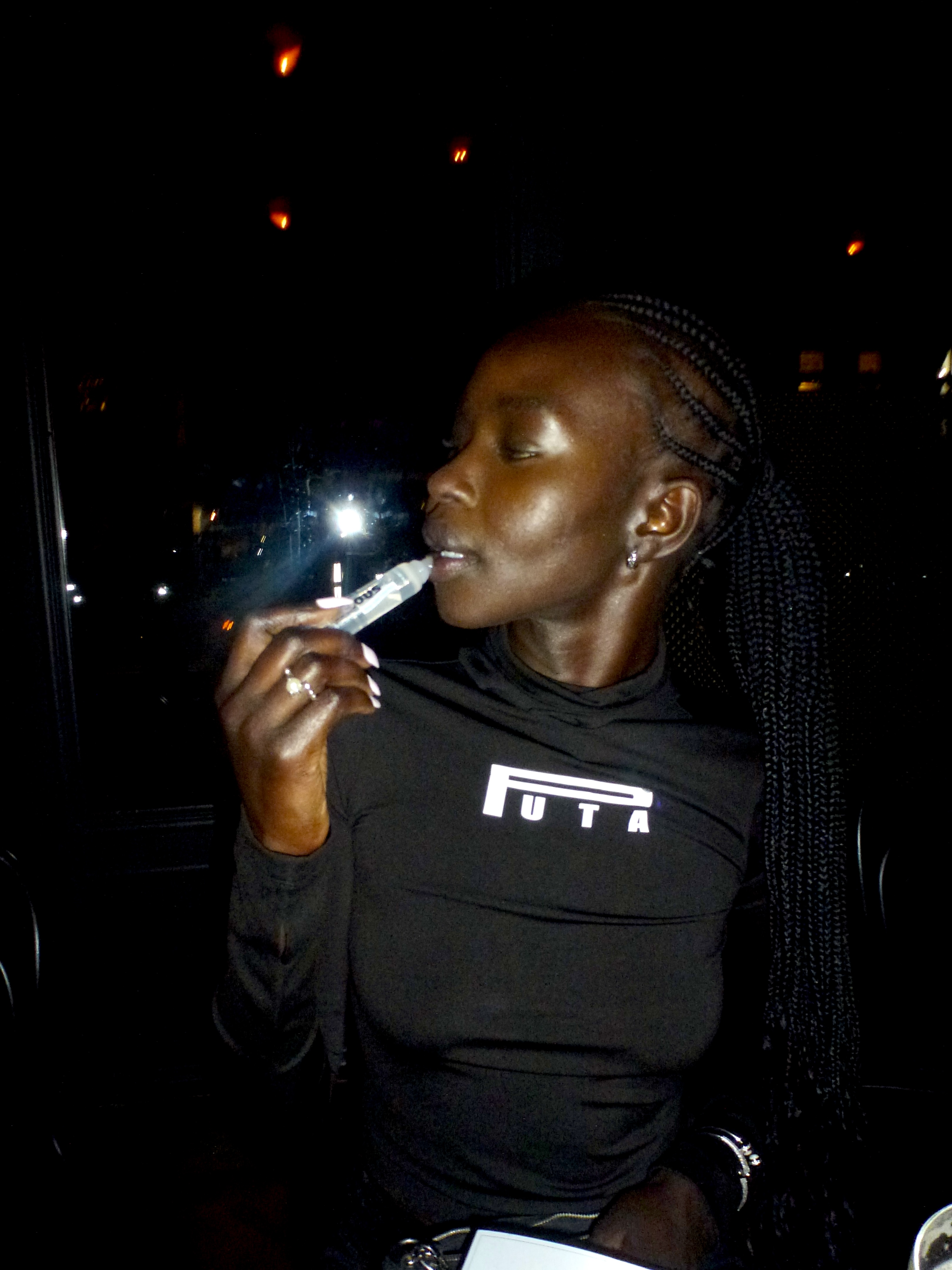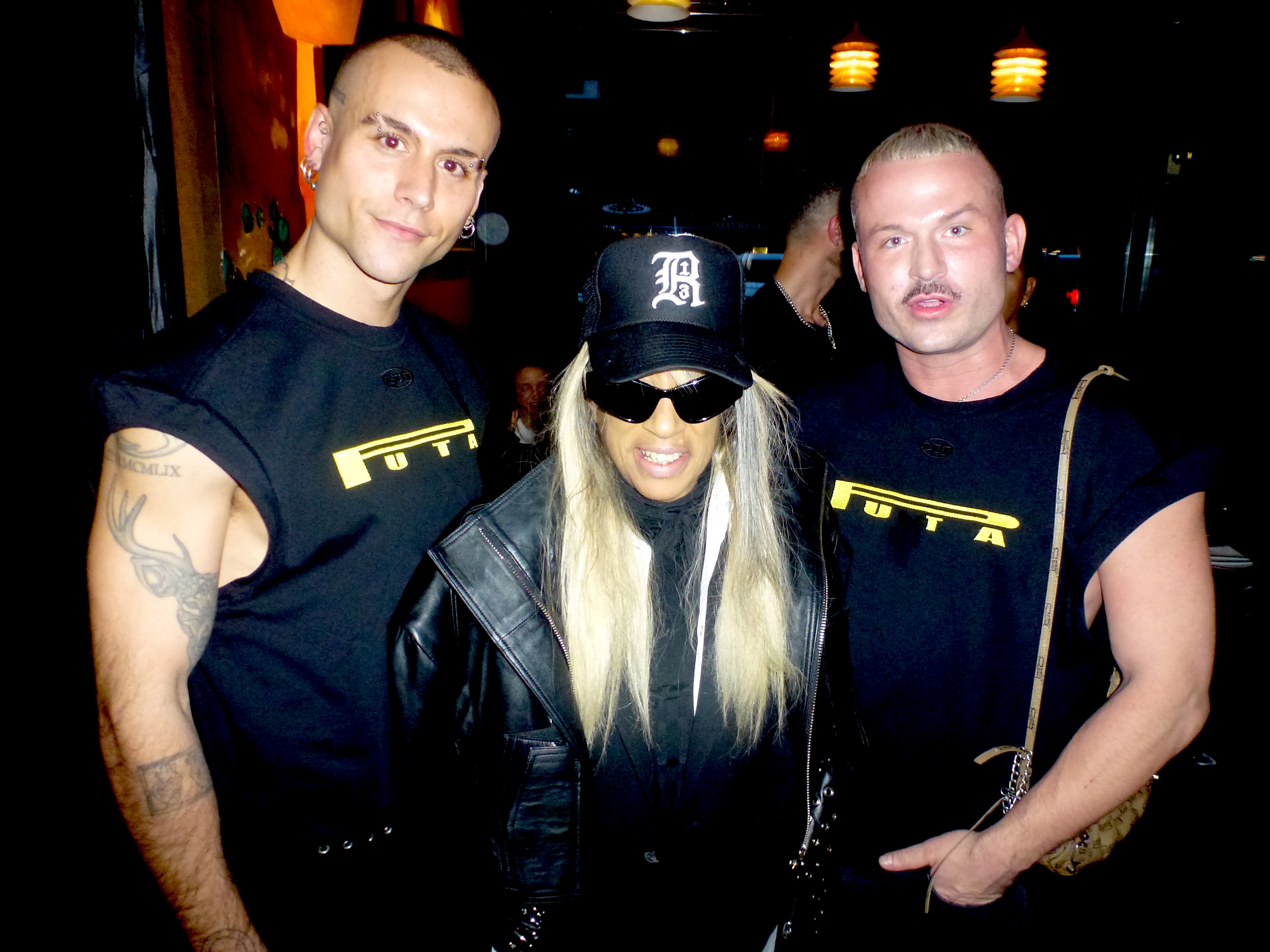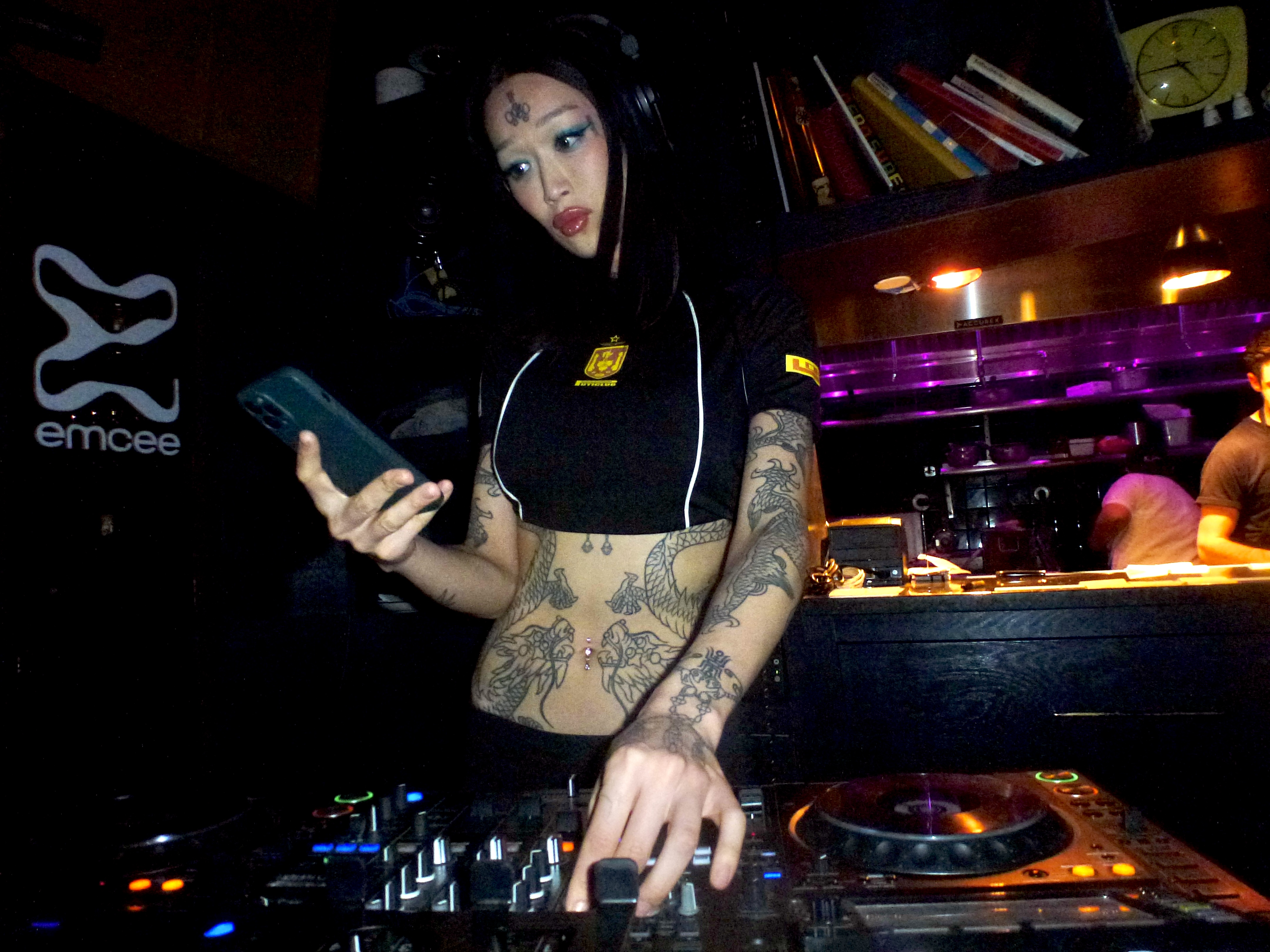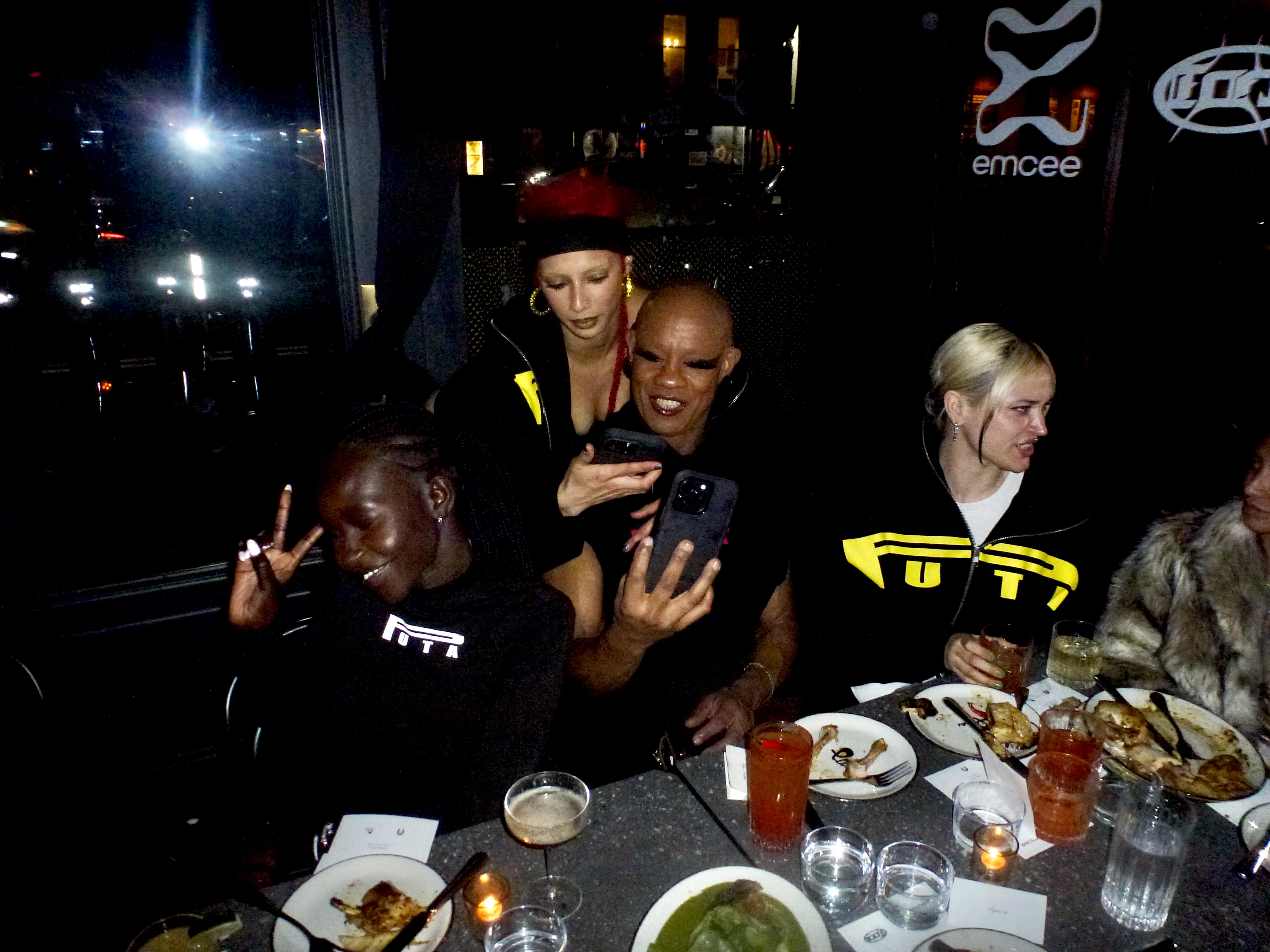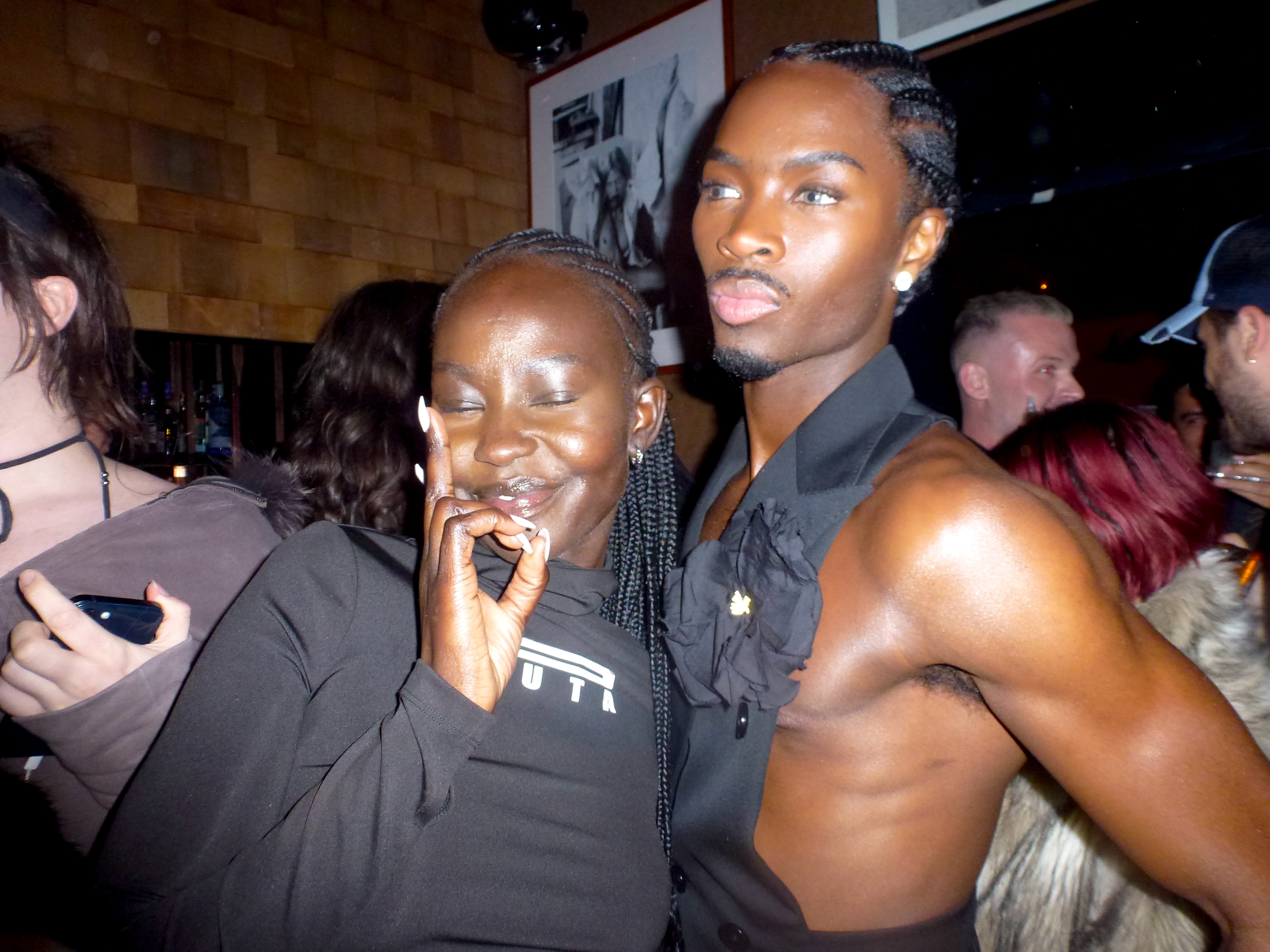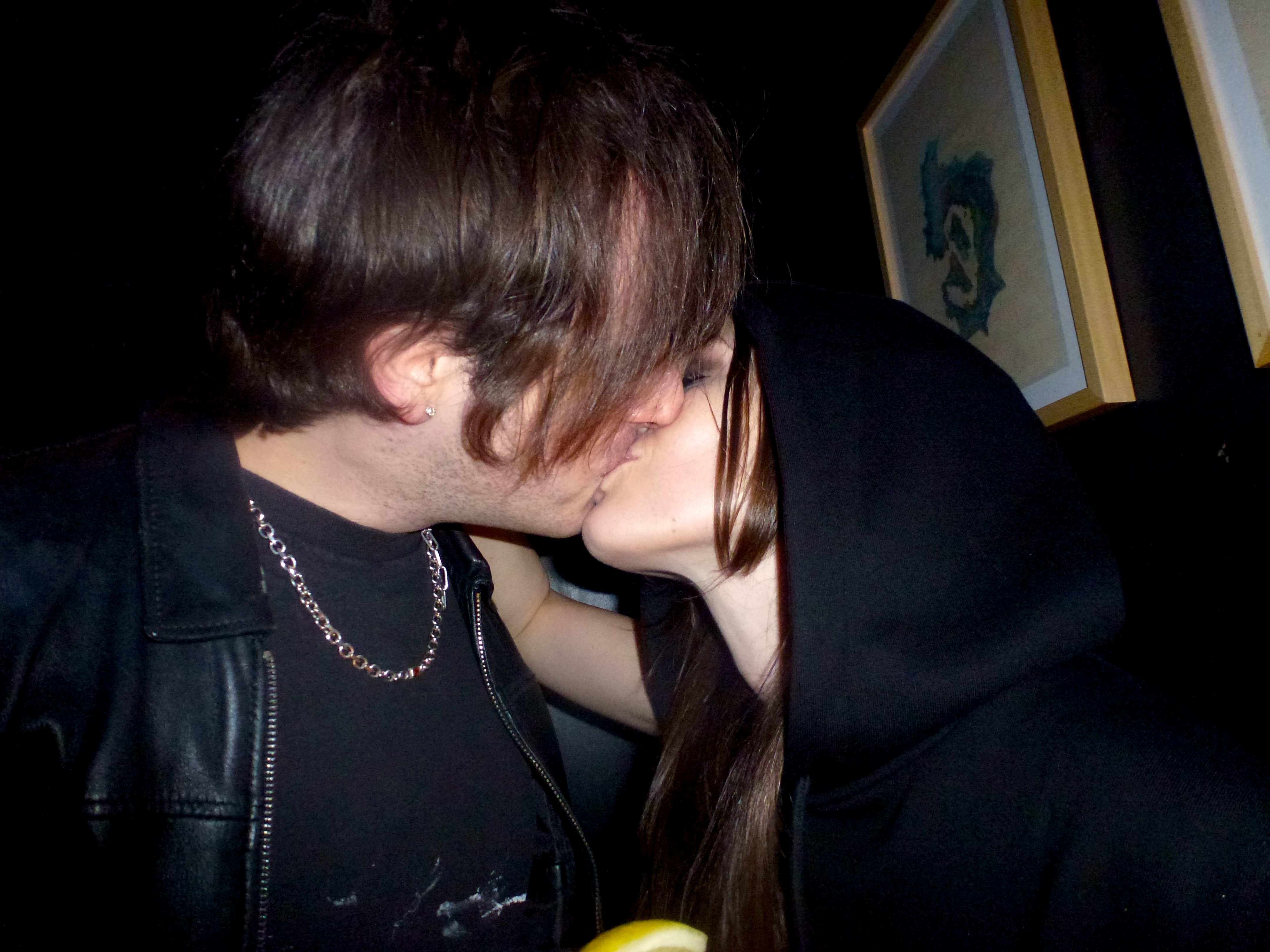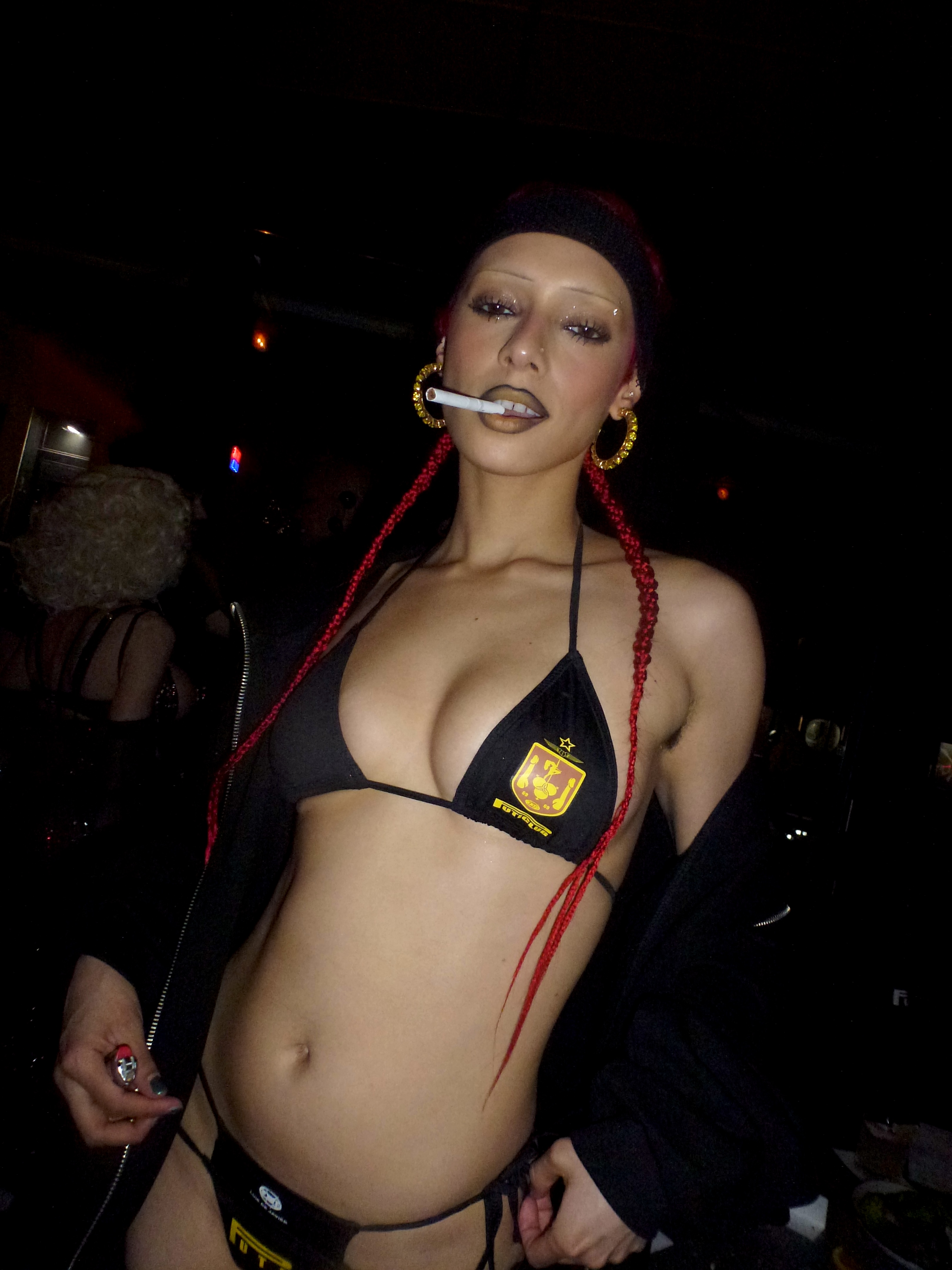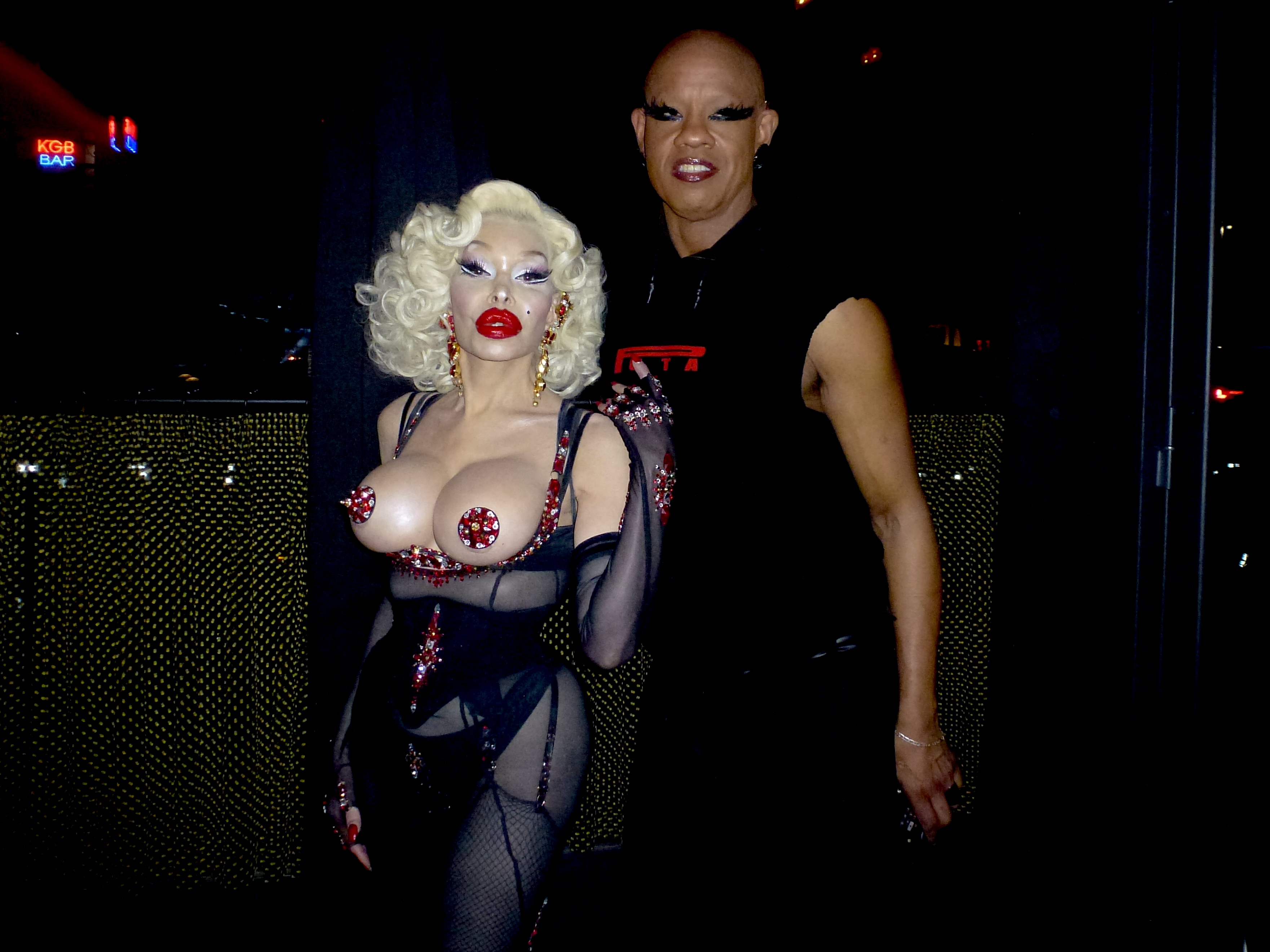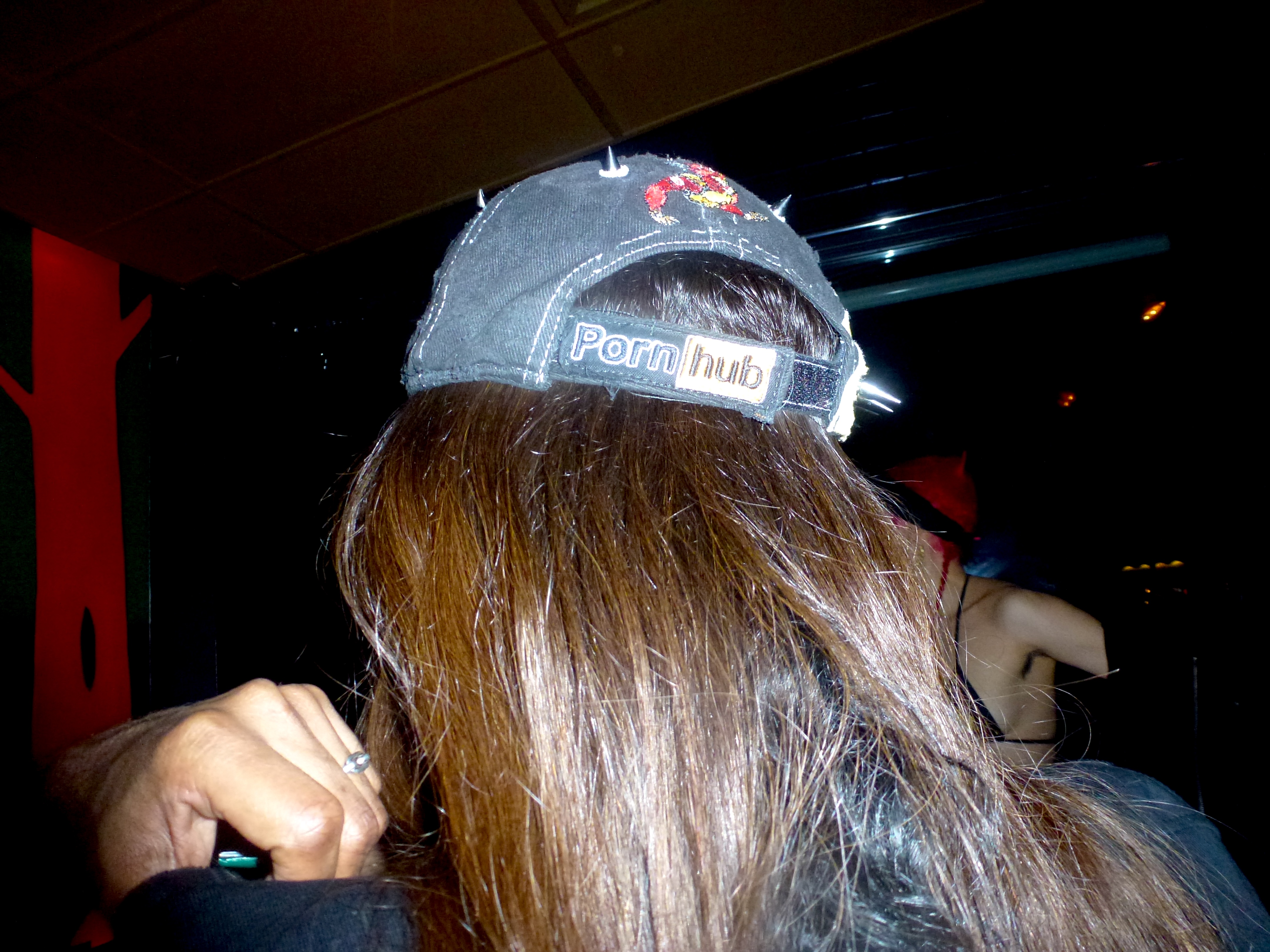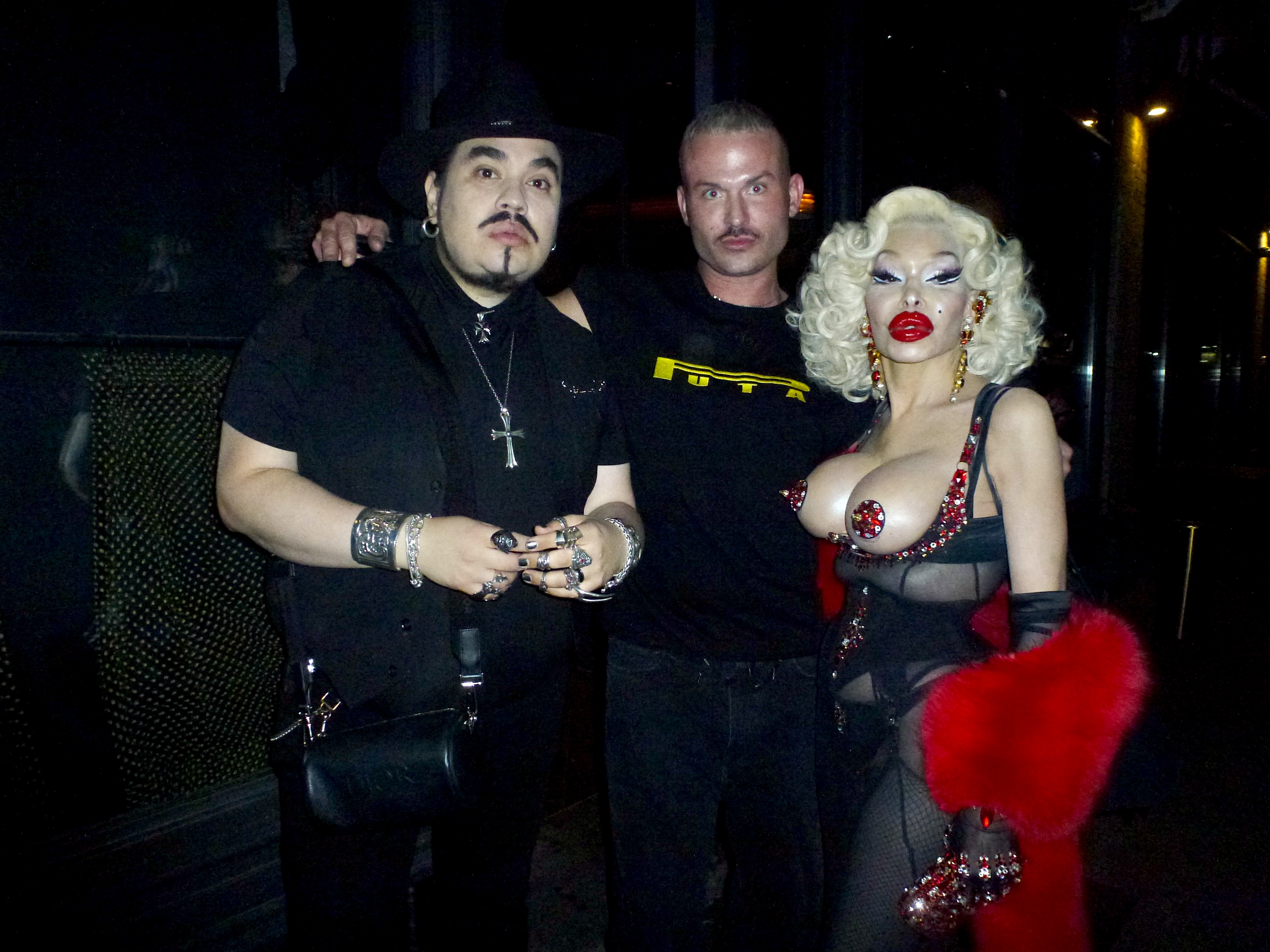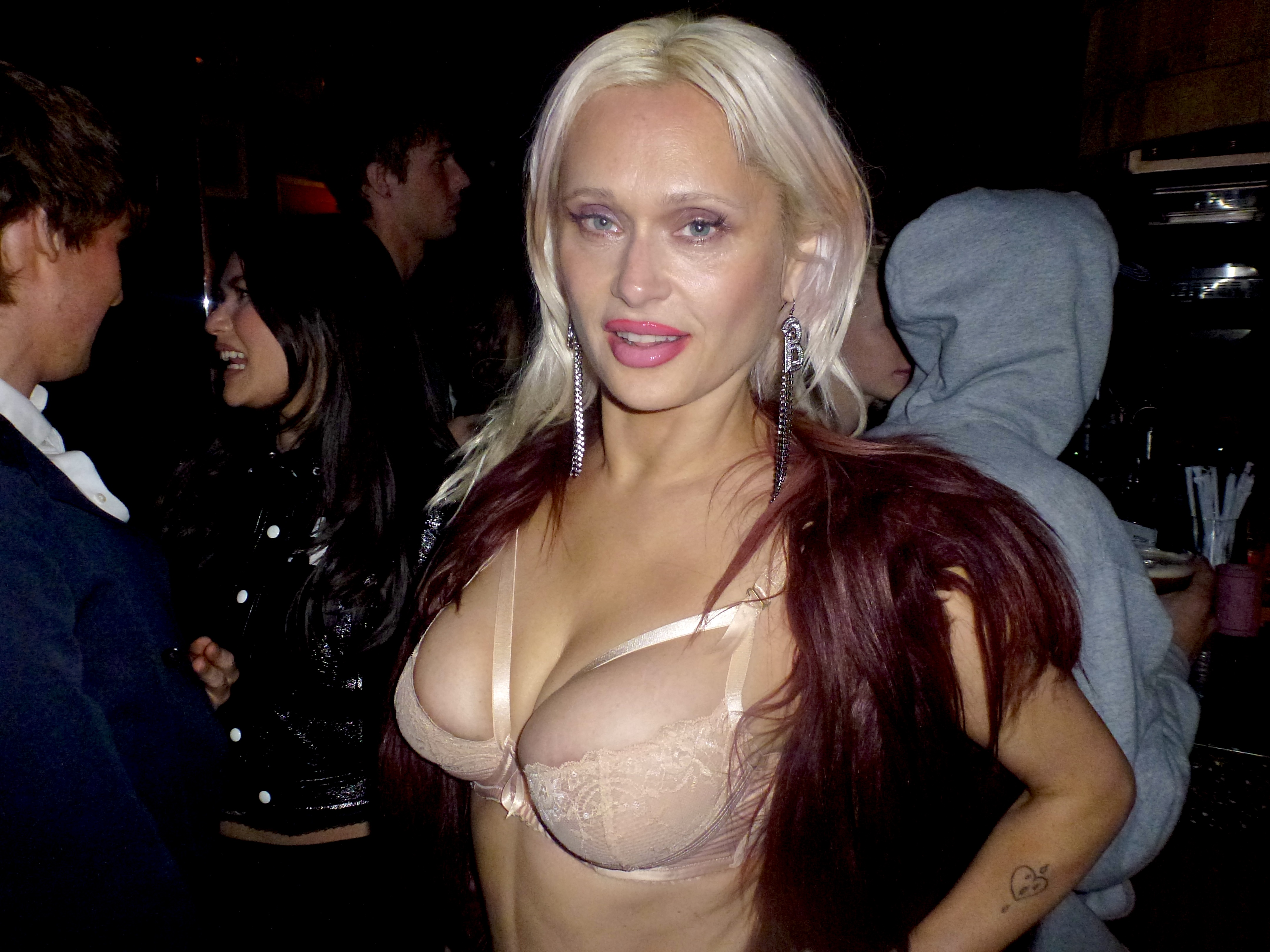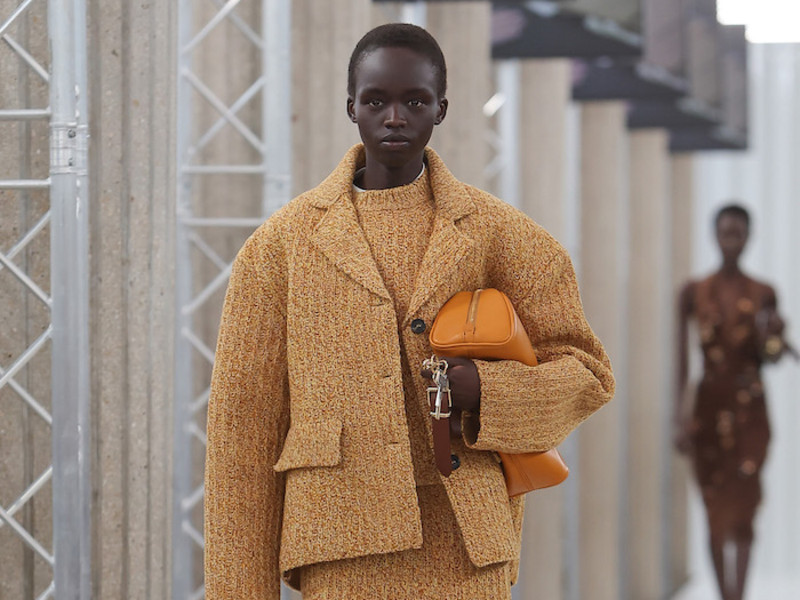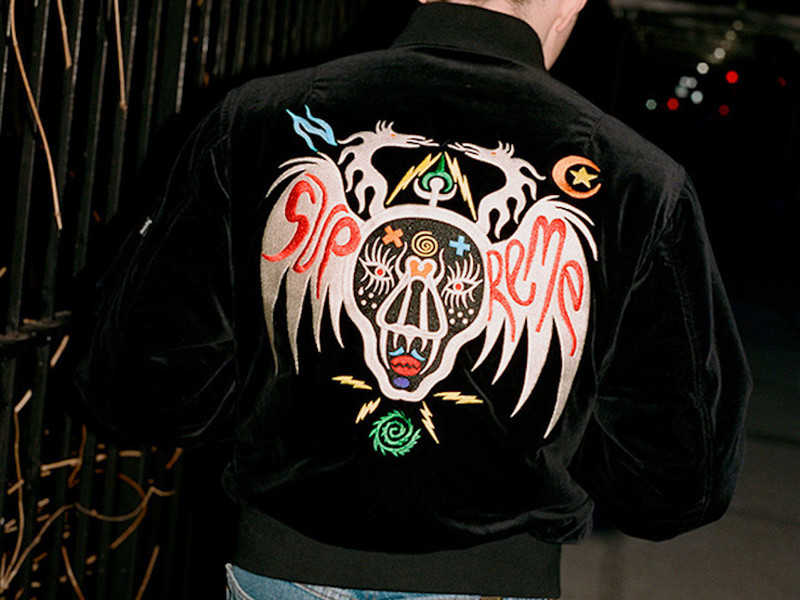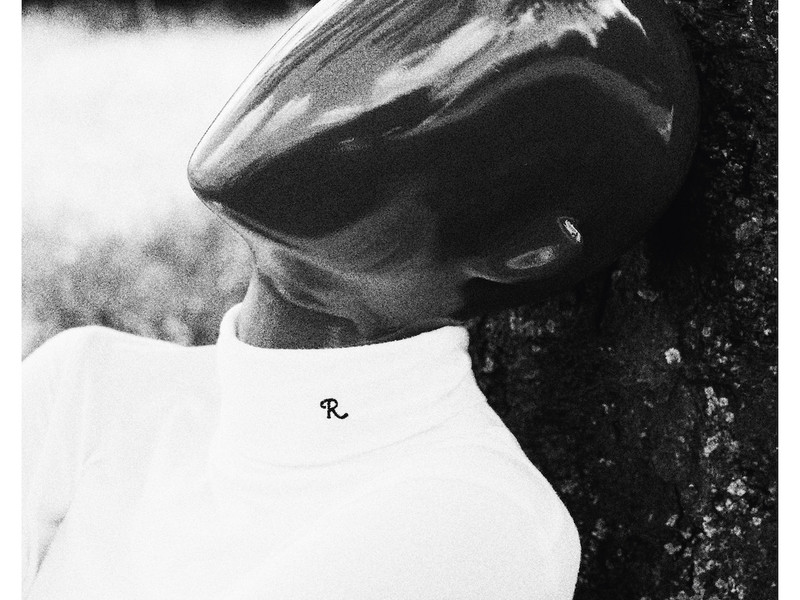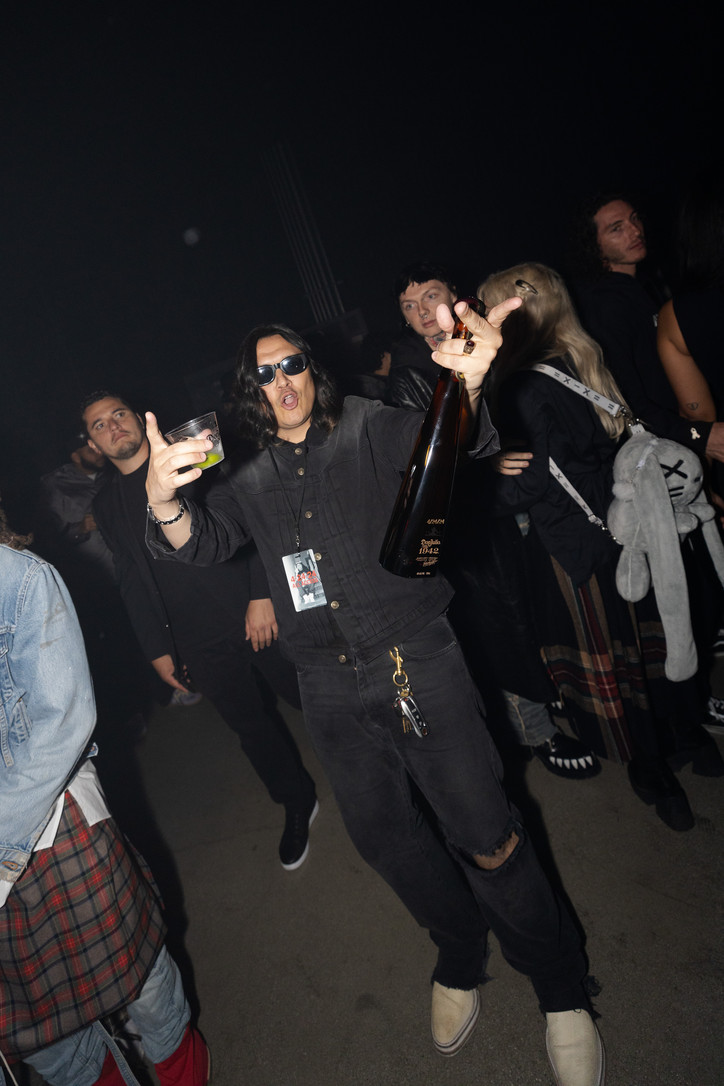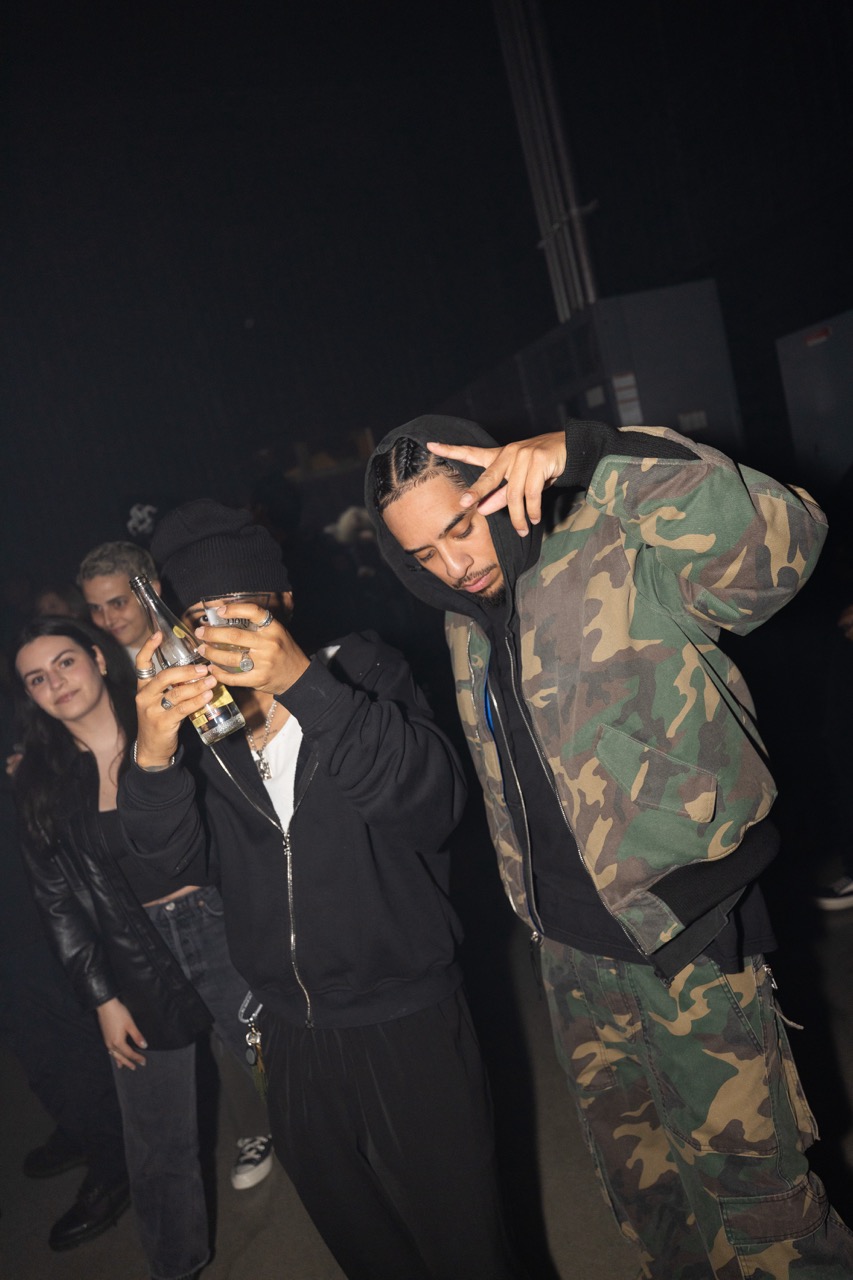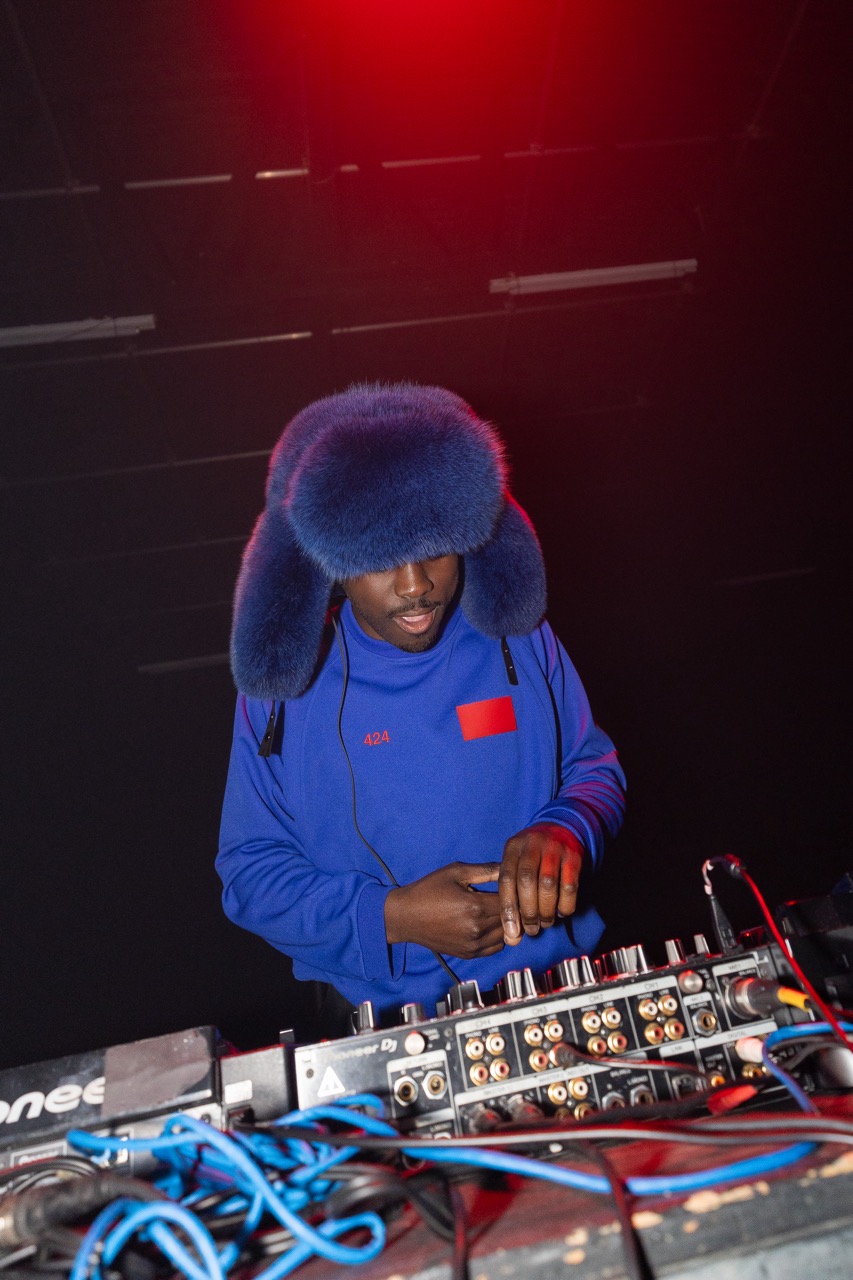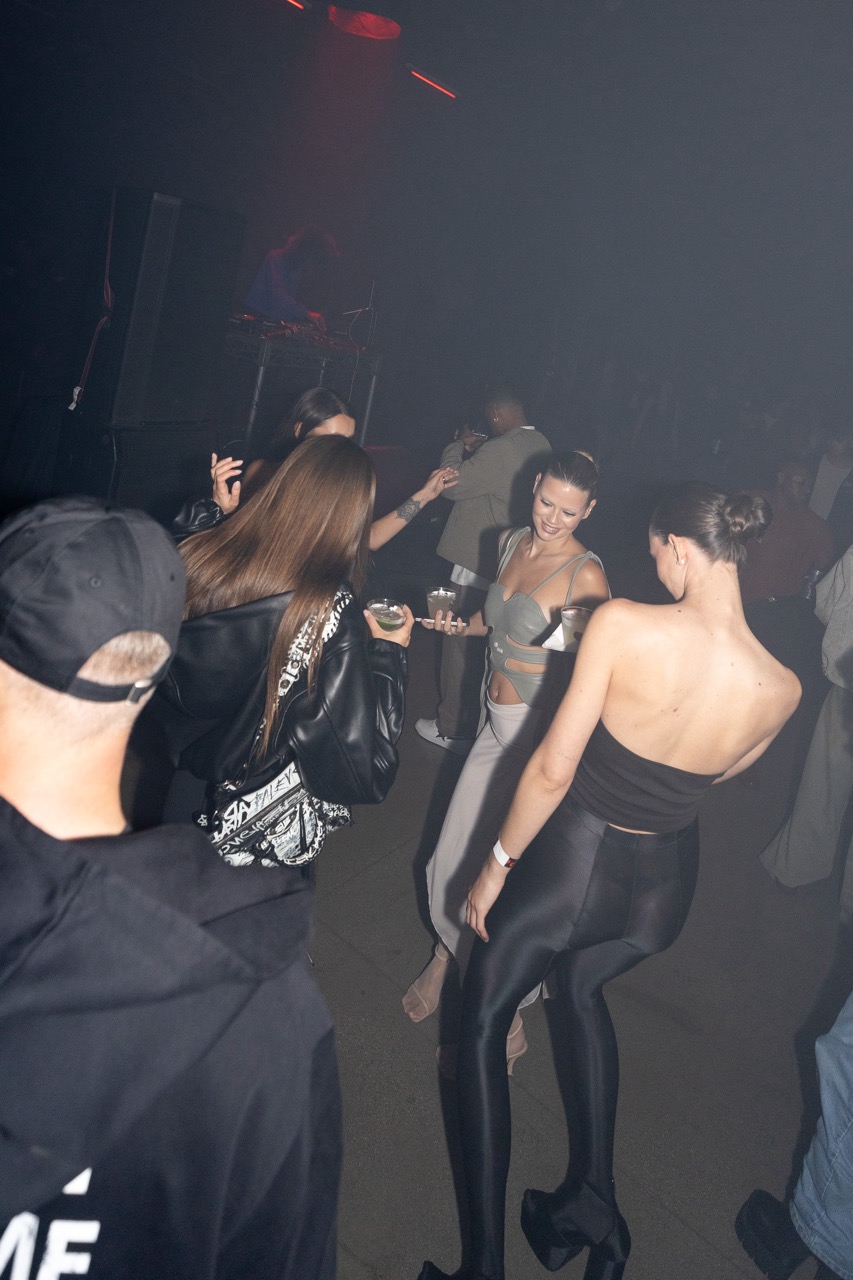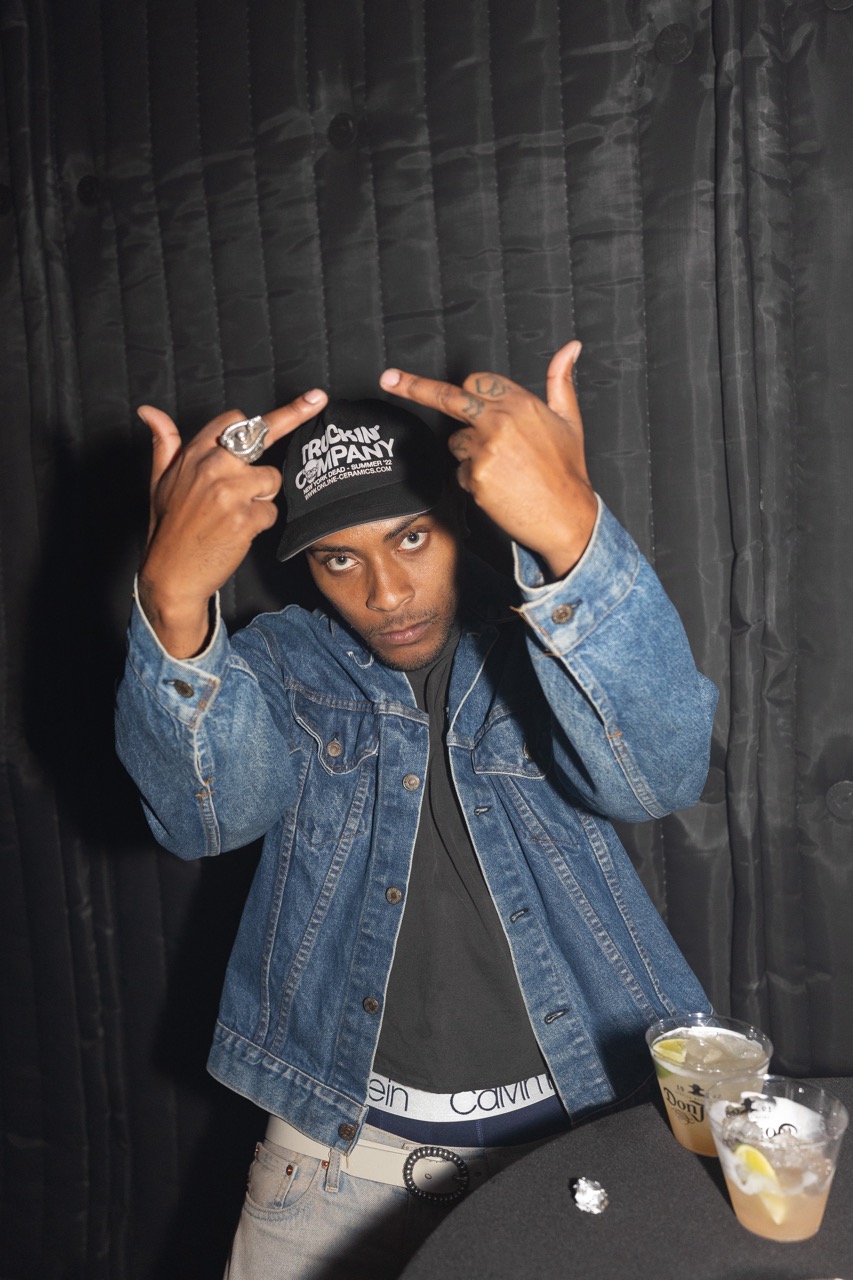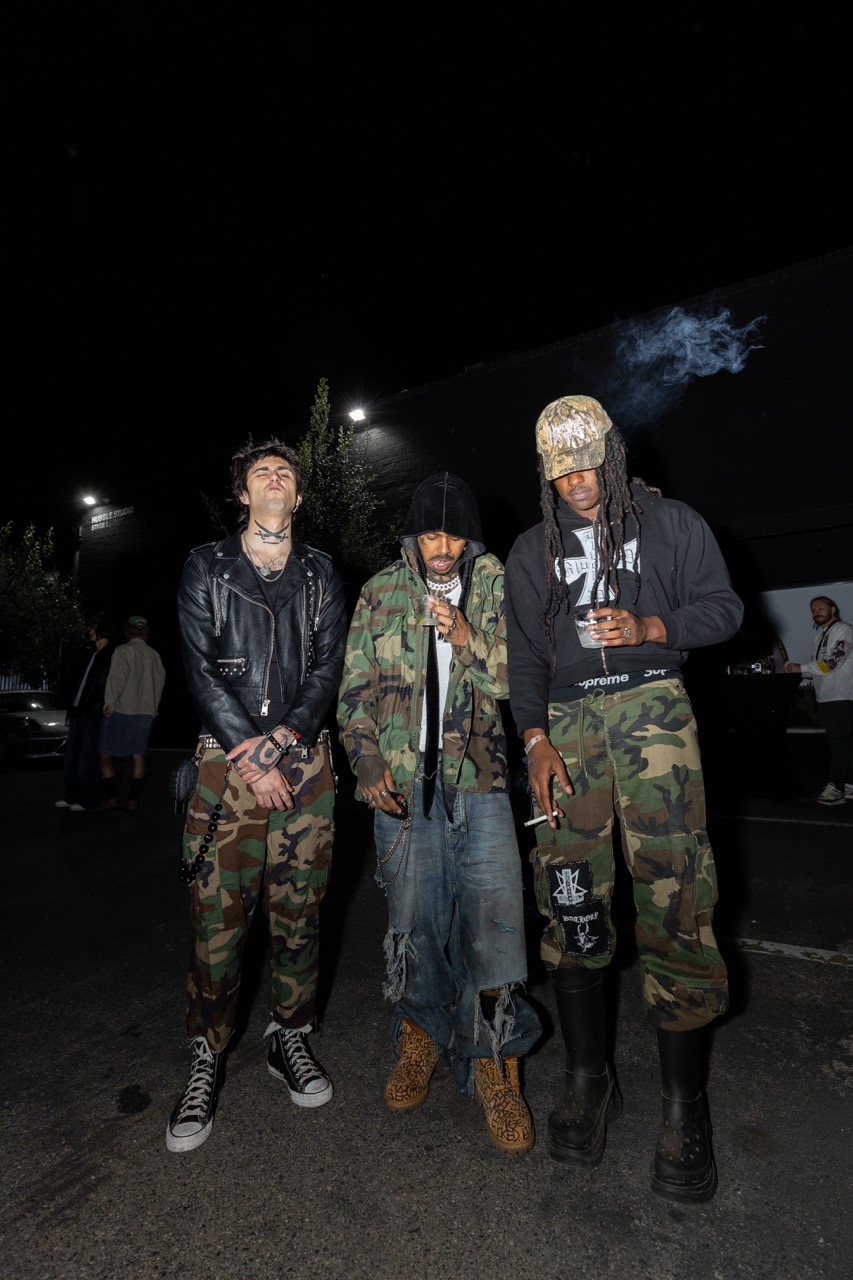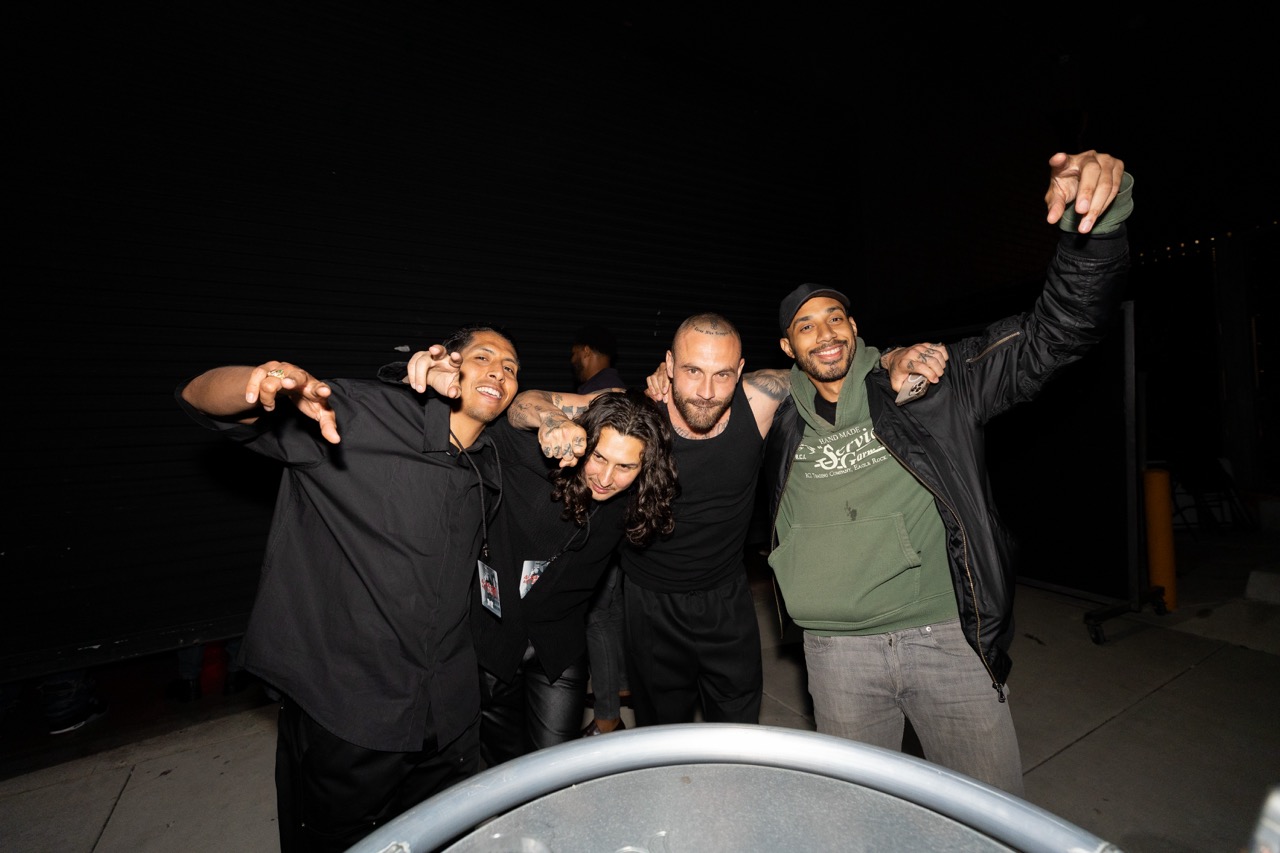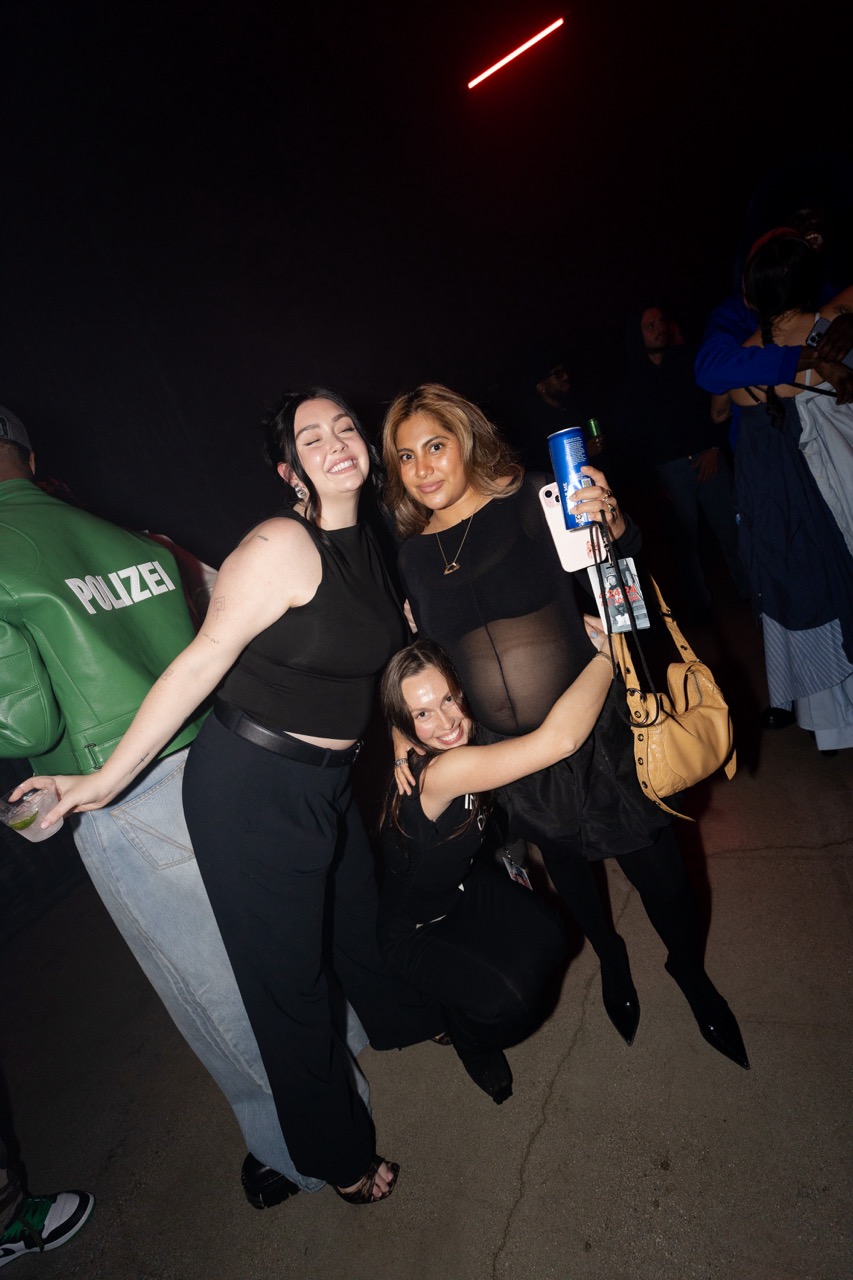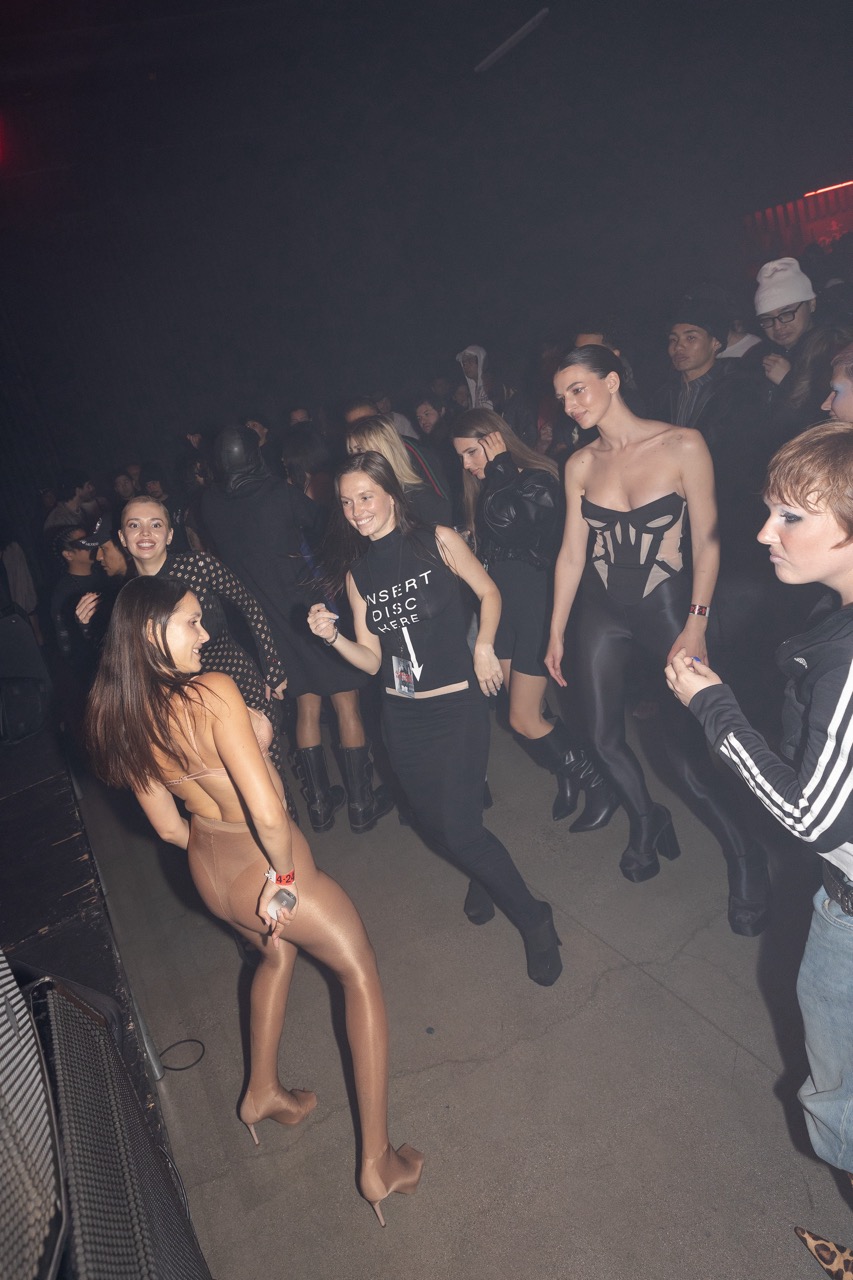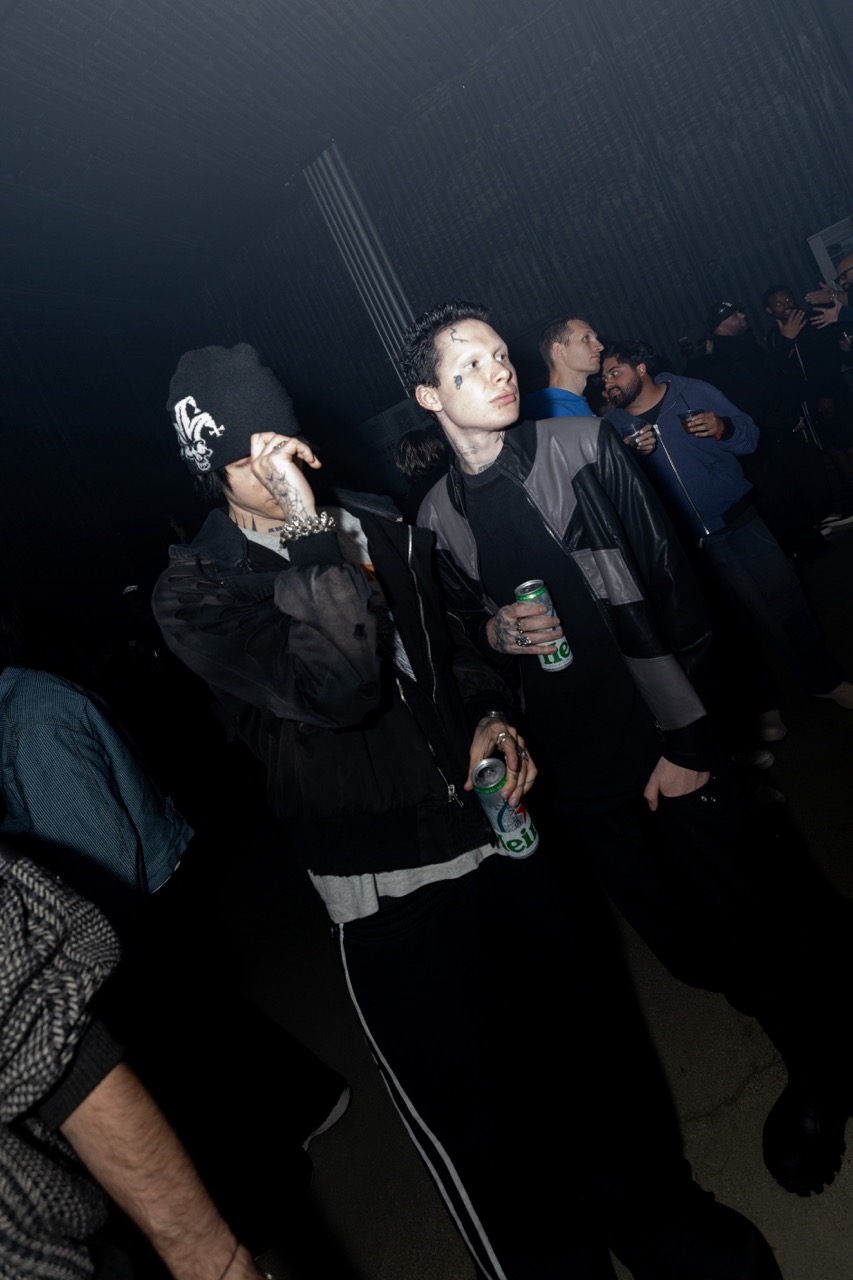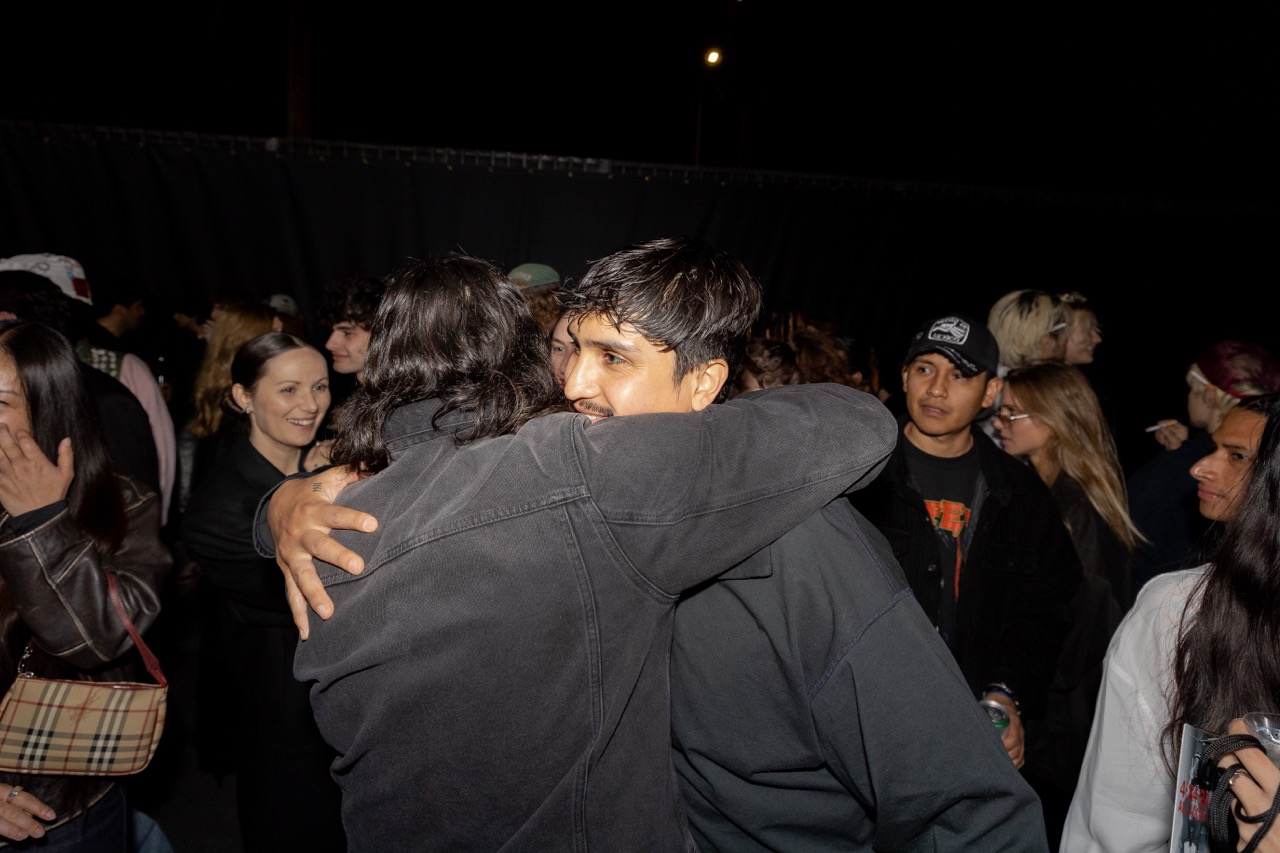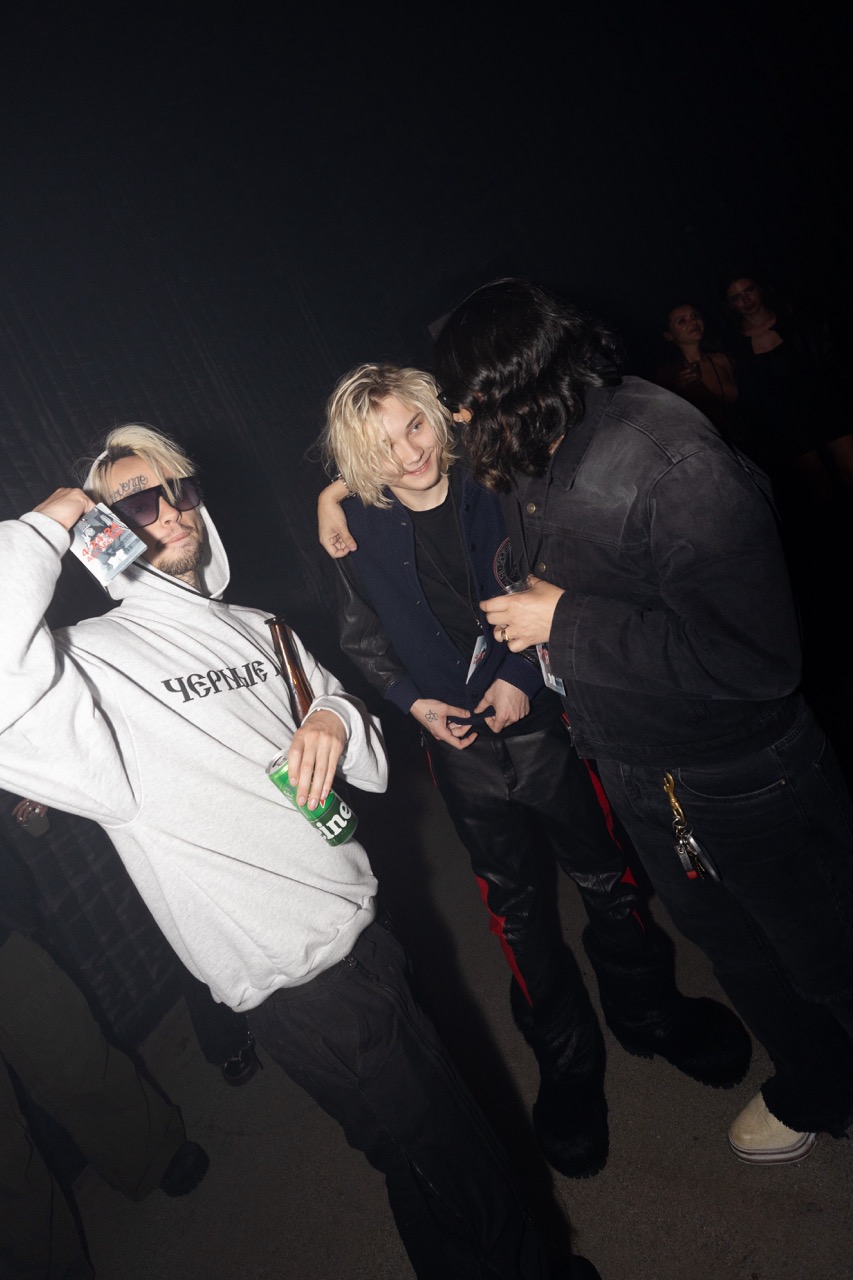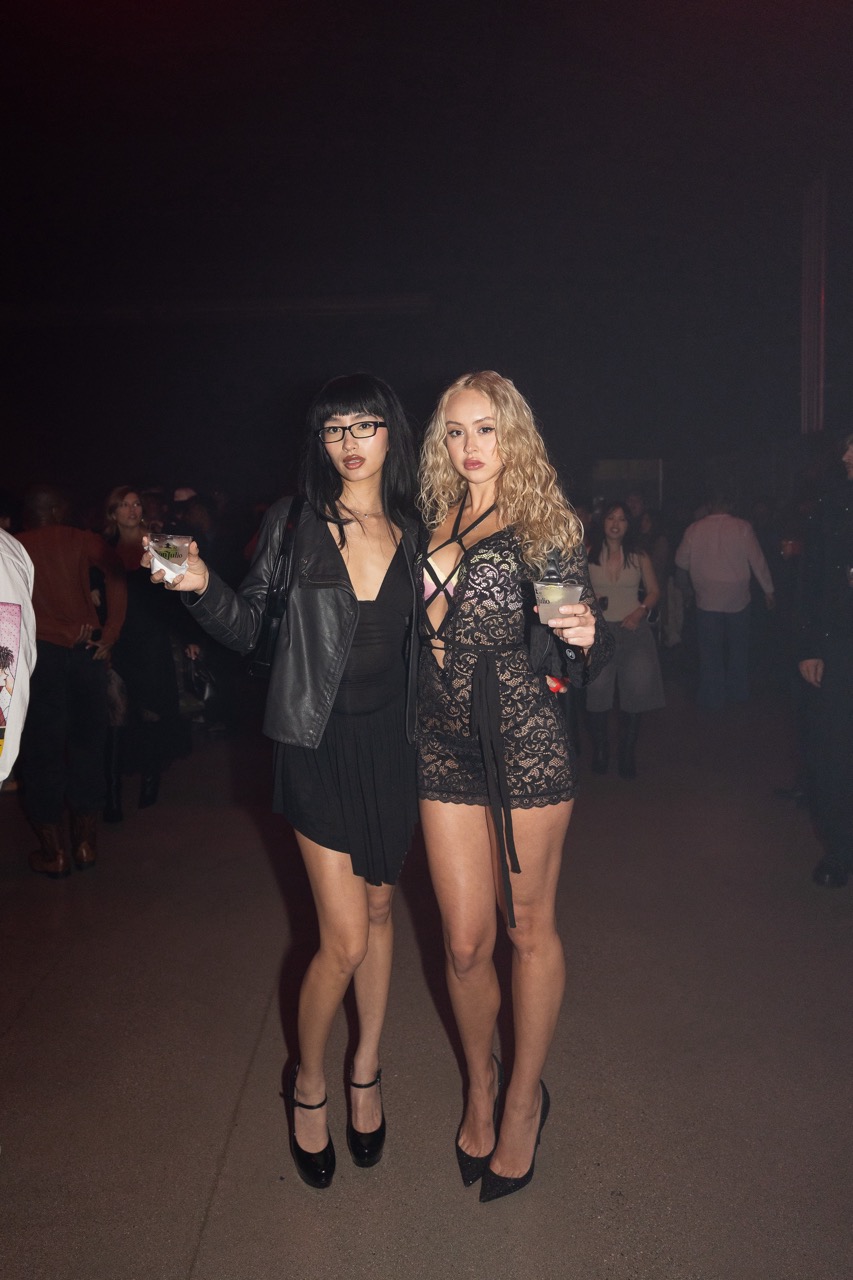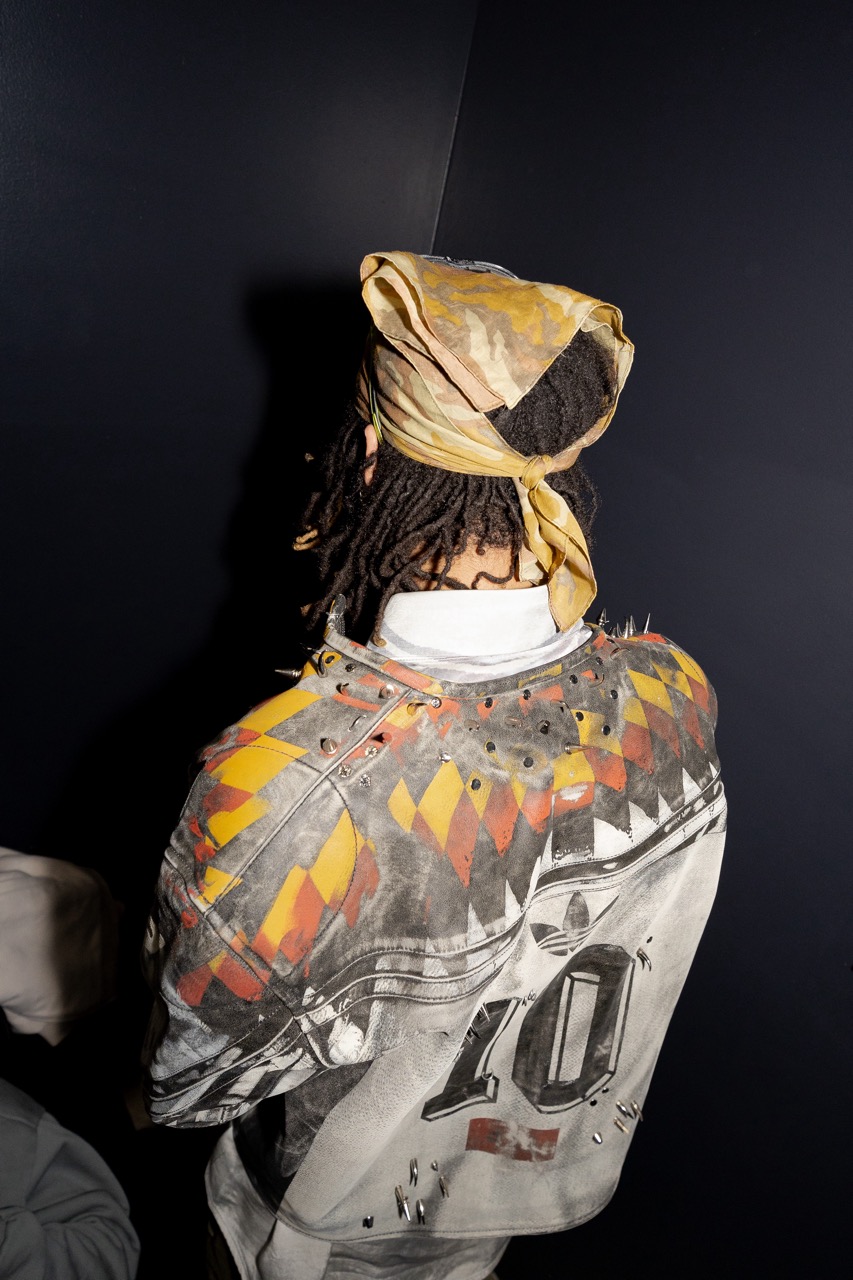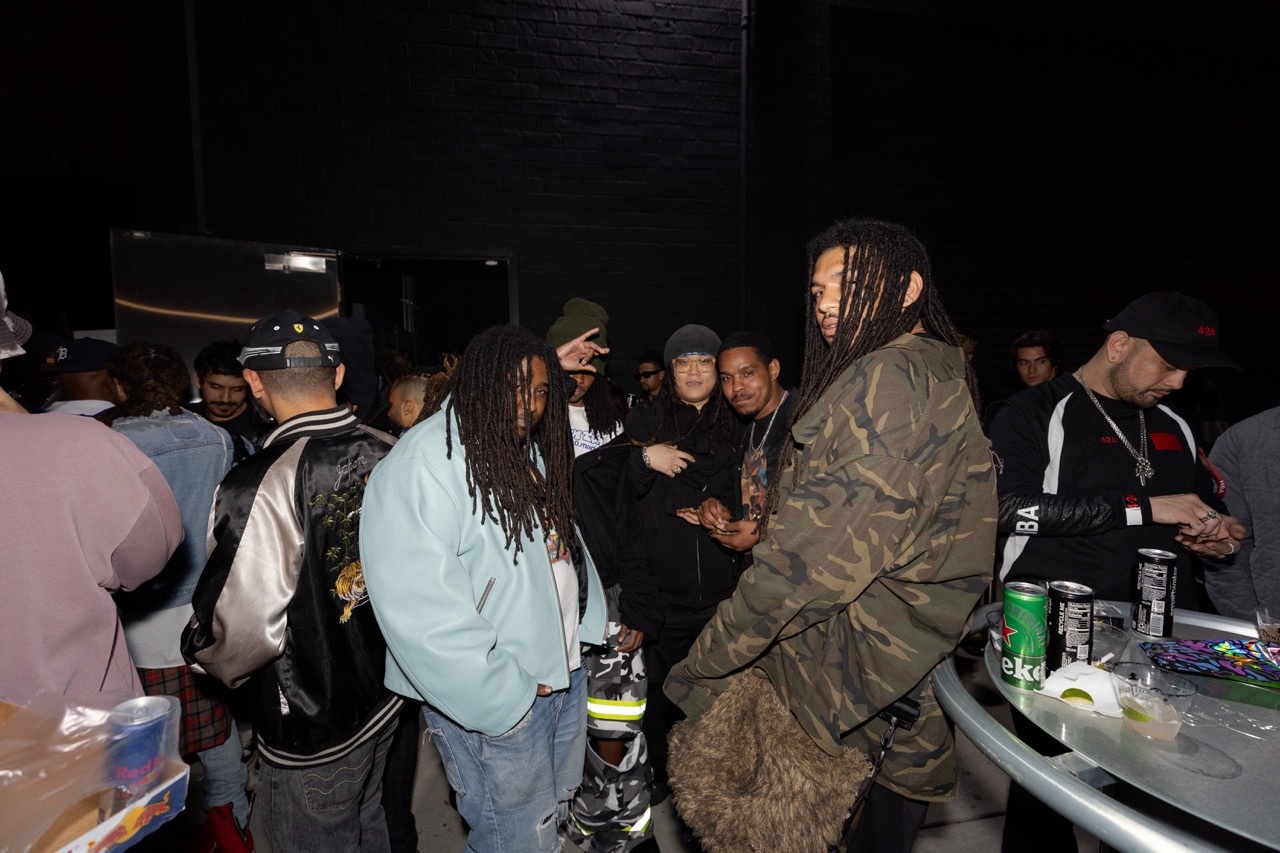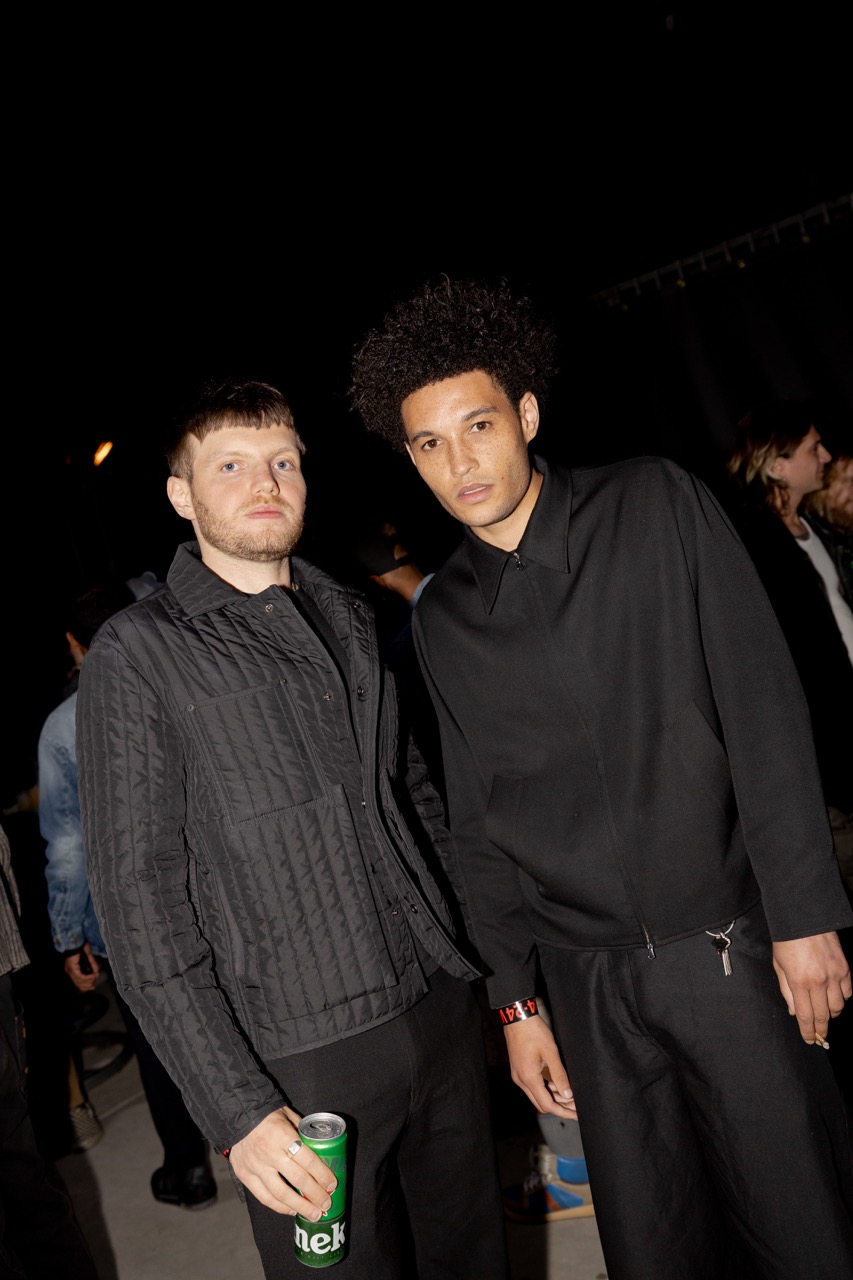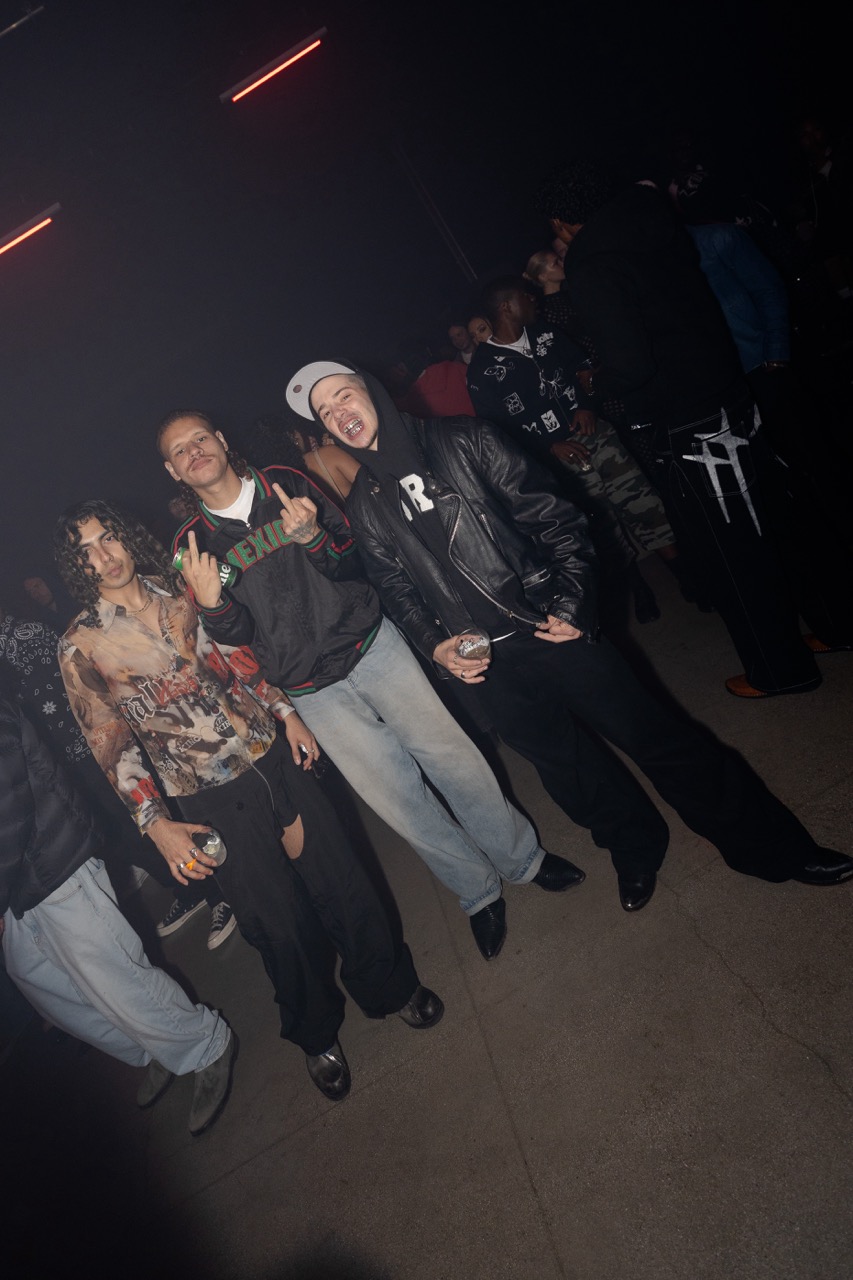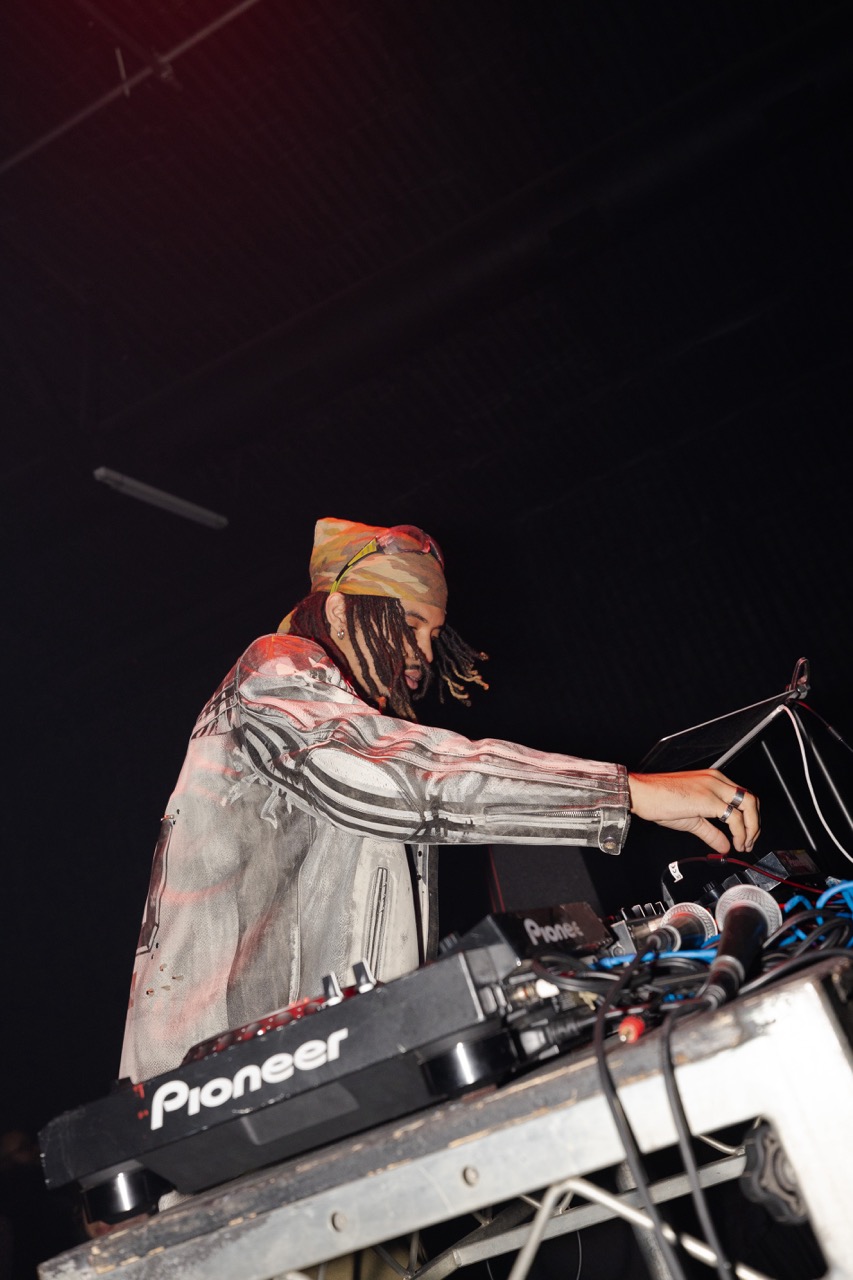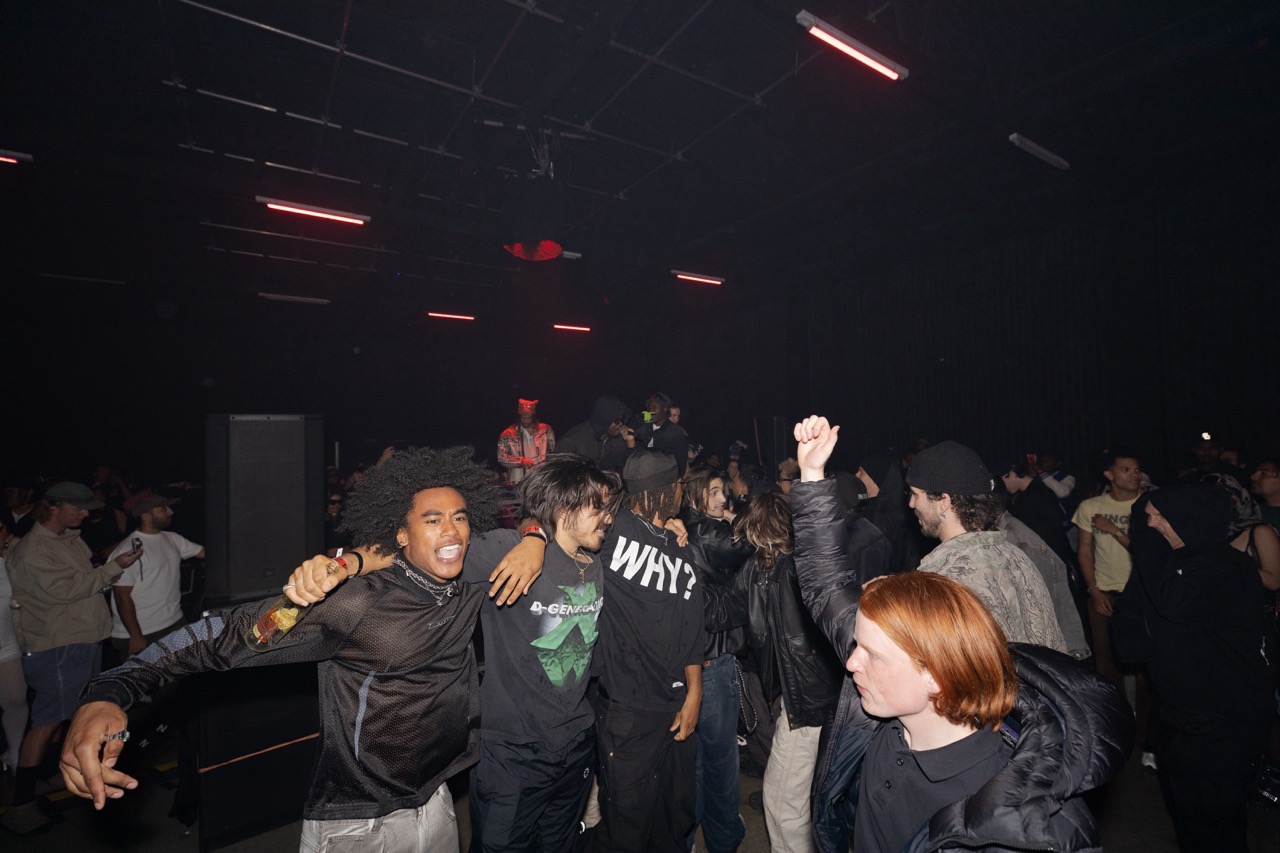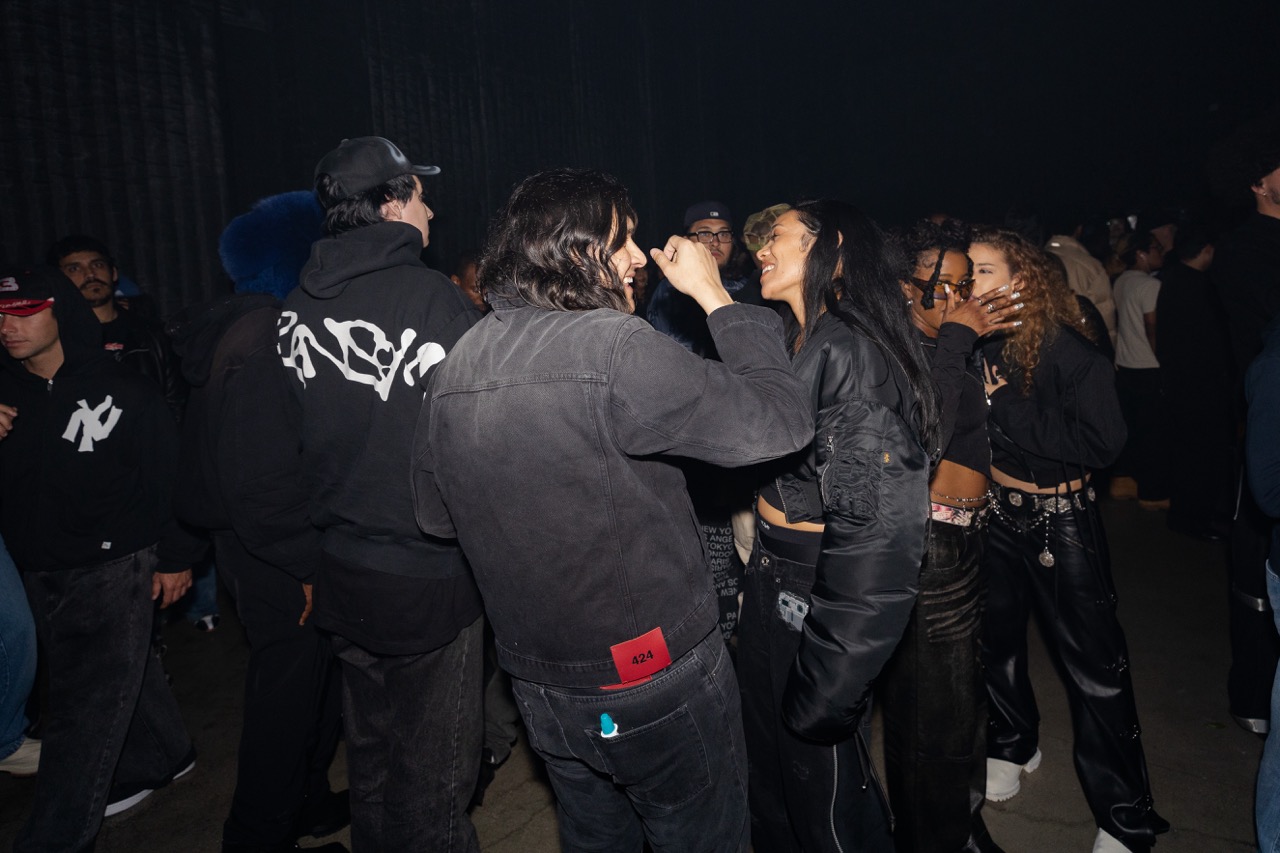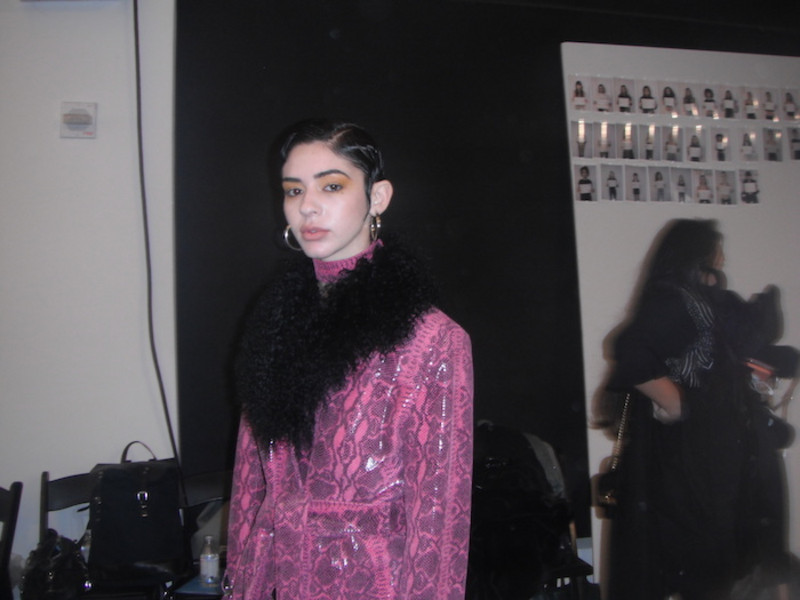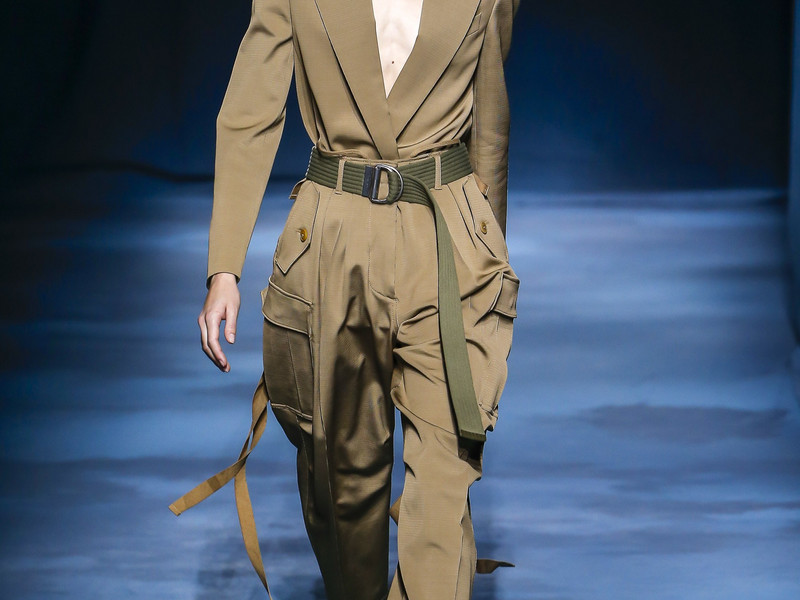In Paris, a Proclivity for Complexity
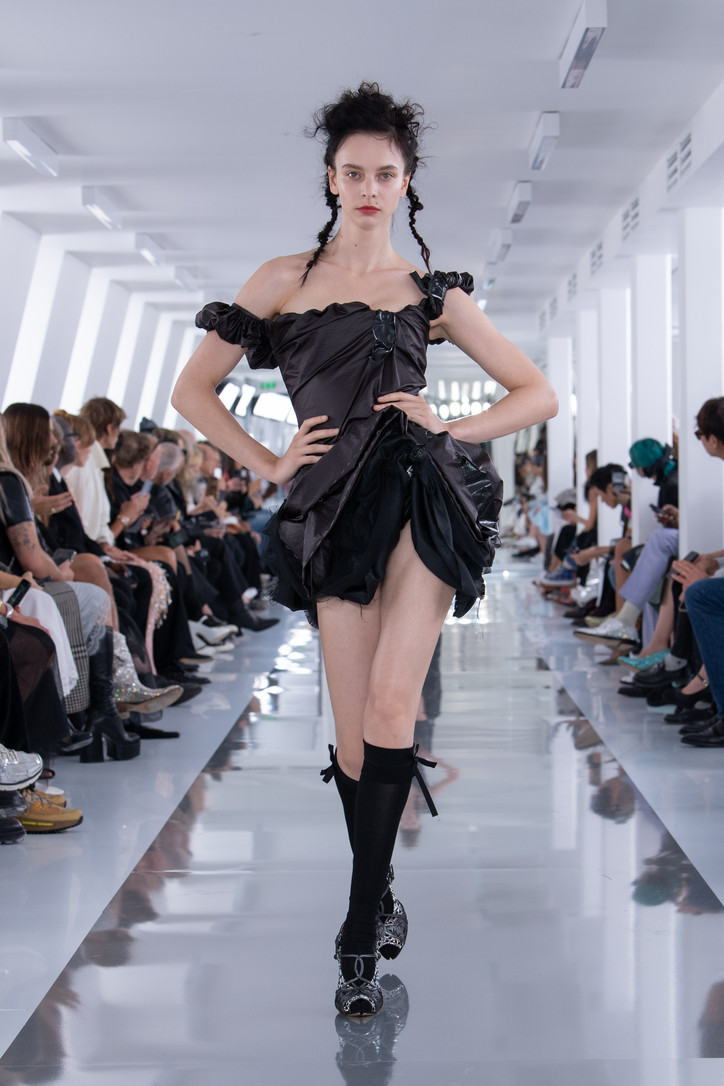
On that note, that meant pushing luxury fabrics and techniques to new heights, and giving the codes of tailoring extra attitude by way of punctuating the silhouette. More banally, but vitally, was the attention to Character Studies and the musings on theatrics, elements that covered the full scope at Maison Margiela, which, besides the meticulously-shaped offerings, did a brilliant job at balancing craft and drama. So, here’s an appeal to better the angles of our reigning designers: at a time when the march of avantgardism grows with an ever soaring pace, who on earth seeketh clothes tinged with, dare I say, utmost complexity? When head-to-toe offerings have a lackluster feel that go beyond all manner of, well, “wearable structure,” a personally fine reference can be difficult to translate on the runway. French houses might have tried toying with fresh fabrics and textures, which, if appropriately layered, could have helped their designs come more to the fore—but their coup de grâce was the fact that their fuss-free approach turned rather streamlined, with a maximal edge that added visual interest.
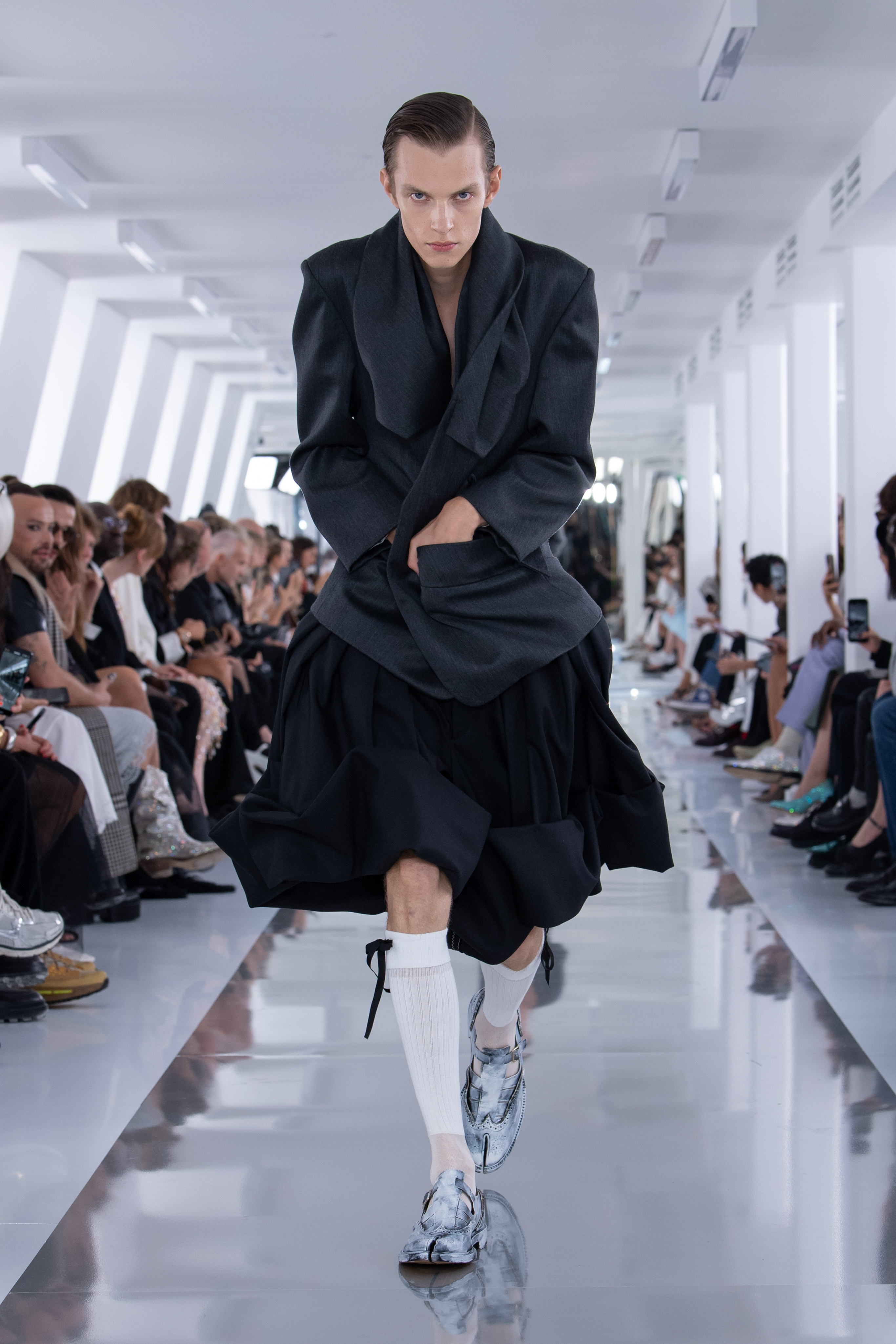
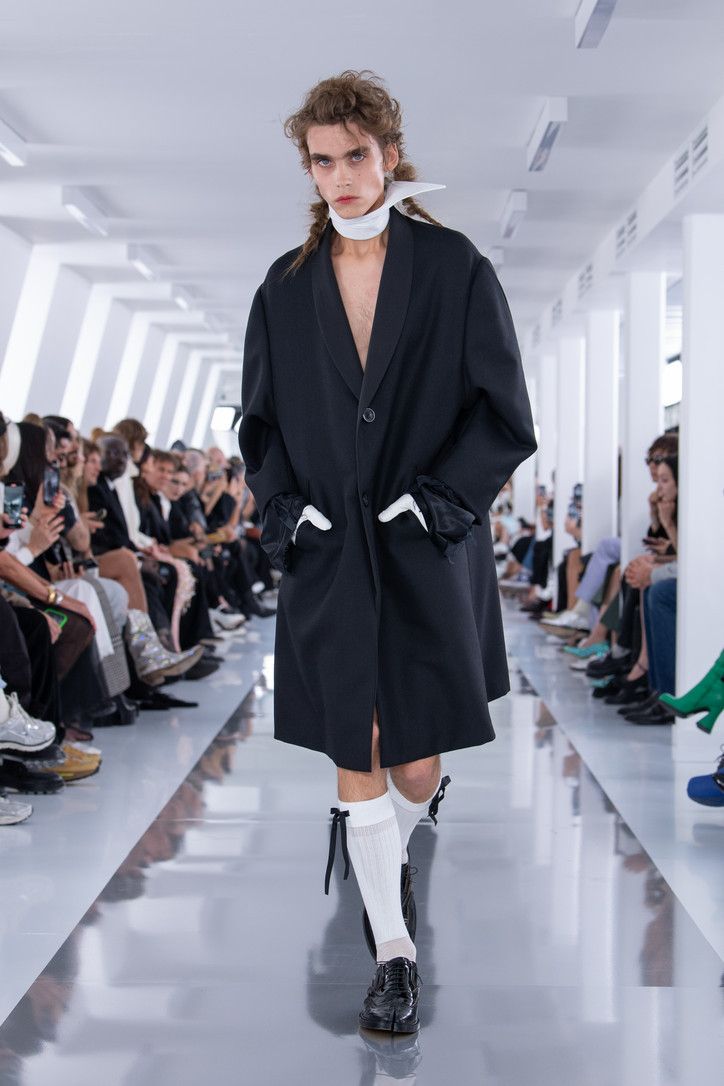
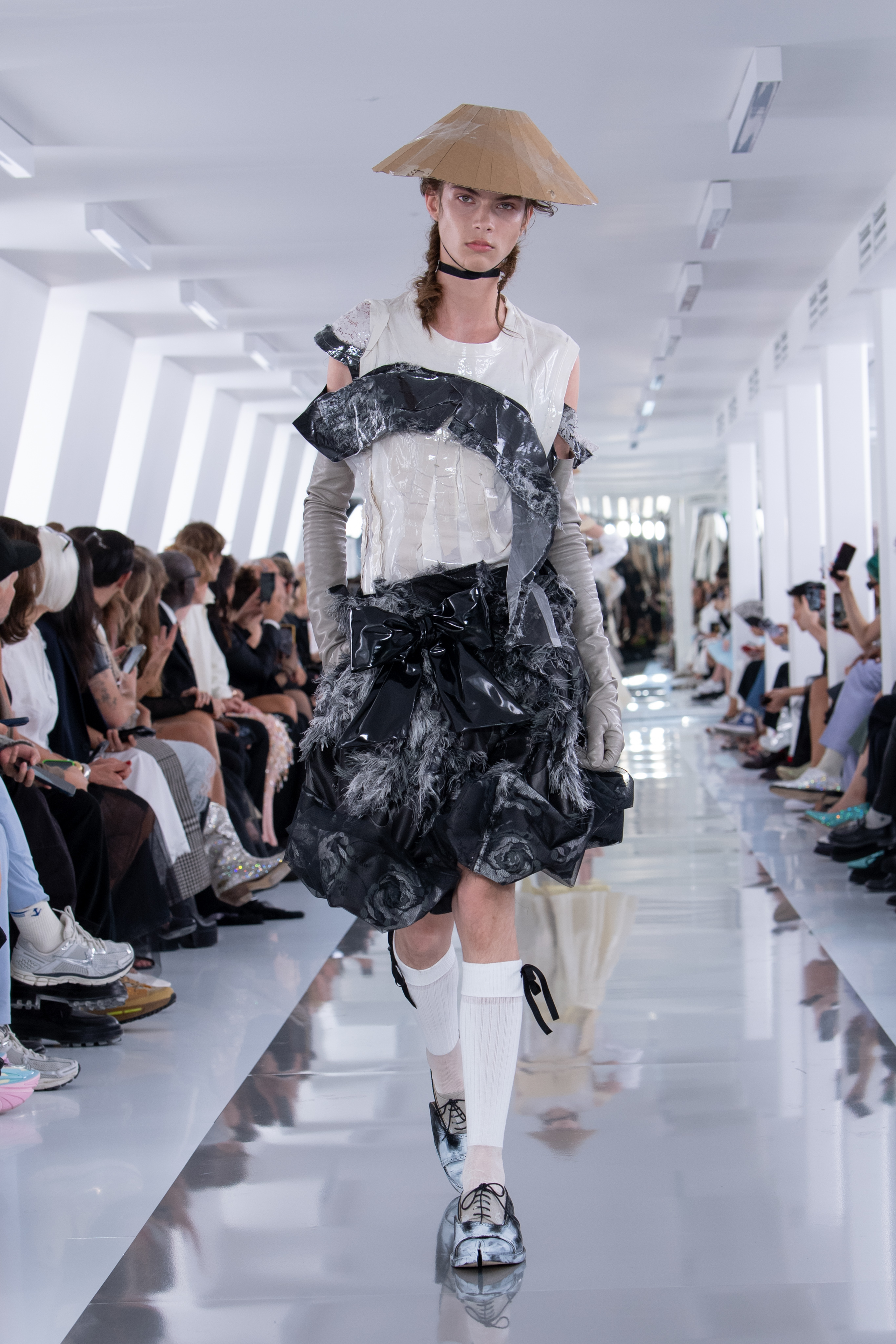

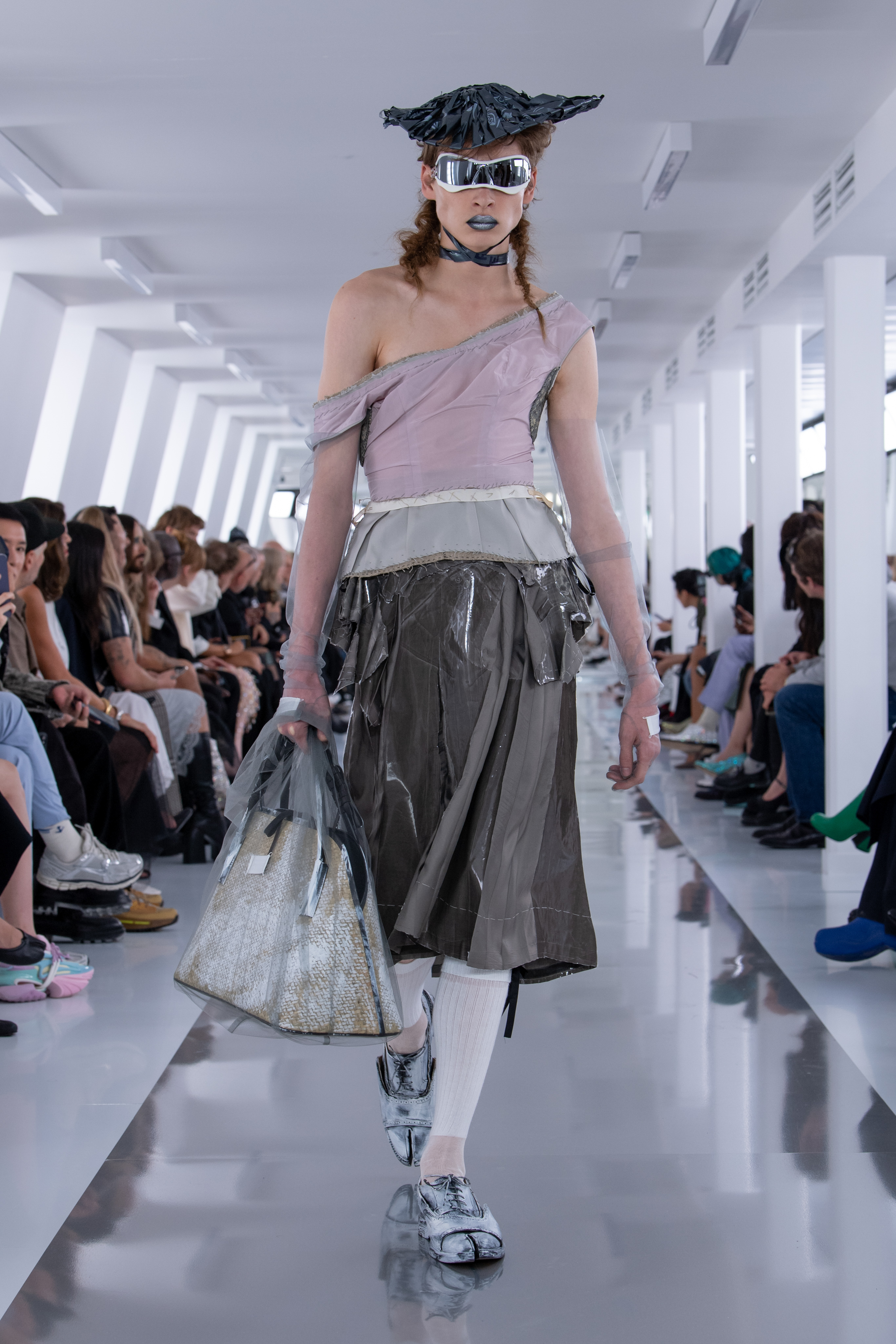
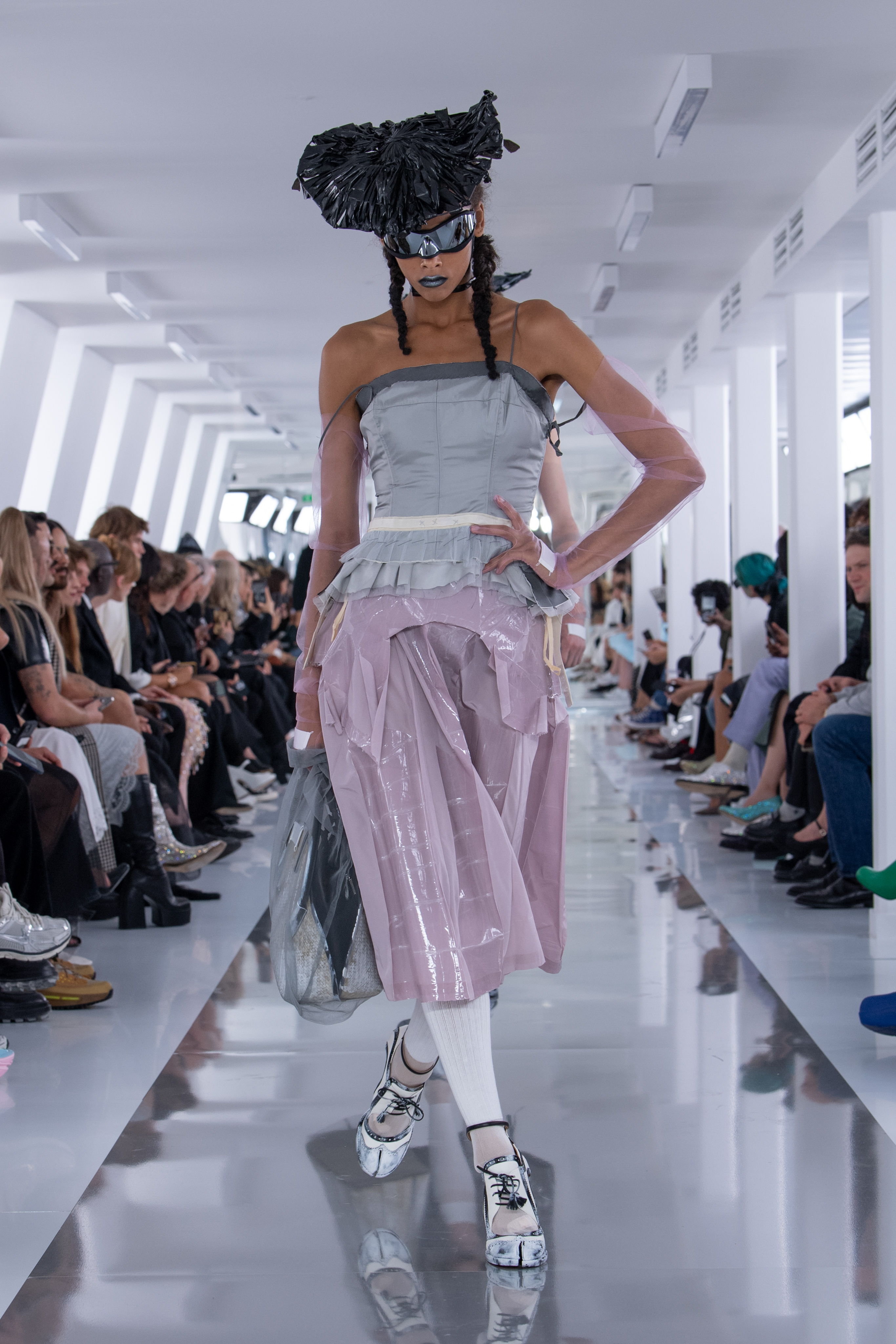
Images courtesy of Maison Margiela
If one looked closely, there was an attitude and plenty — say with me, plenty — of references to spare in this season’s proposals: unbelievably traditional and tediously directional, some garments somewhat managed to emerge out of fashion’s creative drought. And one cannot help but wonder: if a safe extrapolation from the archives — and history — continues to run apace as one of the industry’s recurrent leitmotifs, where do we go from here? Reclaiming territory that most French designers have long claimed their own is no mean feat, as their stylistic undercurrent can result (somewhat) redundant, coaxing into today’s loser, fill-with-appeal avenue of fashion communication. At the same time, though, designers took care to update a wealth of cultural points of reference, incorporating all sorts of influences into a huge mix.
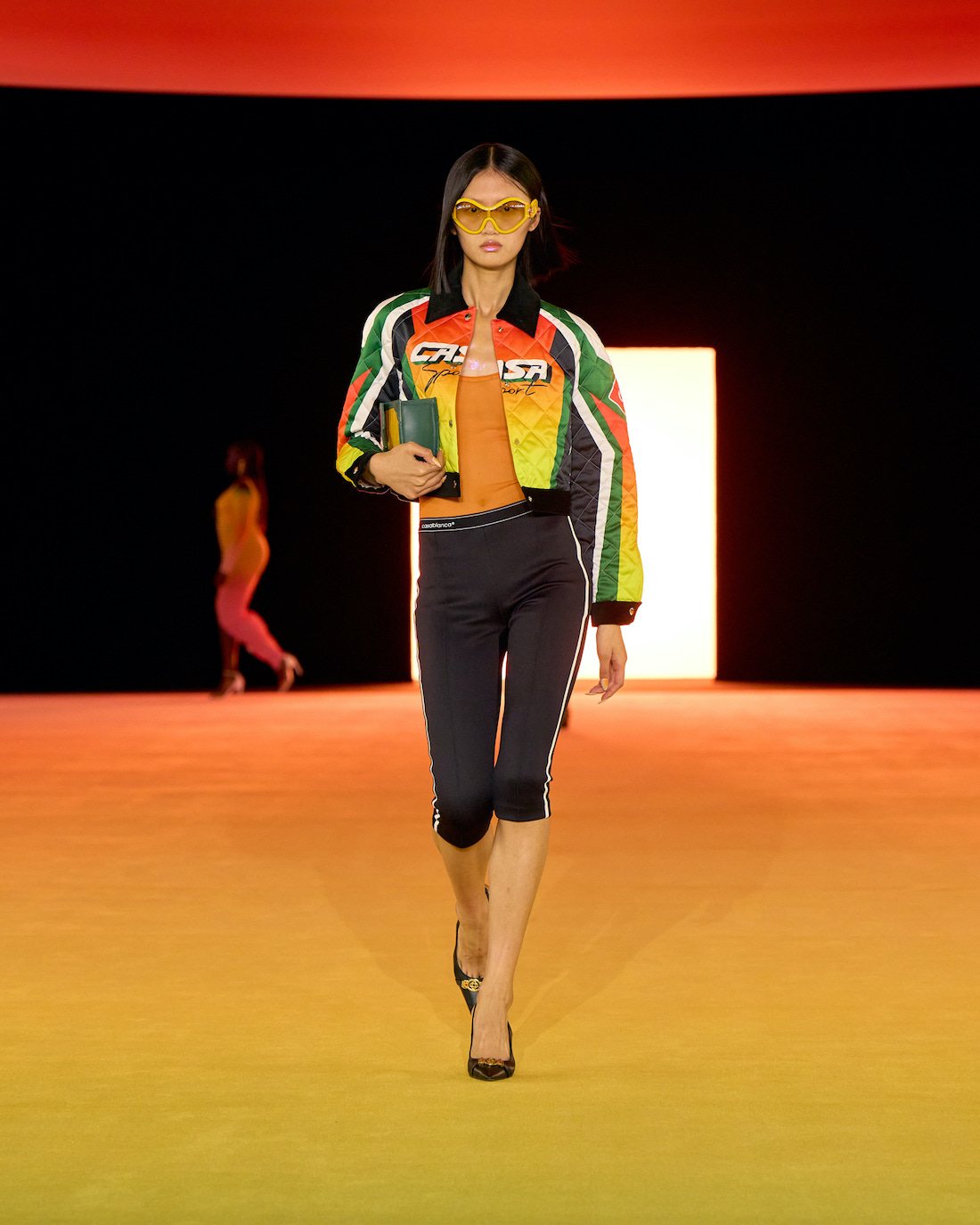
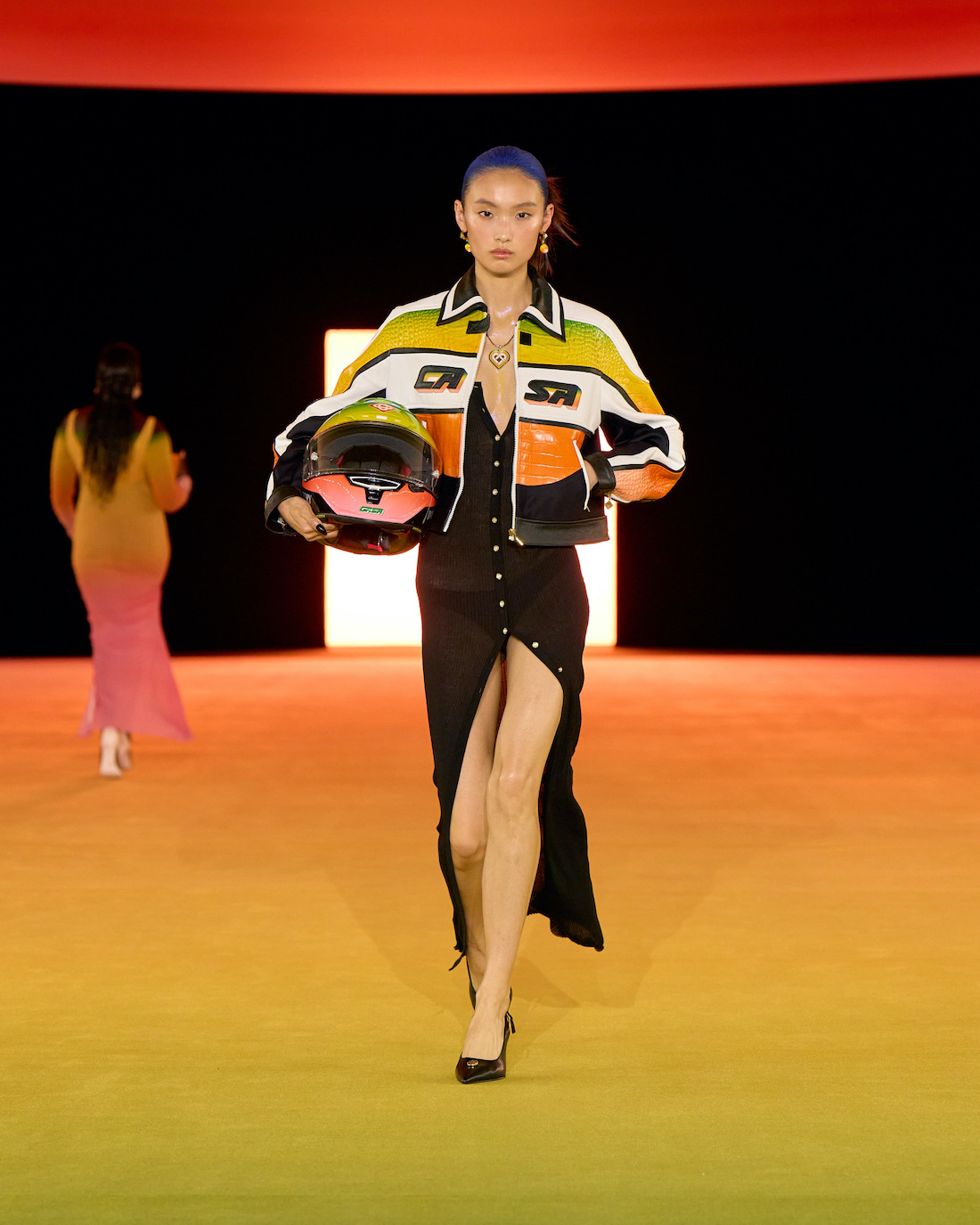
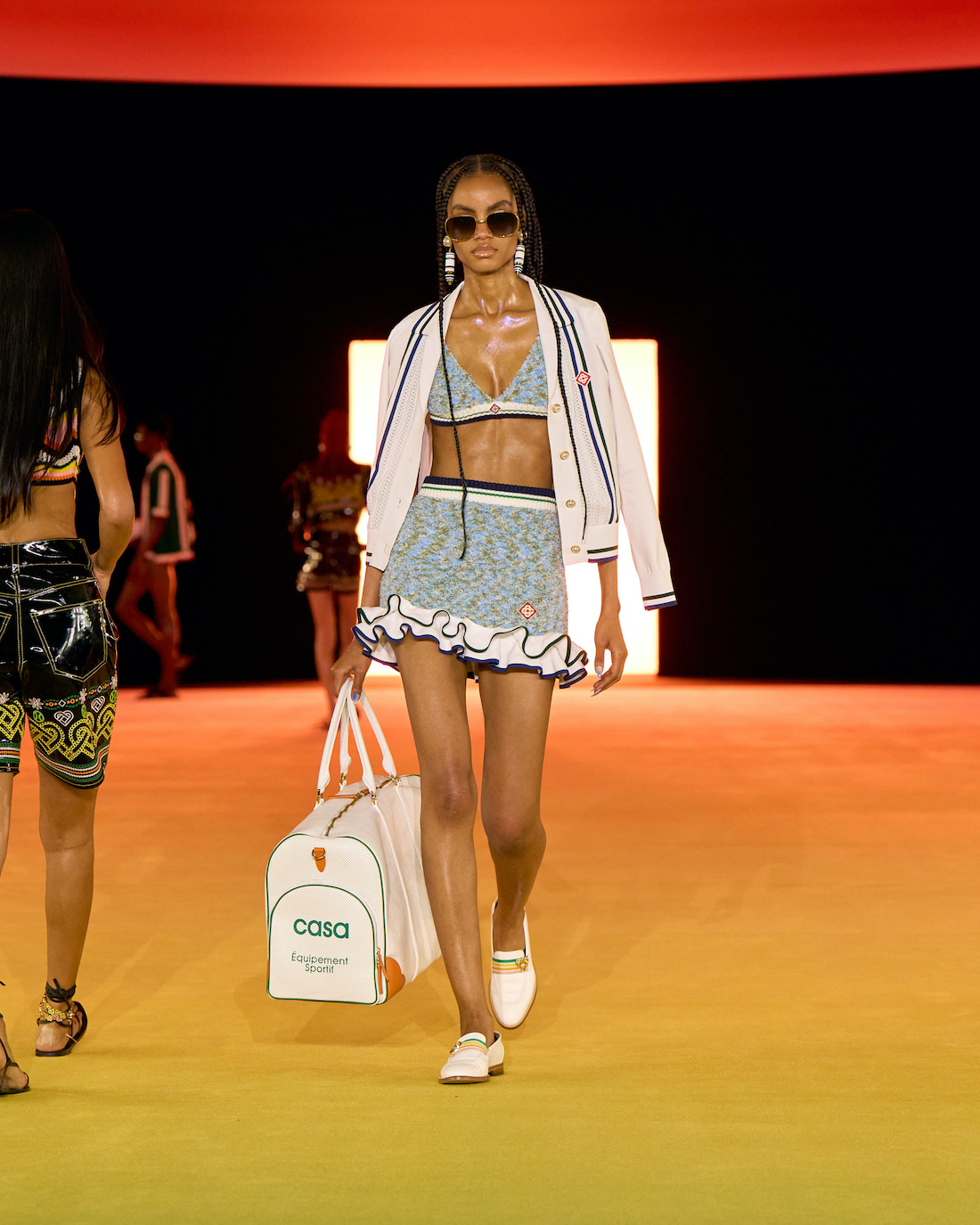
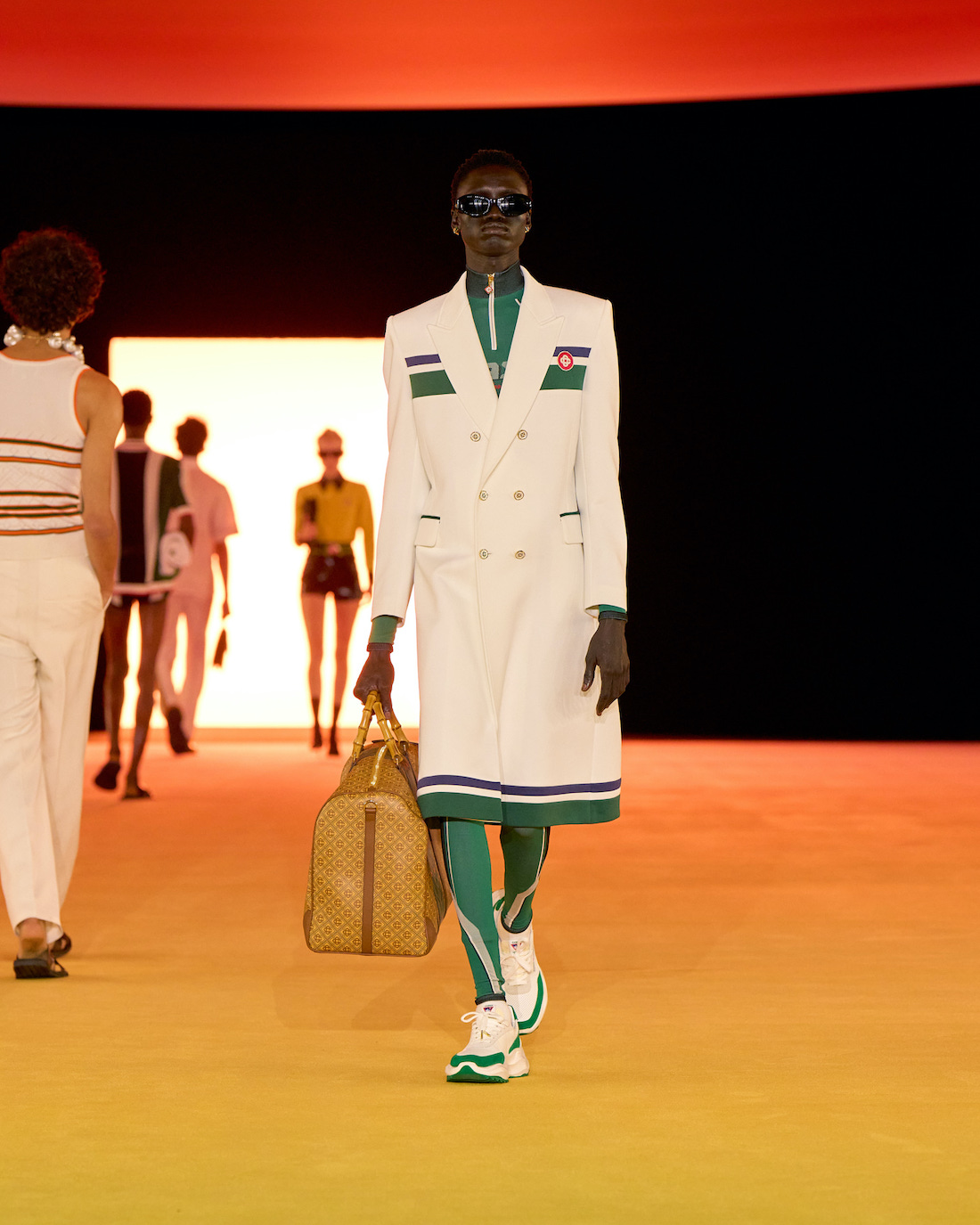
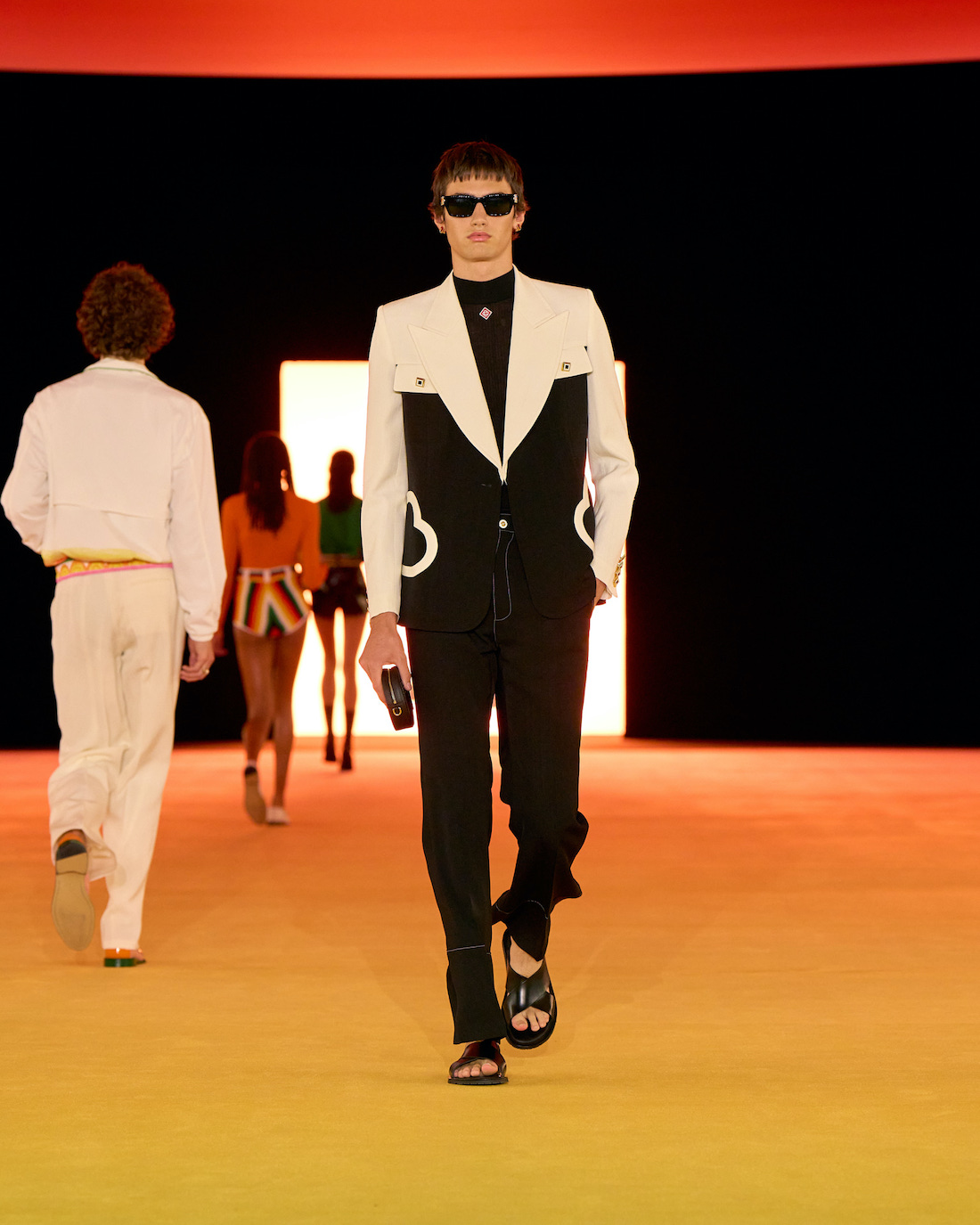

Images courtesy of Casablanca
First up, Casablanca: the brand looked to Western Africa this season, mapping a collection that analyzed the vitality of Nigeria’s heritage by way of crafting showpieces that “changed guises and varied in tones and atmospheres,” as expressed in the notes, which gained a breezy feel throughout the lineup (even though structured lines and tailored severity were chief mainstays). From a practical and fairly technical standpoint, the representation of mutually shared optimism was a polish that belied the label’s culturally-driven status.
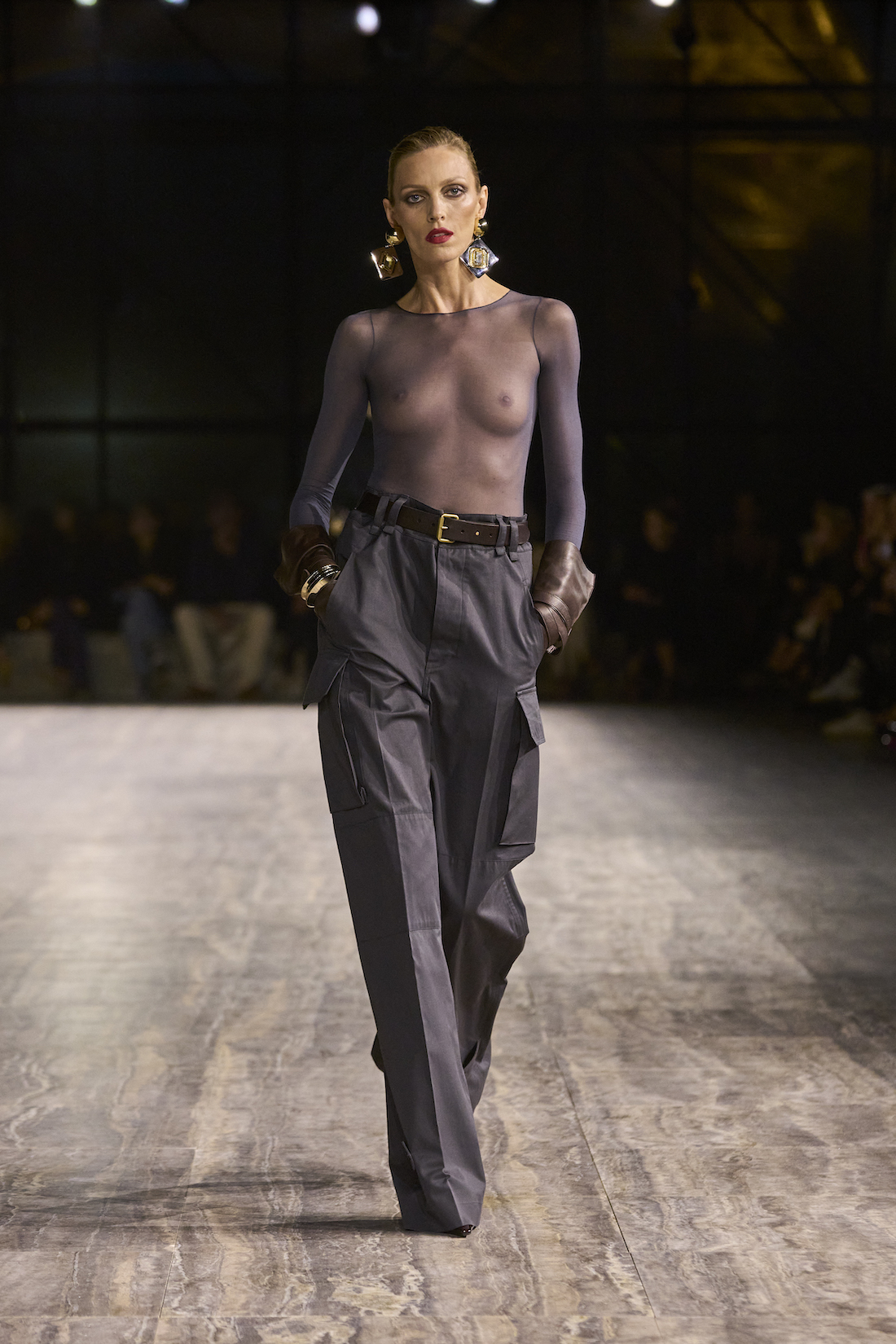
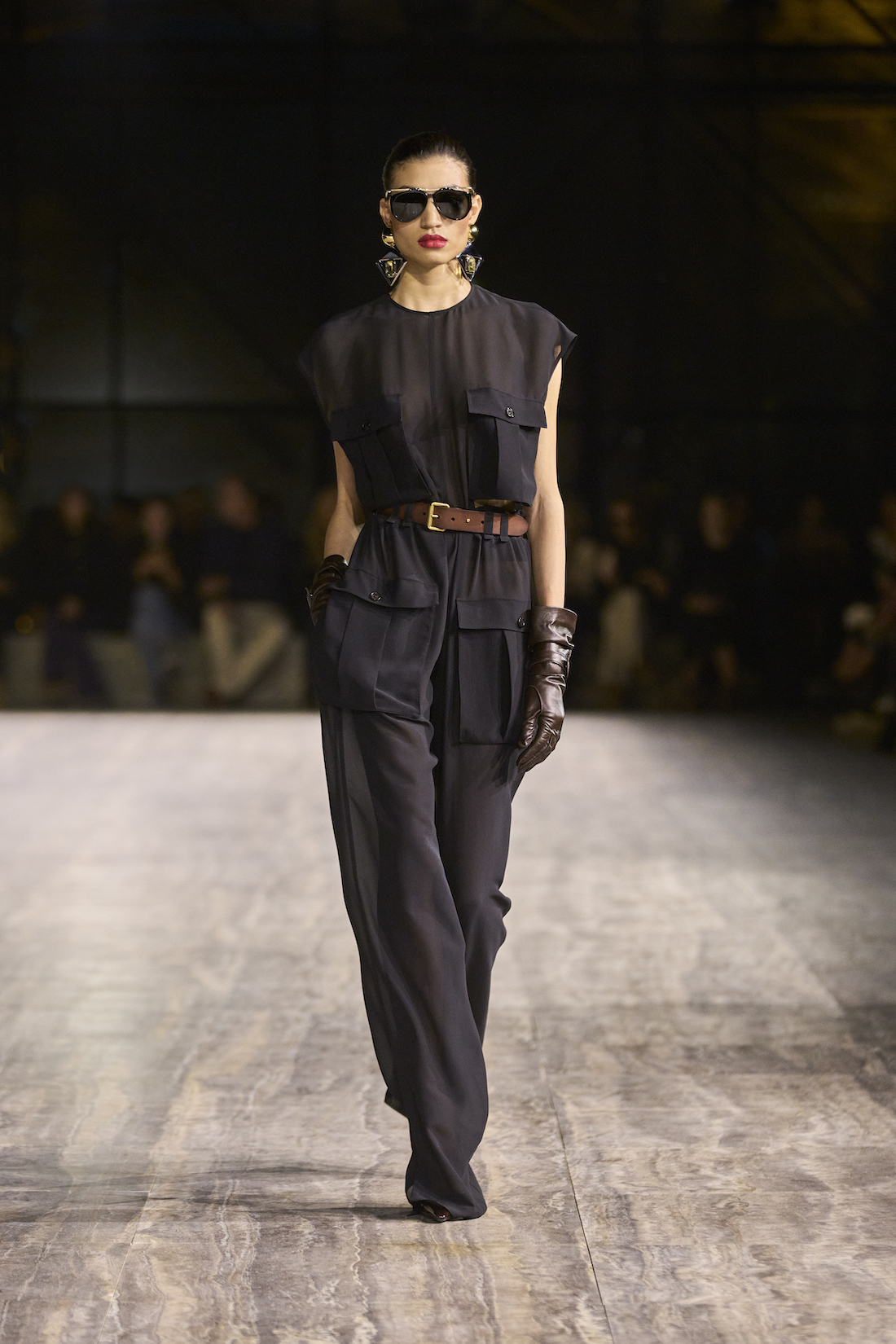
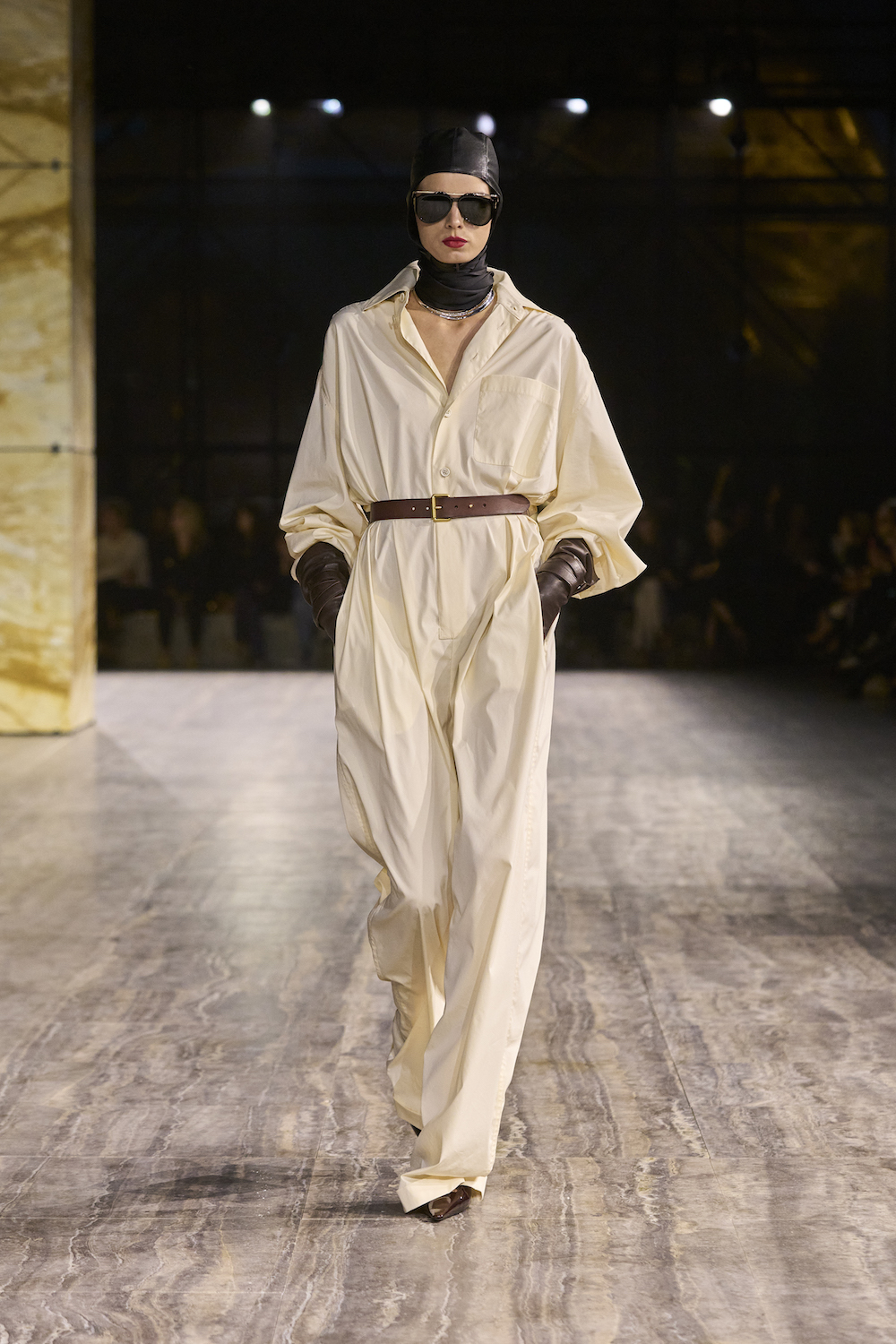
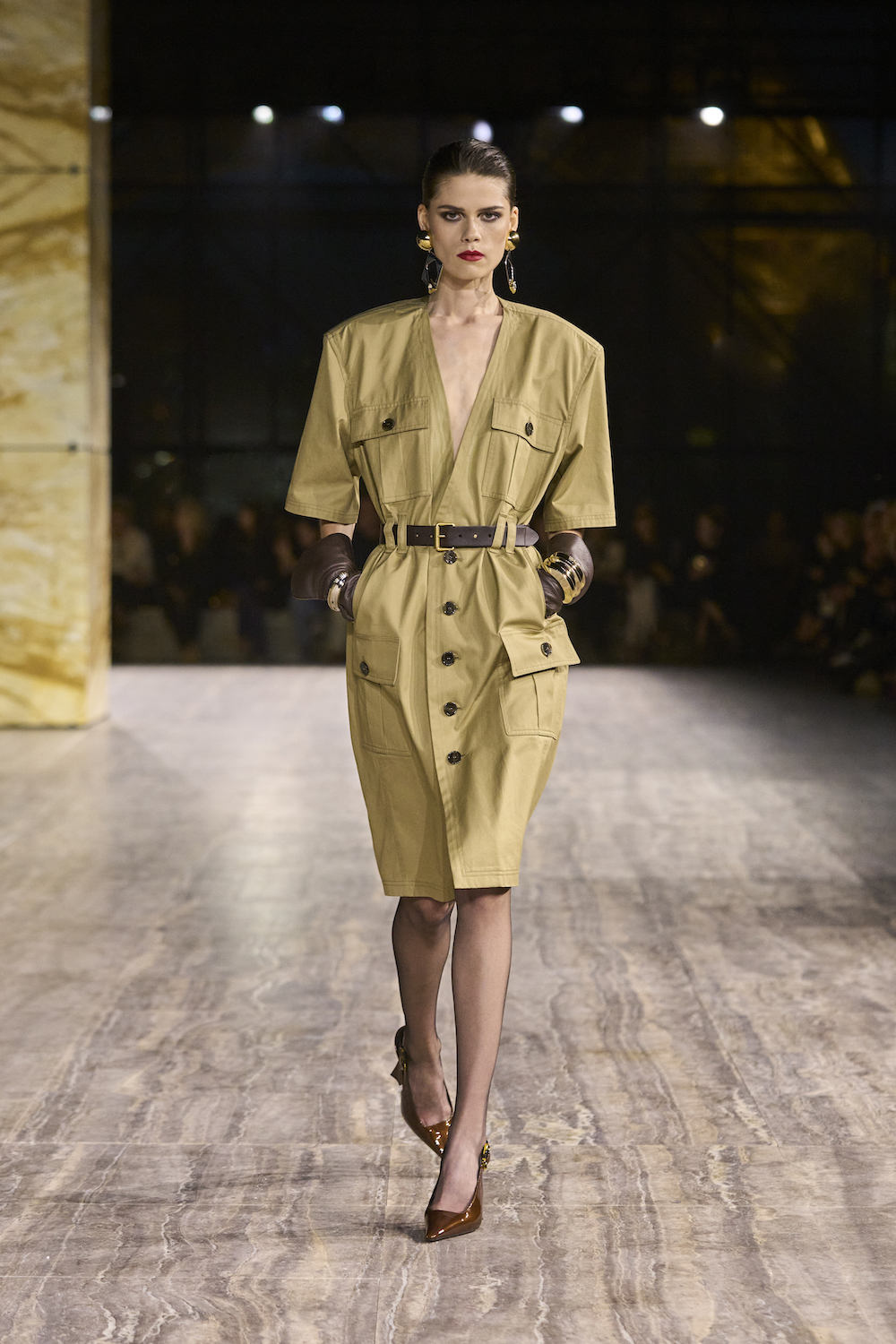
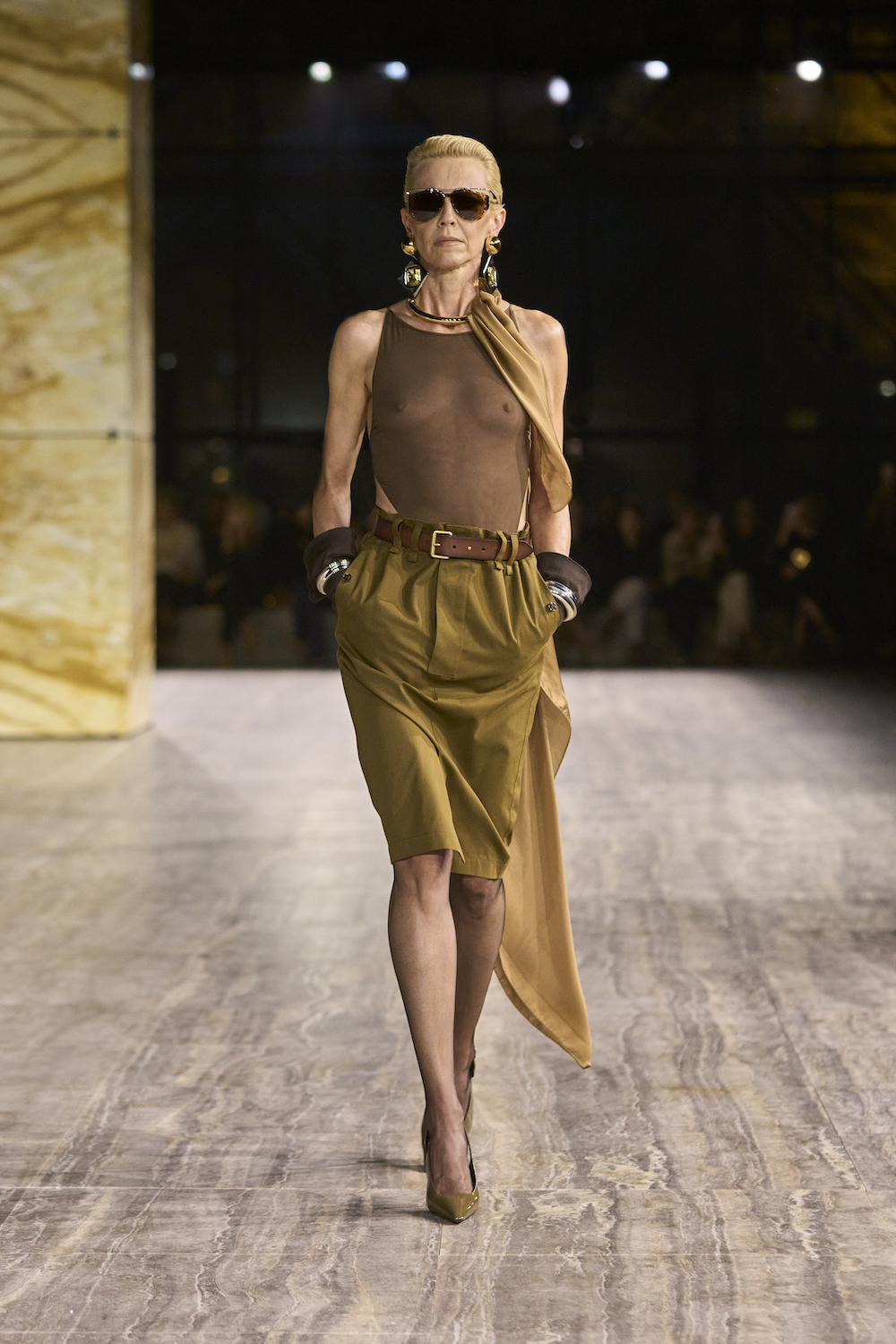
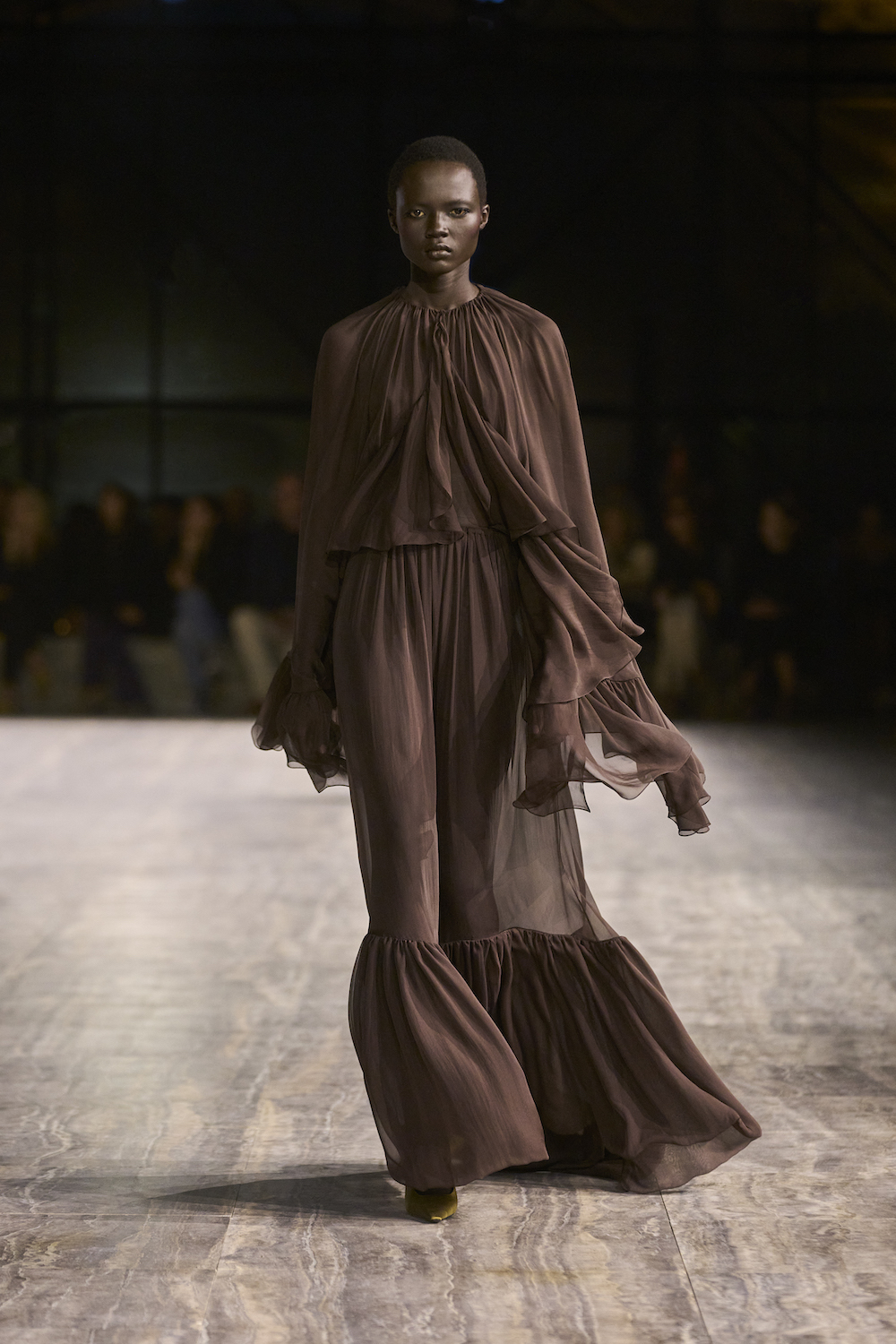
Images courtesy of Saint Laurent
Honest, unpretentious and hardly plain was Anthony Vaccarello’s outing for Saint Laurent, punctuated by a pragmatic simplicity that fed a slouchy silhouette unlike past seasons. Culling inspirations from the likes of Amelia Earhart, Adrienne Bolland and other pioneering women at the vanguard of change in a territory secularly dominated by men, Vaccarello’s “assertive sophistication” came to the fore through extra-long boiler suites that felt extravagantly humble and sweetly charming in equal measure. Other standouts included skin-tight, sheer toppers in dusky tints teamed with ruched dresses that were nothing short of exquisite. All of this sweetness was also conveyed in Undercover’s latest offerings, which brought forth the (very) surprising dimensional experiments of light and life, which came through a gamut of greenhouse gowns with live butterflies.
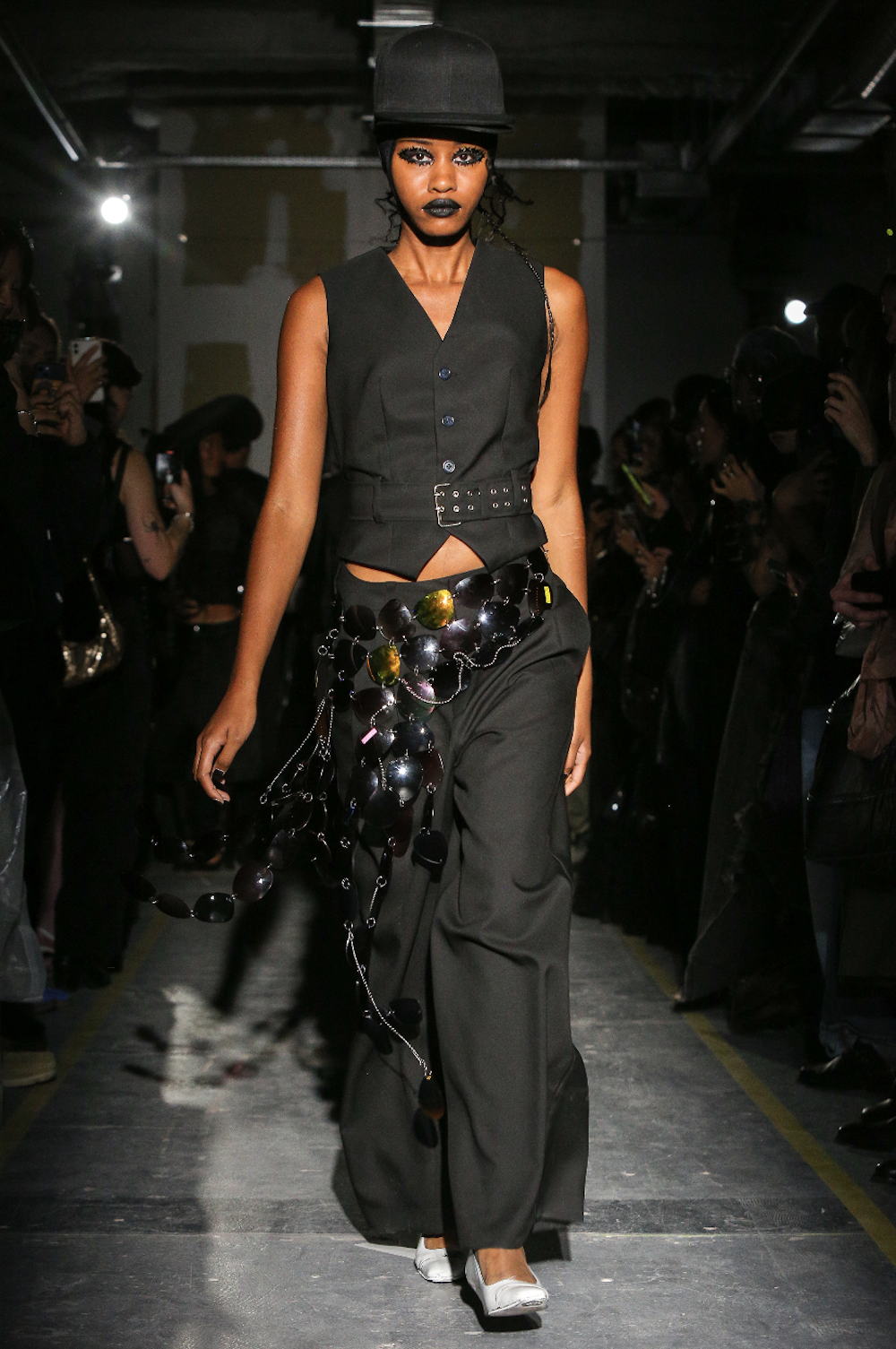

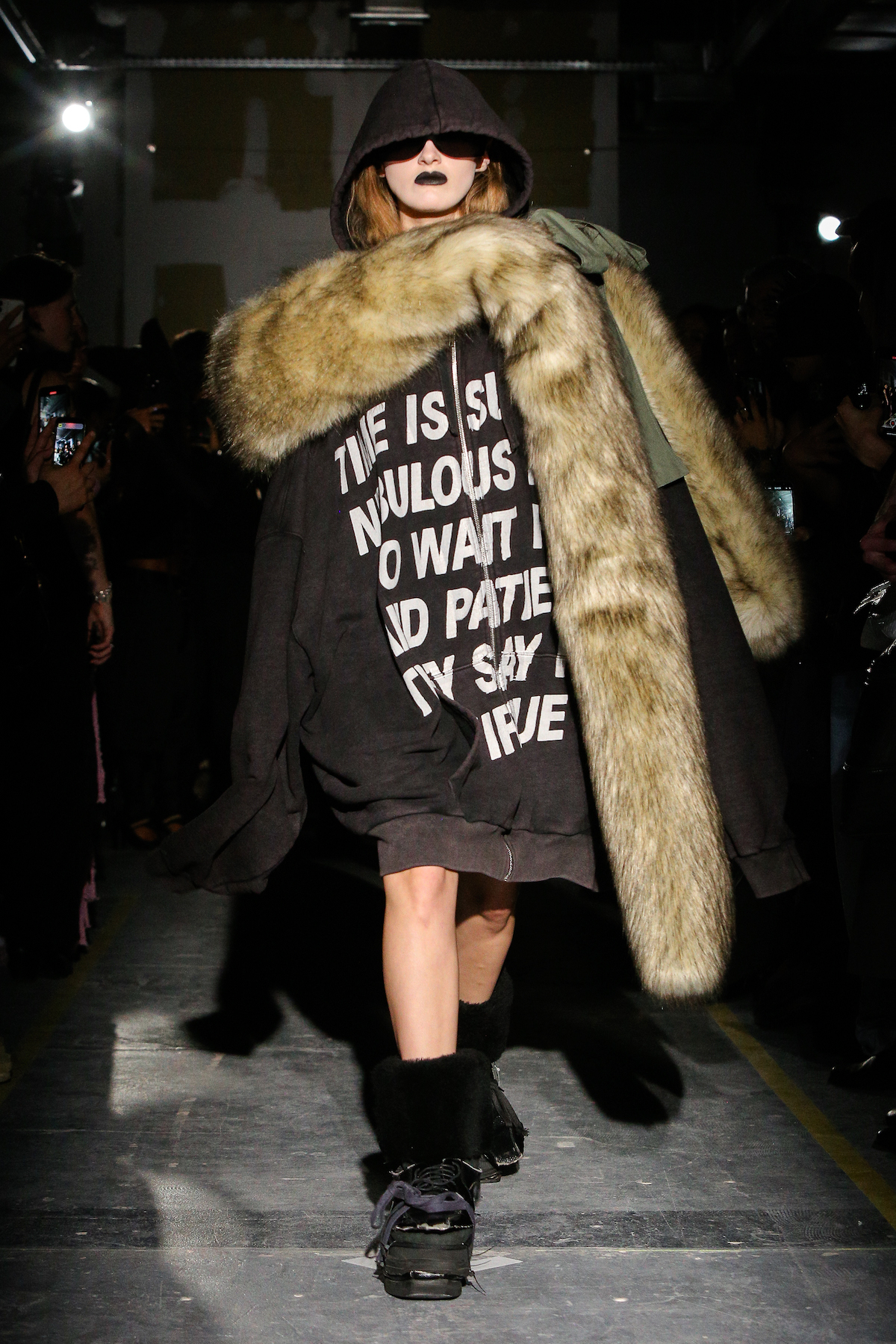
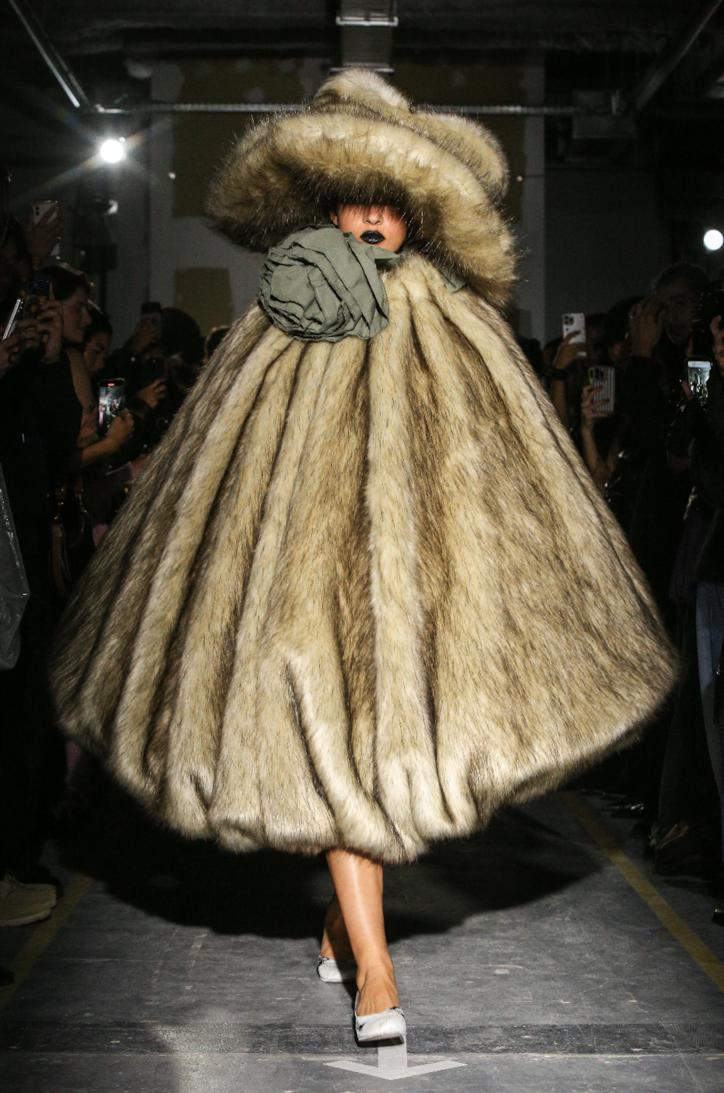


Images courtesy of Vaquera
Ditto, at the heyday of fashion one needn’t have questions nor fear of compromise, and Vaquera’s edge veered towards a no-nonsense approach that spoke volumes on the state of our times: giant tees, maxi logos, stacked caps, slingshot shapes and aviator shades featured aplenty, conferring a beach-to-club sexiness that democratizes a certain Y2K appeal.
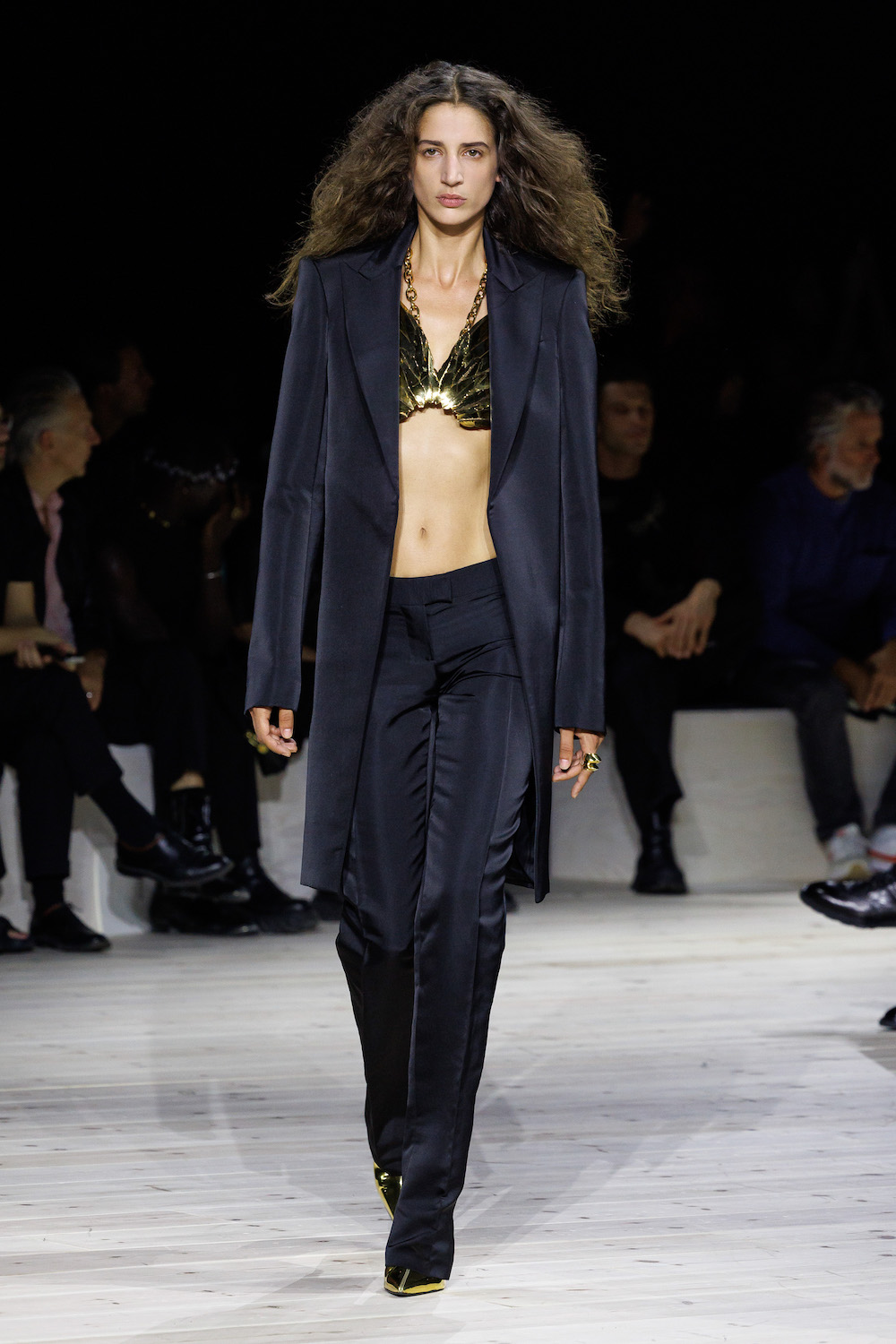
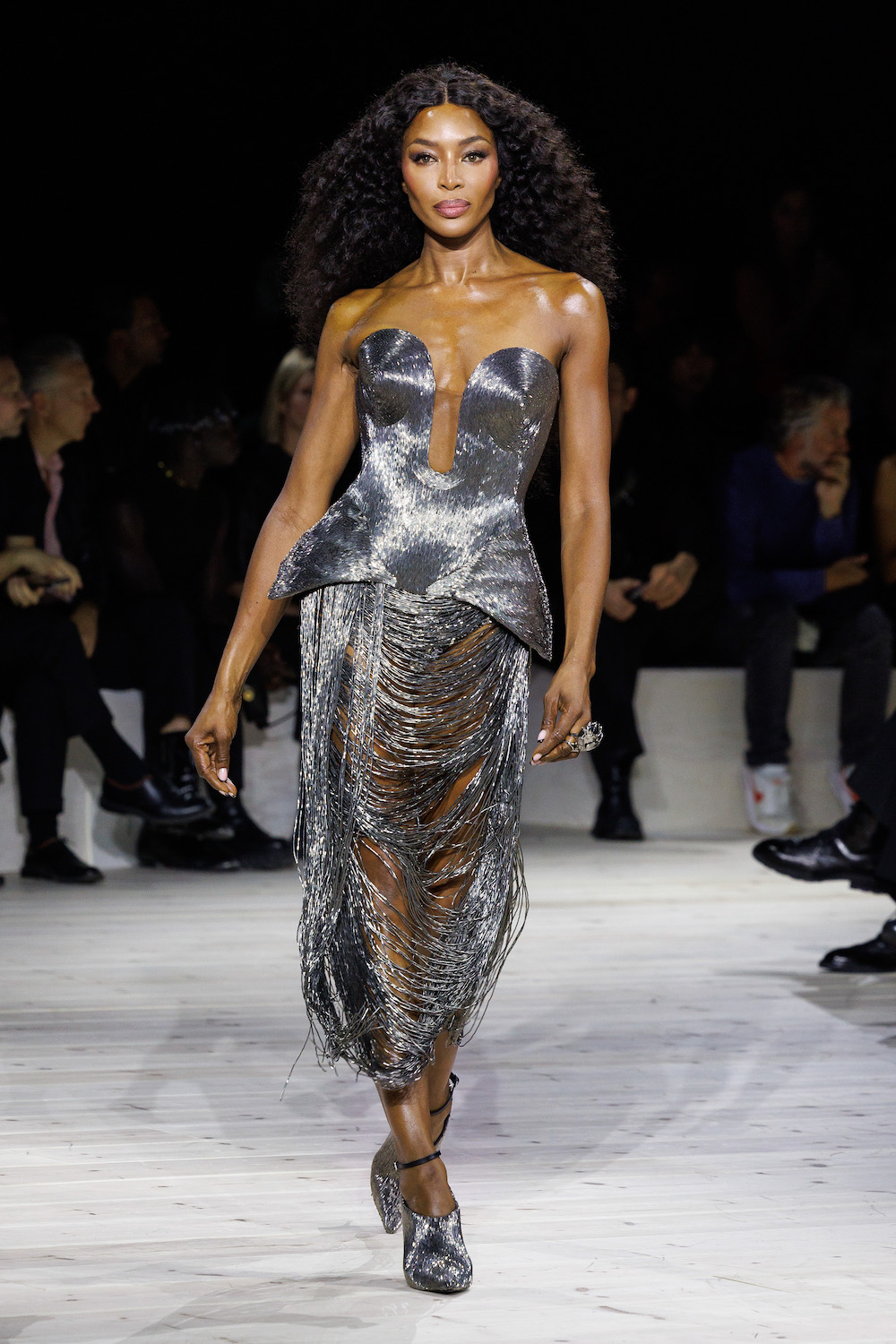
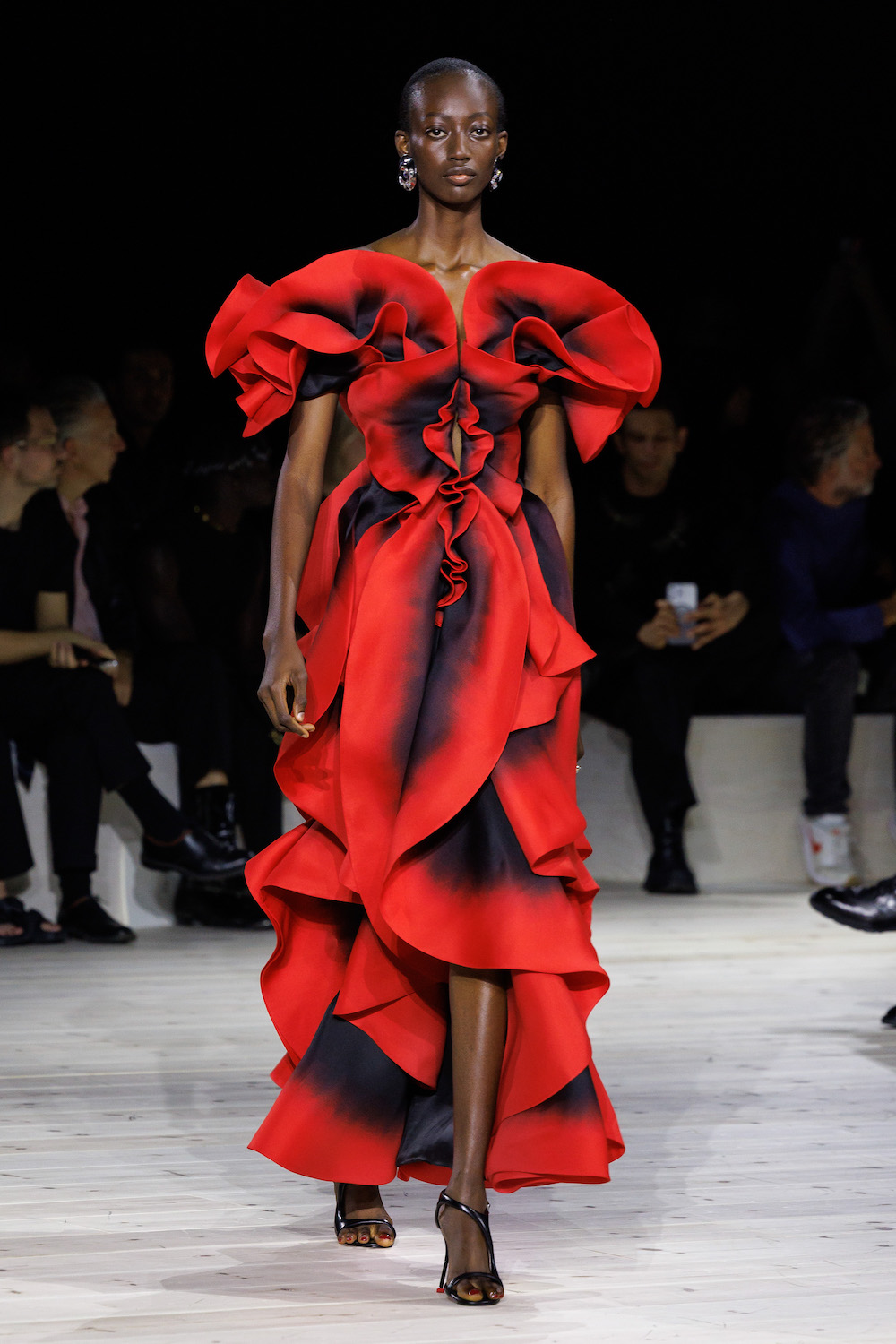
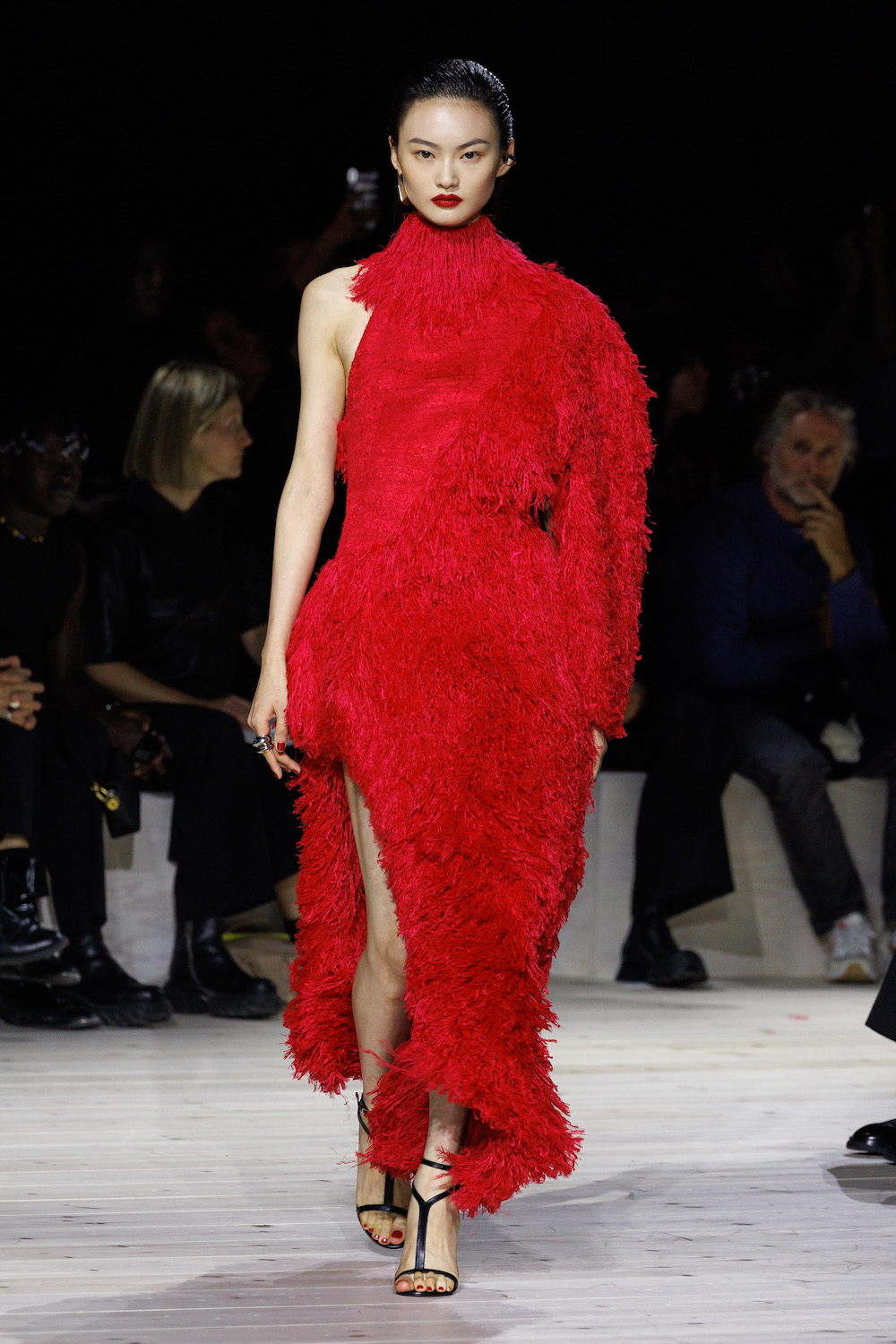
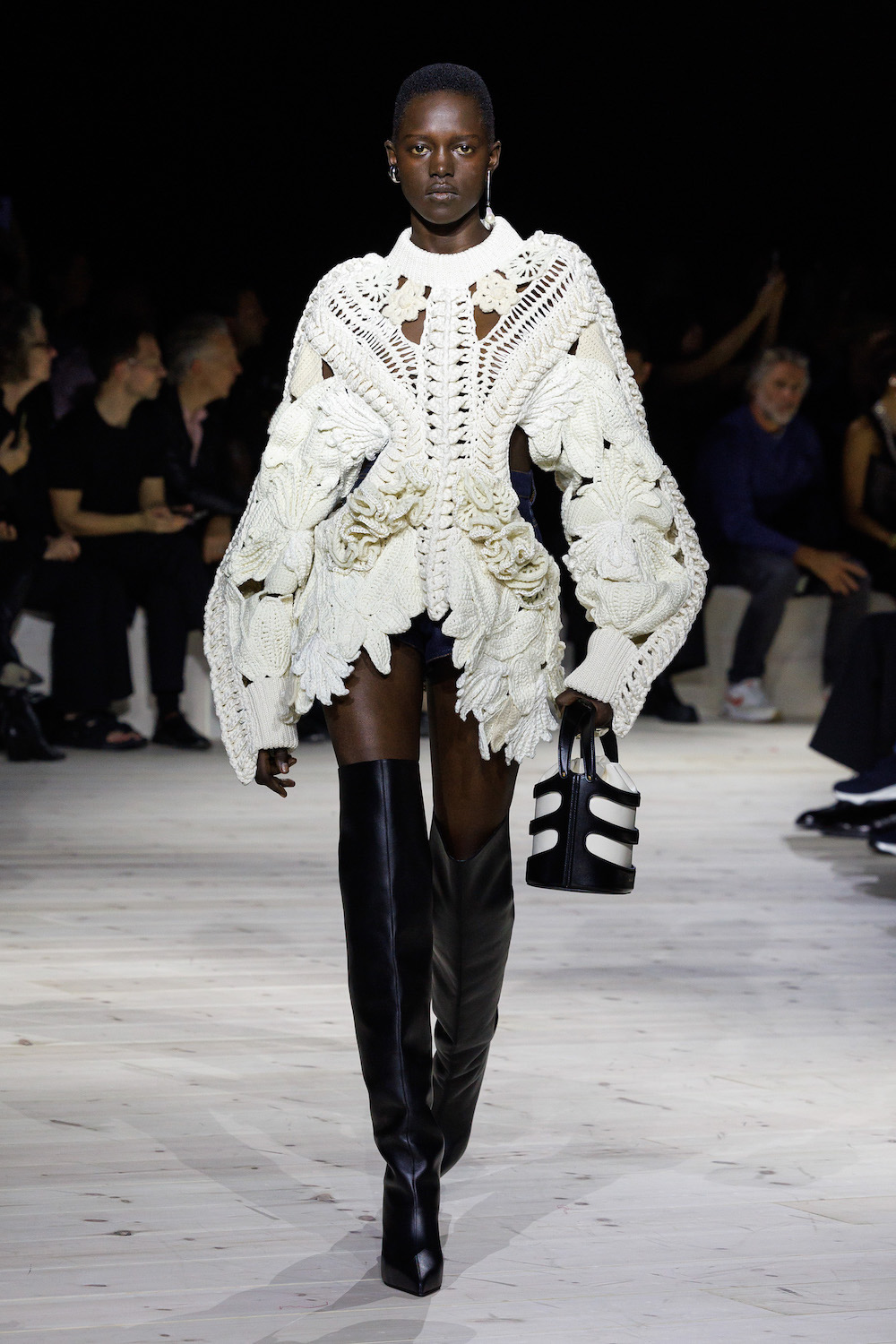

Images courtesy of Alexander McQueen
And while Spring found many designers rejecting structured ease for a freewheeling approach, Sarah Burton’s collection at Alexander McQueen conquered a grandiose final bow before her exit from the British house. Burton took her position of craft connoisseur to elevate female anatomy, dedicating this show to “the late Lee McQueen who always used his position to empower women, alongside their talent, loyalty and passion.” No sophomore slumps here—Burton’s collection oozed a palpable looseness mixed with a sense of grace that felt neither too uptight nor too “done.” Which is to say, in a world where poor technicalities are increasingly commonplace, the eager pursuit over those pristine cuts ought to settle one’s worries; particularly when a skilled designer proves to win the race. But that isn’t too difficult when clothes are lovely and easy to wear.
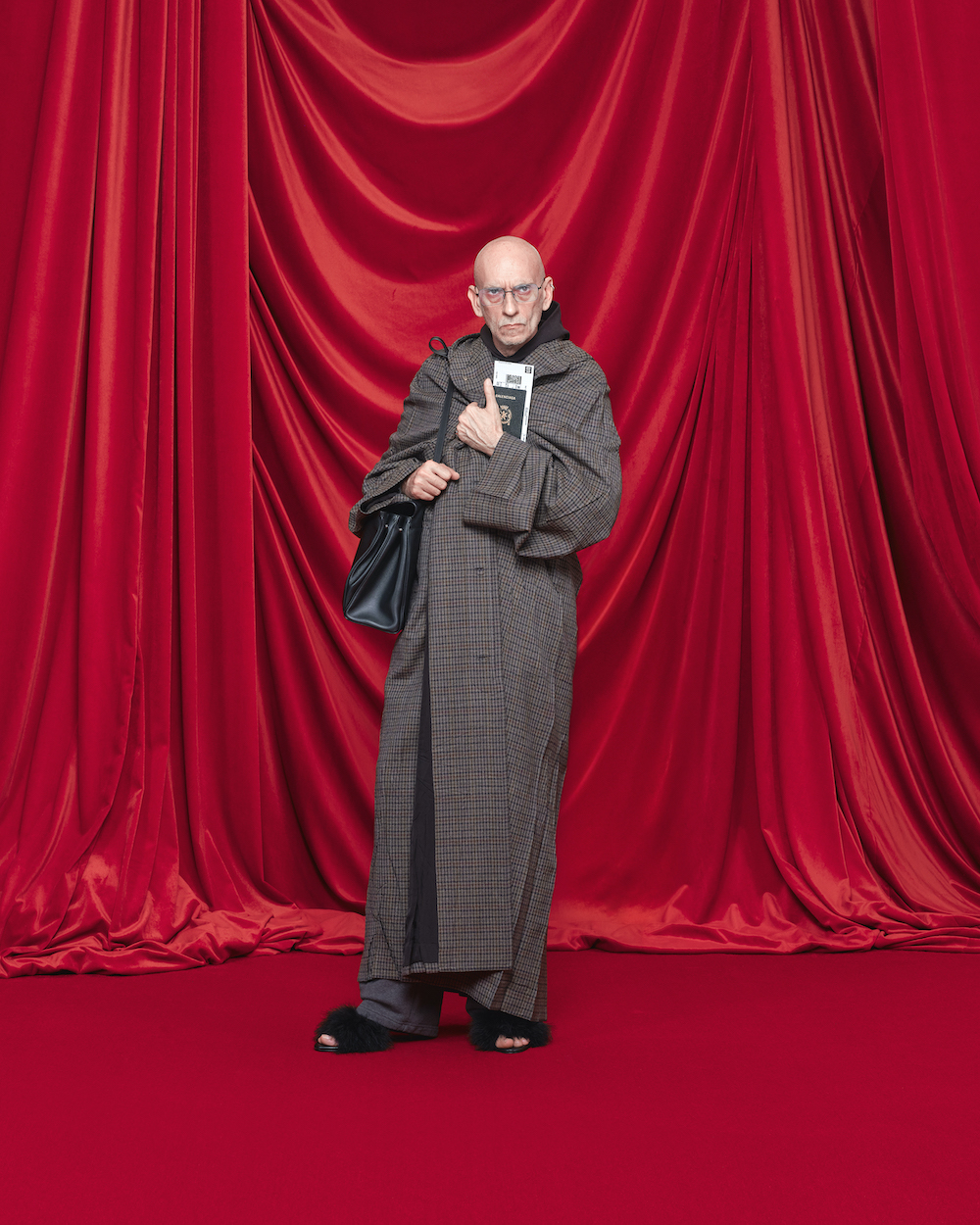

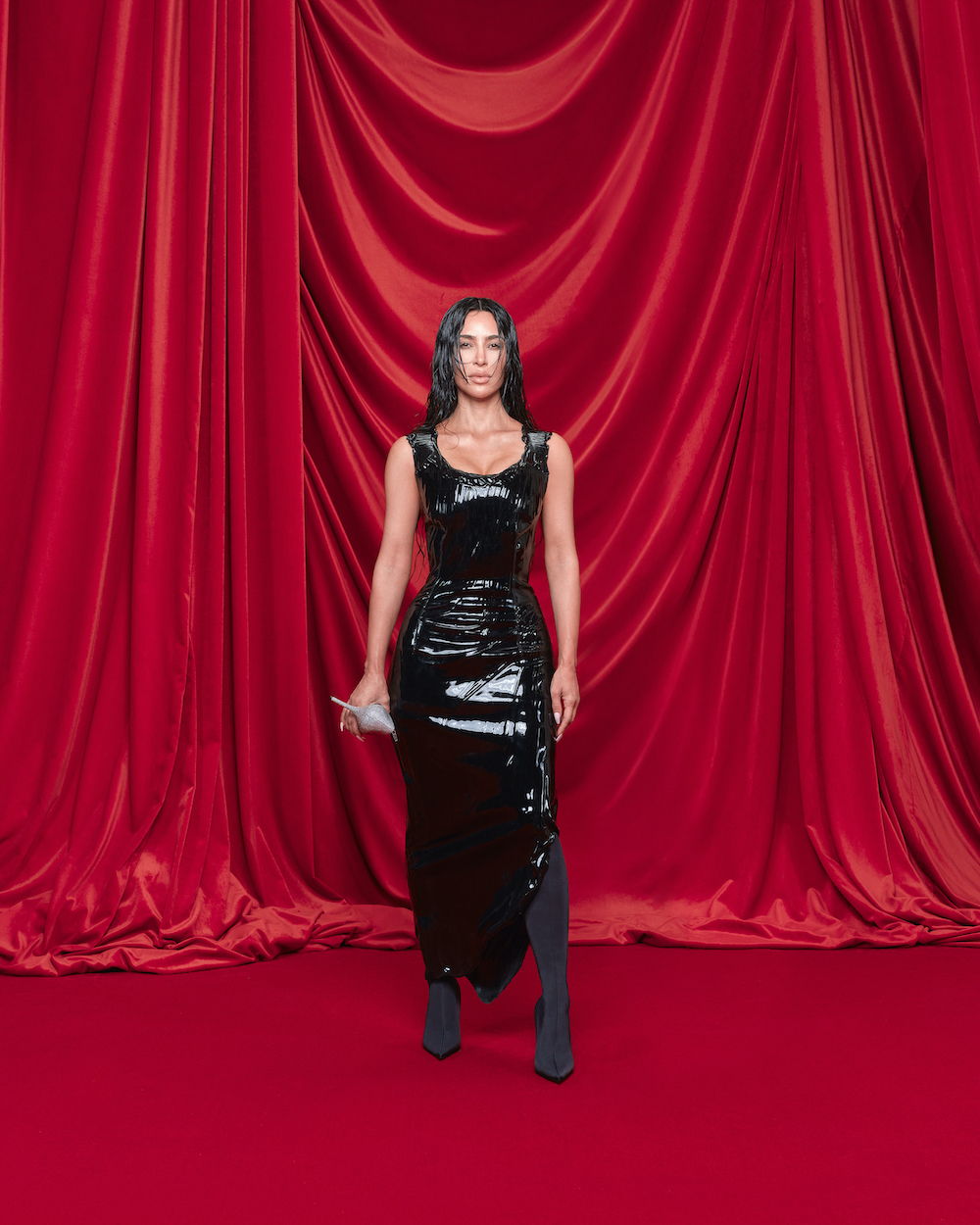

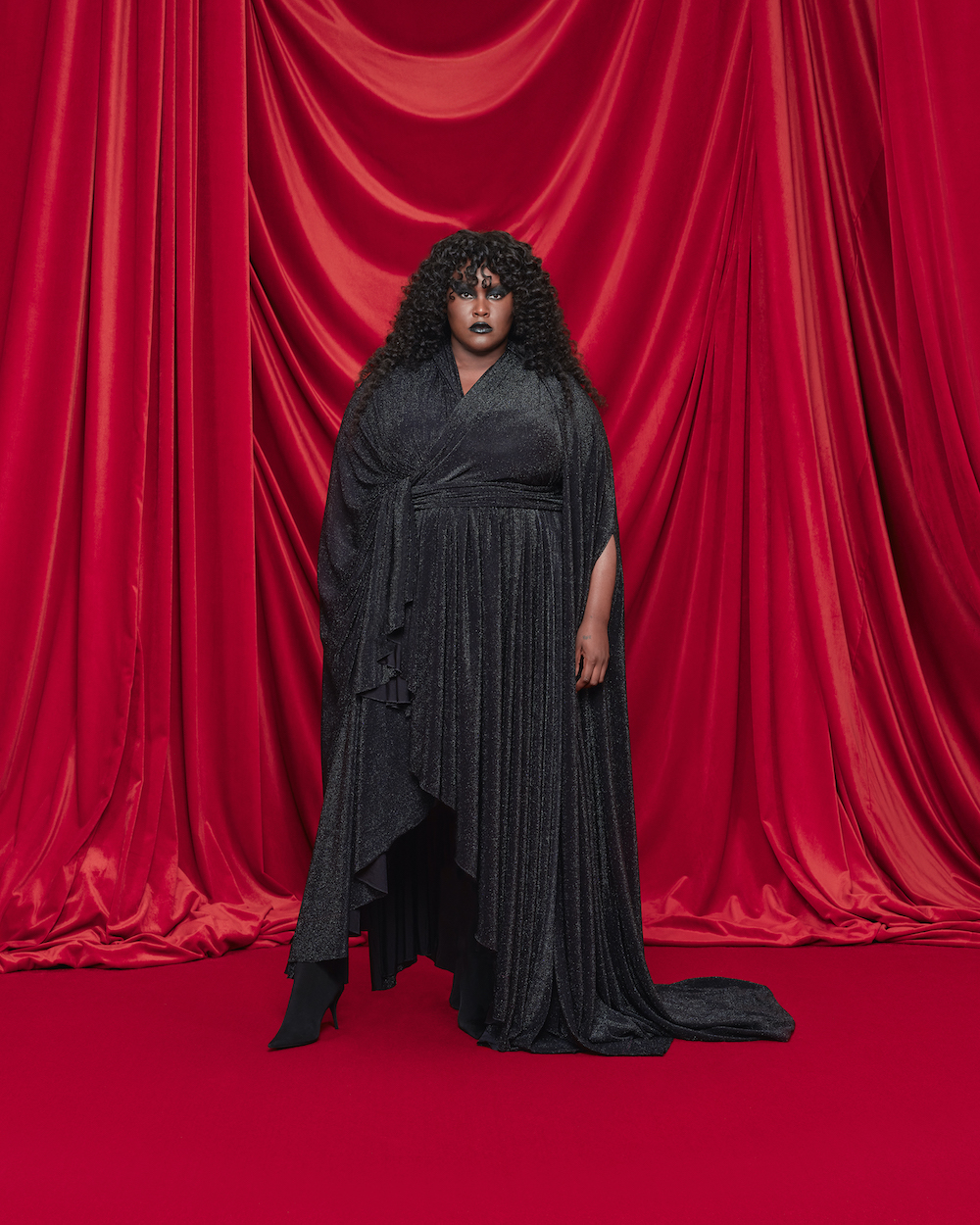

Images courtesy of Balenciaga
Put simply, Demna’s Spring proposal for Balenciaga is composed by a careful scrutiny of classic pieces in beautiful fabrics with clever design tweaks, such as flattened, straight shoulders without shoulder pads and added creases, making for sharp tailoring. So far, so good. But there’s more to the story. “There is personal resonance in this show,” opined Demna, pointing to this season as a reflection of his world, where the identities that comprise his community arise. As for the references? Enough for dozens, if not hundreds, of collections to come.
Many, truly speaking, were compelling at Valentino. But the emphasis on sartorial performance — which, for the Maison’s Creative Director Pierpaolo Piccioli, links to an emblematic emancipation of the body, nudging to the subtle art of conceal and reveal — is a representation of freedom and humanity. It can be liberating to leave a classic ensemble behind, eschewing all notions of tradition; which may explain how Piccioli shuffled the bold silhouette and opted for thinner and finer kinds.
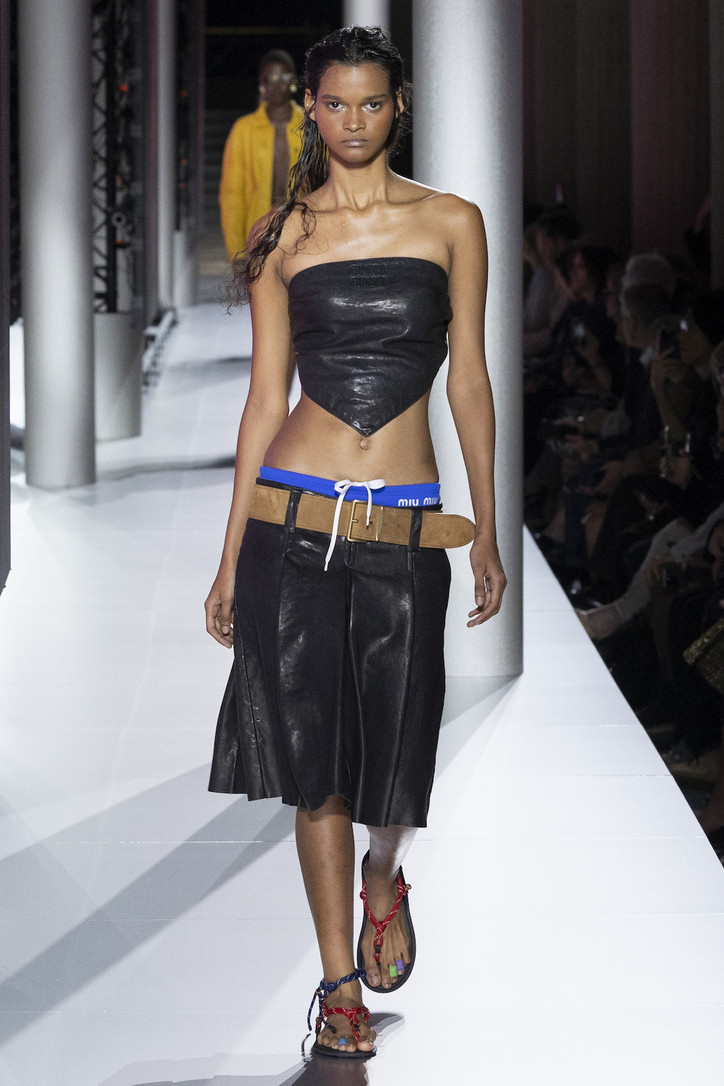

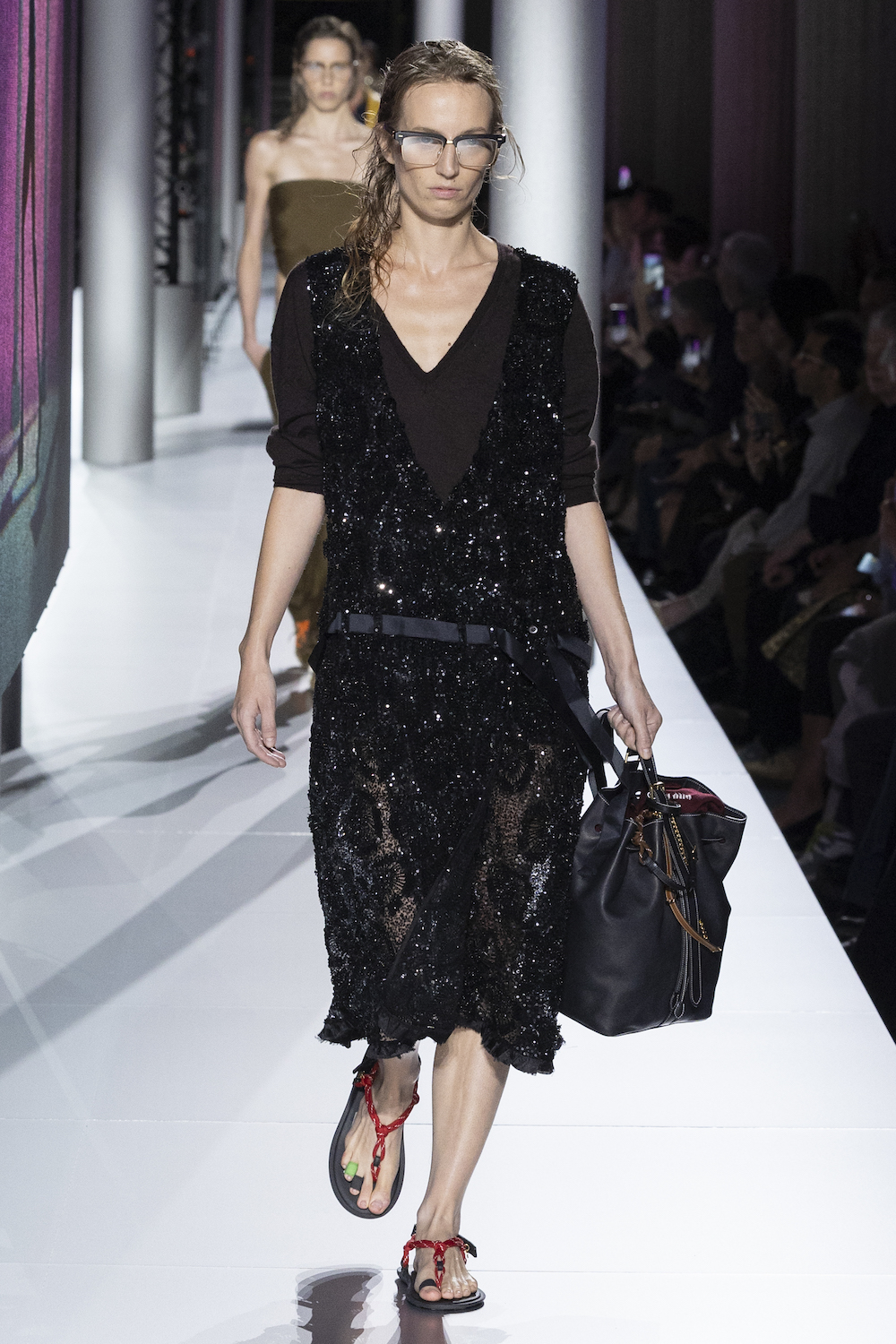
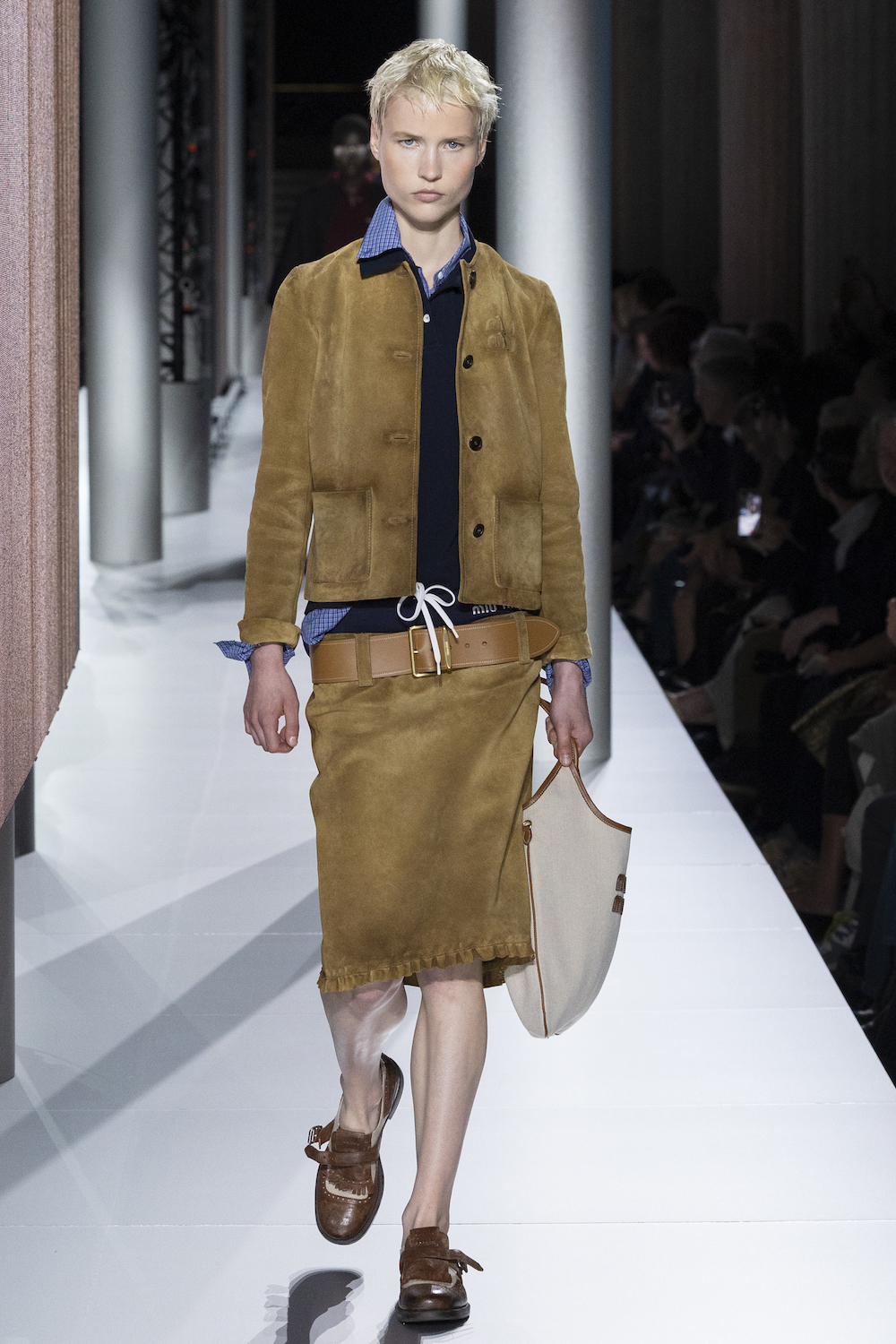
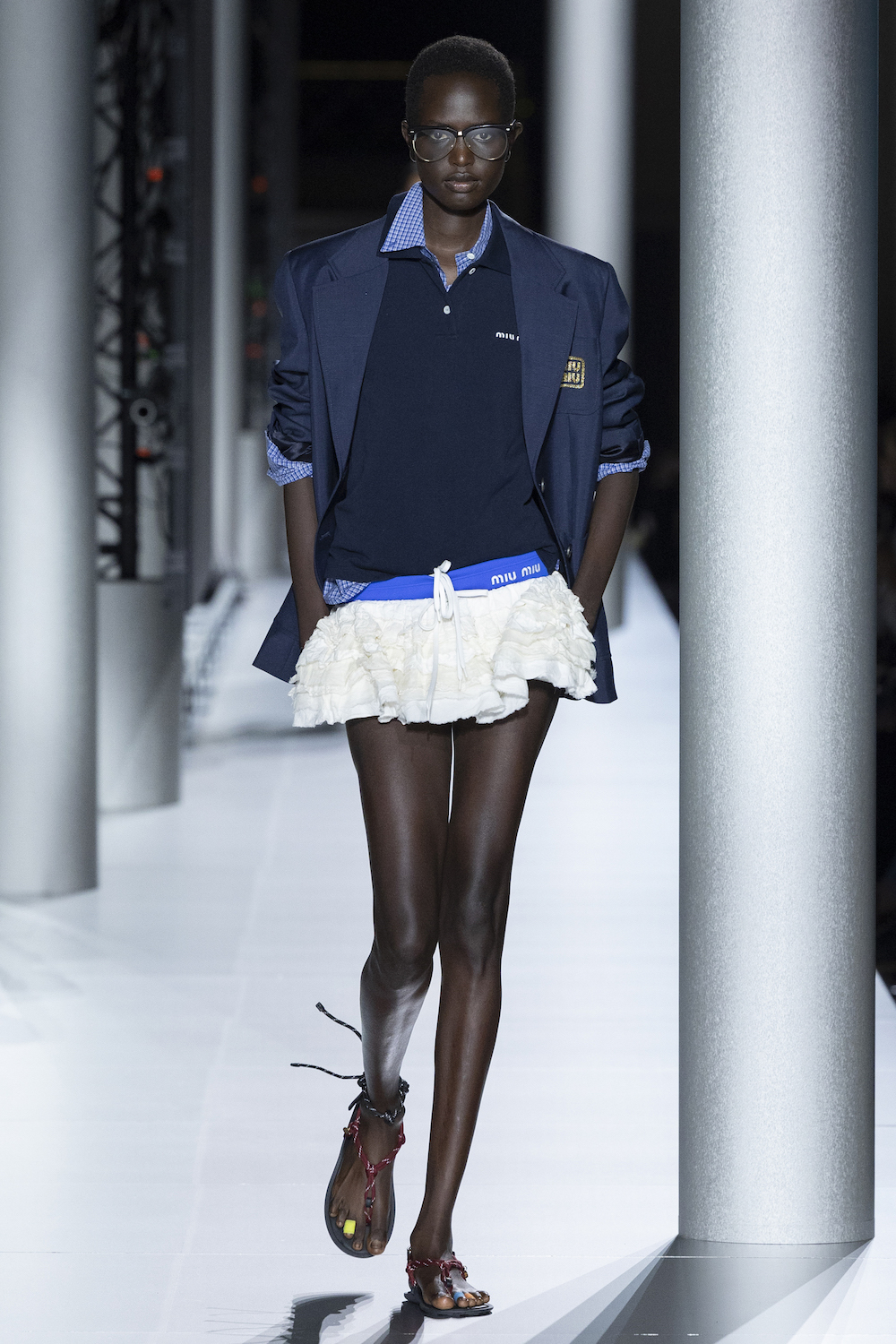
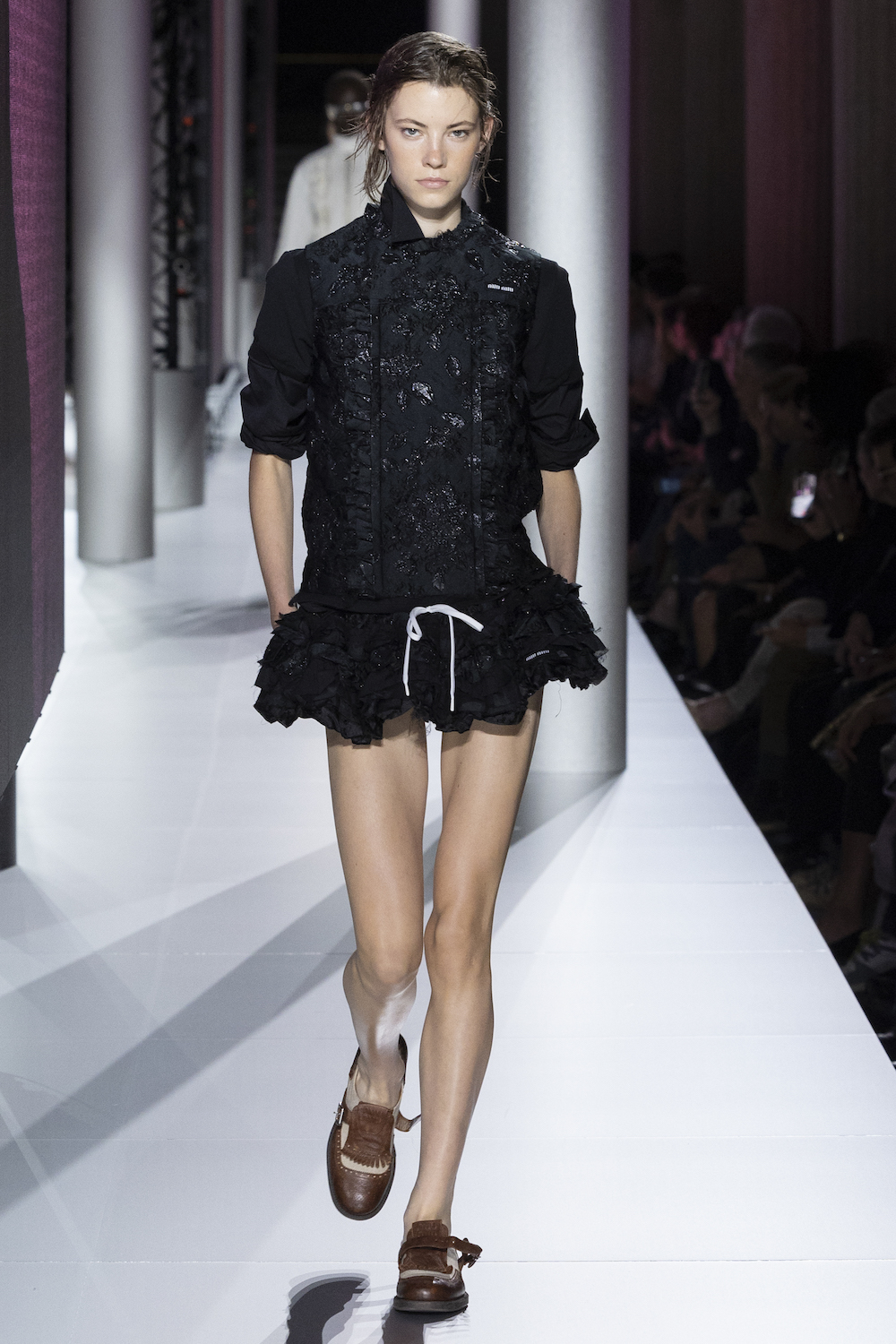
Images courtesy of Miu Miu
At MIU MIU, garments looked invitingly pleasing to wear: tasteful as they can be, the brand revisited the archives to re-evaluate memories of the past into fresh perspective, turning up on the volumes and garnering a slouchy verve. Essentially, the idea led to earthly color-blocked tailoring for Spring, which also referred to the show’s setting designed by Qatari-American artist Sophia Al-Maria, who imagined a landscape of technological ruins, a history invented inside the Palais d’Iéna created in collaboration with OMA. Al-Maria’s work, Gravity & Grace, depicts a confrontation of reality and fantasy: exploring the meaning of storytelling, through the history of humanity to today.
All in all, to balance all the aforementioned factors with the clarity of a vision means adapting to an ever-shifting perspective that holds a resonance to a specific time. And despite the commercial realness juxtaposed with a dose of smart essentials, the Spring shows (just about) made up for thought-provoking and exciting fashion.
